Creating a world-class smile that grabs attention and makes consumers feel proud and confident is a superpower only orthodontists have. People are always looking for what’s new in orthodontics to embrace quicker, easier and more affordable ways to correct their smiles. Improving healing time and effort are critical factors when a consumer considers orthodontic treatment.
Orthodontists must stay abreast of the latest orthodontic industry trends to ensure they can offer their patients a wide array of possible options. By keeping your practice up to date, you can continue to satisfy patients’ needs and keep them from seeking treatment elsewhere. With the world of dentistry evolving so rapidly, it’s vital to be on top of your industry. A couple of new trends in orthodontics include advanced traditional braces, Invisalign, digital imaging and smile planning and temporary anchorage devices. Let’s explore these a bit further to help you learn what they are all about!
Advanced Traditional Braces Treatment
Traditional metal braces are still one of the most commonly requested orthodontic treatment options, as they provide reliable results with an affordable price tag. However, braces have advanced to become an even better treatment. In the past, braces always involved attaching metal brackets and wires to a patient’s teeth and pulling their smile into alignment by tightening the wire periodically. Historically, this slow, painful process didn’t leave much room for customizability or comfort.
Metal braces are now even more comfortable, customizable and lightweight than ever, making traditional braces seem like an easier, more affordable treatment. Orthodontists have improved new braces technology with ceramic braces, temperature-adaptive copper-titanium and nickel wires, self-tightening brackets and an assortment of colorful and discreet designs to suit patients of any age. As we see how far braces have already come, it’s not too challenging to imagine how they will continue improving over time, straightening and correcting teeth sooner than any other treatment option.
 Invisalign
Invisalign
Invisalign trays received FDA approval in 1998 and hit the market shortly after that. Invisalign is another method of moving teeth into place and creating the beautiful smile patients have always dreamed of. While traditional braces use fixed wires to pull teeth into alignment, Invisalign uses a series of customized molds to force teeth into their new and improved position over time.
Invisalign has become a popular choice for patients seeking orthodontic solutions that are virtually invisible to other people. The treatment is also convenient, as people can remove their clear plastic trays from their mouths before eating or drinking and put them back in afterward. The Invisalign process is substantially shorter than the usual treatment period for traditional braces, ranging from six to 18 months. The cost is also appealing, as they are not much more expensive than conventional metal braces, and health insurance companies are increasingly covering these prices.
Invisalign is ideal for teens and adults, as it is flexible and still achieves the desired results within a shortened timeframe.
Digital Imaging and Smile Planning
Digital imaging and smile planning has also seen a massive increase in popularity since this technology’s launch. Orthodontists use this tool to digitally design and modify patients’ smiles before beginning any orthodontic treatment to give them realistic expectations for what their results will look like.
With this software, you can create a 3D version of each patient’s mouth and adjust it according to their face shape and desired appearance. Take your orthodontics to another level and set your practice apart from your competitors by assuring satisfied customers before ever starting their treatment process.
Temporary Anchorage Devices
Some dental procedures need a fixed point to push against to achieve the desired results. Temporary anchorage devices (TADs) are a new orthodontic technique consisting of a titanium alloy paired with a small, screw-like dental implant. An orthodontist will affix a TAD to their patient’s jawbone to help move their teeth by creating an anchor point to pull from. These anchors help move teeth more quickly, efficiently and comfortably during orthodontic treatment.
TADs can also prevent malocclusions and help guide jaw growth in teens. As the name suggests, you can usually remove a TAD after your patient achieves their ideal outcome.
TADs are not painful for the patient, as there are no pain receptors in the jawbone. First, you will apply a topical analgesic to your patient’s gums to numb the oral tissue, then insert the TAD.
TADs require minimal maintenance. Generally, patients should brush them twice daily with a soft toothbrush dipped in an antimicrobial solution.
 Grow Your Dental Practice With ProDentUSA
Grow Your Dental Practice With ProDentUSA
The field of orthodontics is growing and developing every day, as new technology and methods supplant conventional ways of doing things. Traditional metallic braces should continue to hold their place as the leading orthodontic treatment, while other products like Invisalign and ceramic braces are becoming more sought-after among patients who don’t want other people to notice their dental work. More orthodontists are helping their patients become excited about beginning their orthodontic treatment plan with digital imaging and smile planning. With new advances and technology such as TADs, who knows where orthodontics will be in the years to come?
Keeping your finger on the pulse of these current trends in orthodontics is vital if you want to continue staying ahead of your competition. New processes and technologies can keep your practice one step above the rest and maintain relationships with your valued clients. For the highest-quality dental equipment and instruments, contact ProDent USA and align your tools with your treatments.

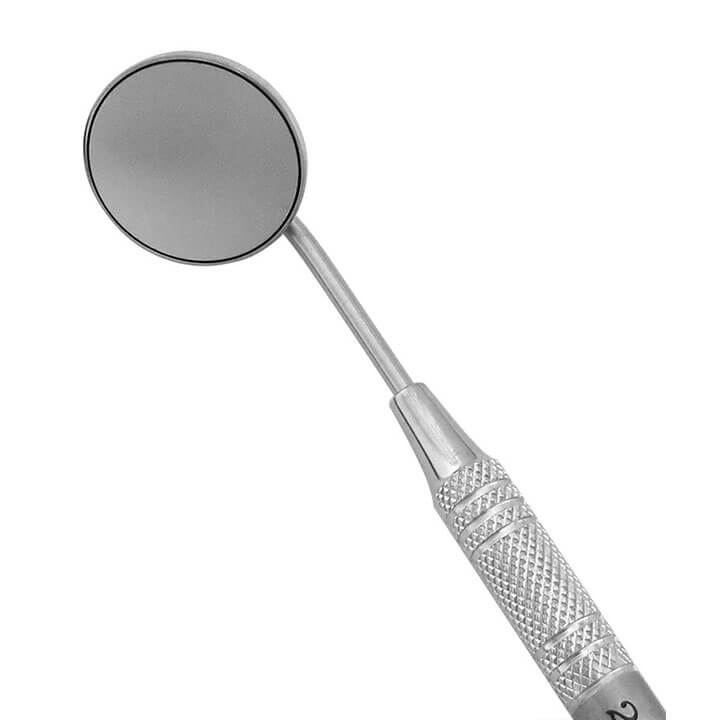
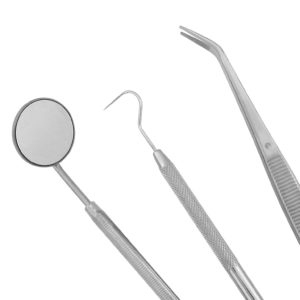
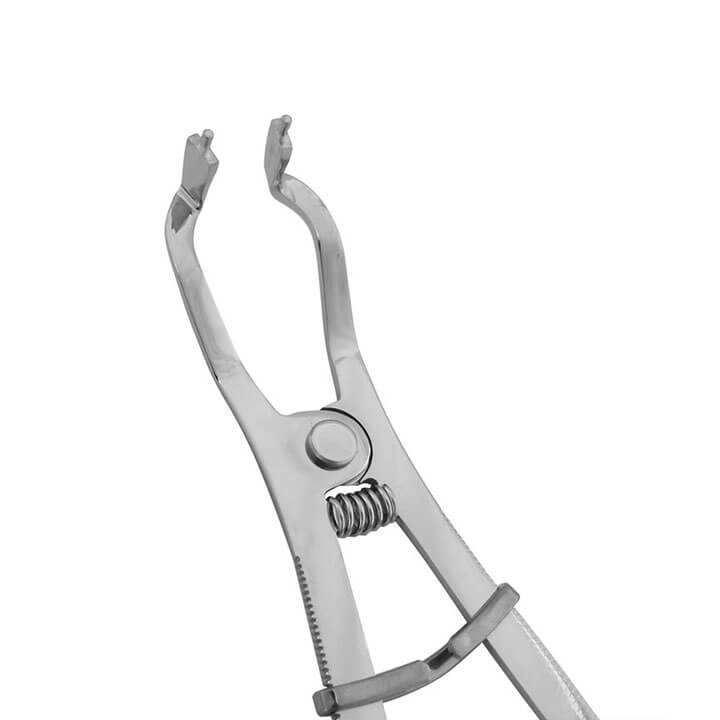
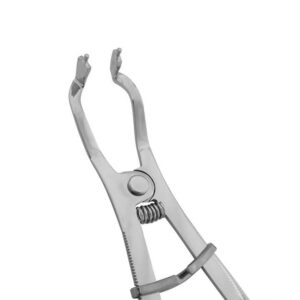
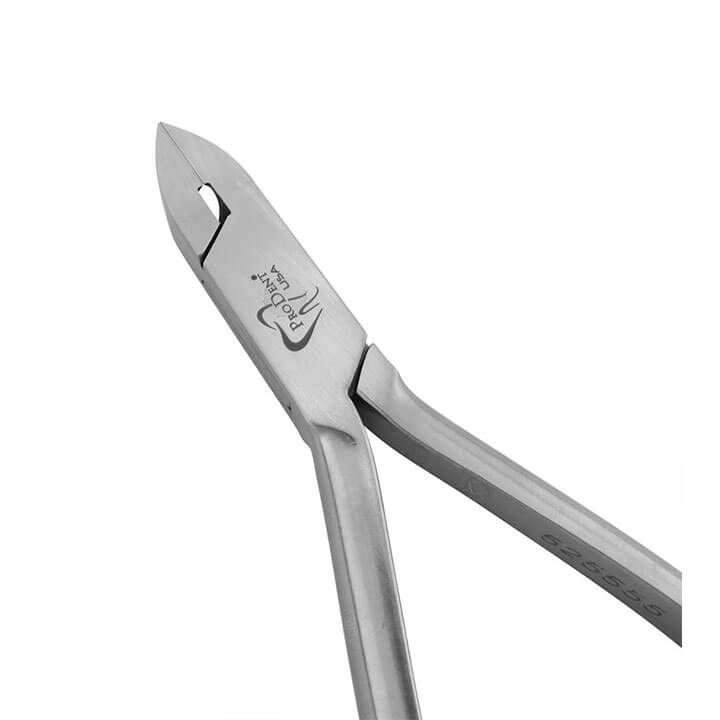
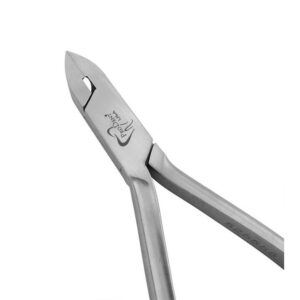
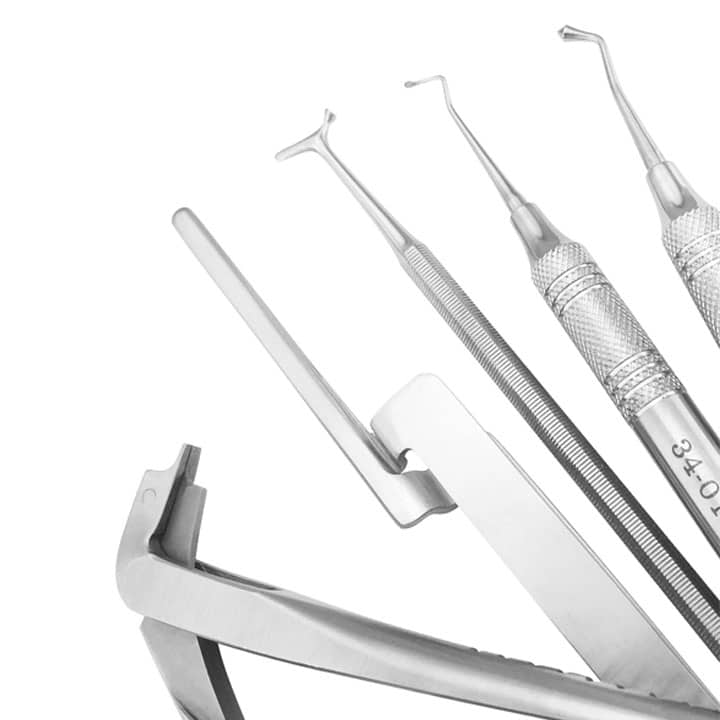
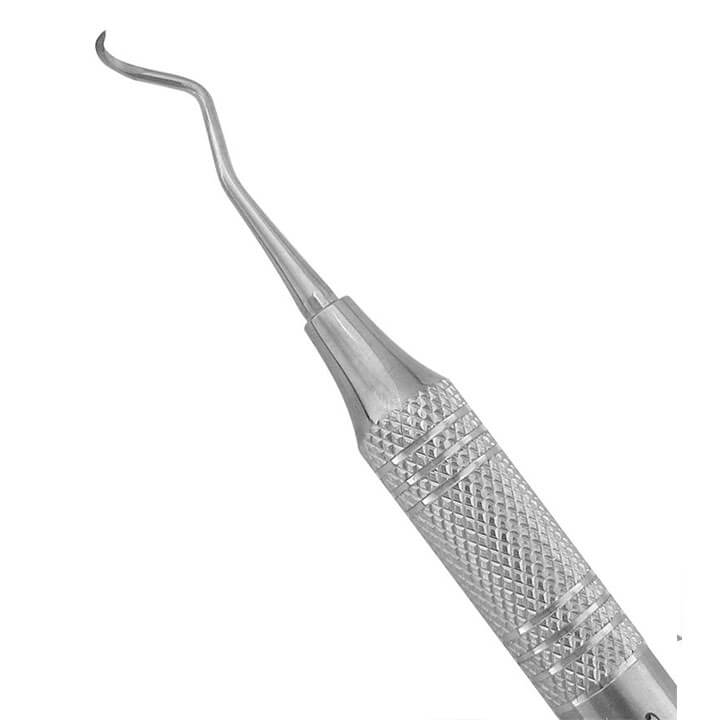
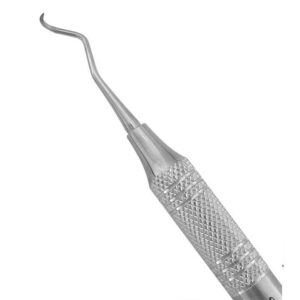
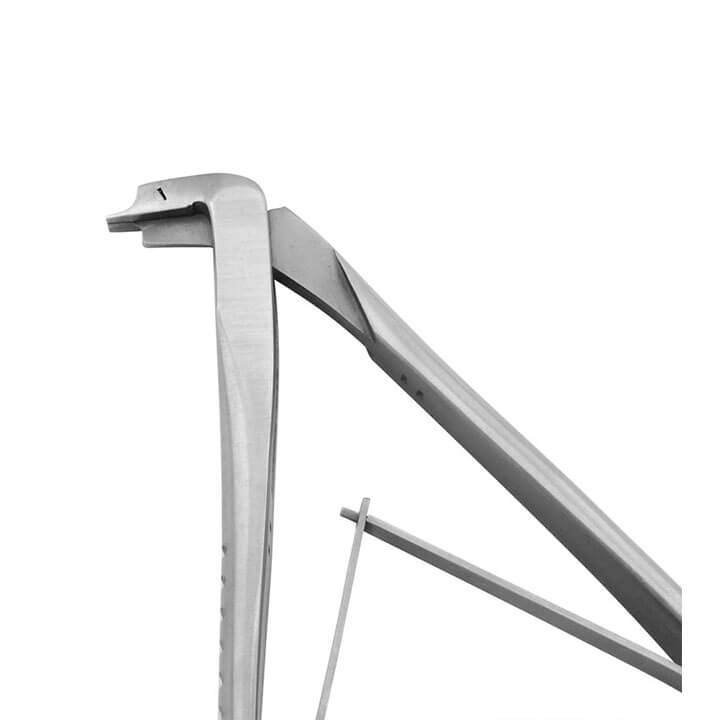
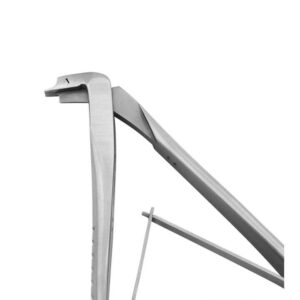
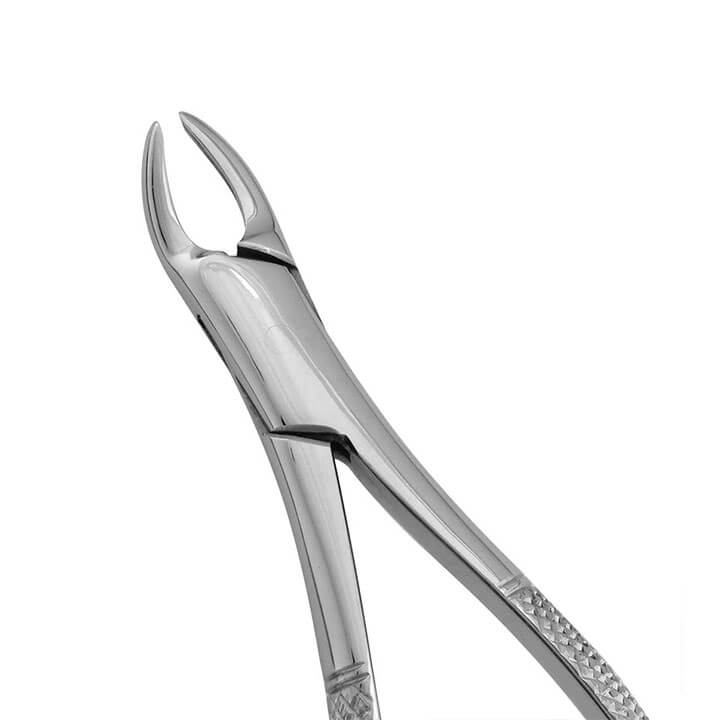
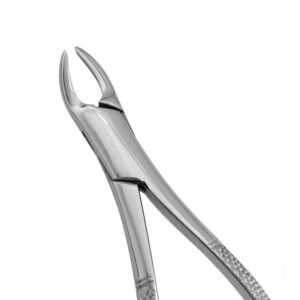

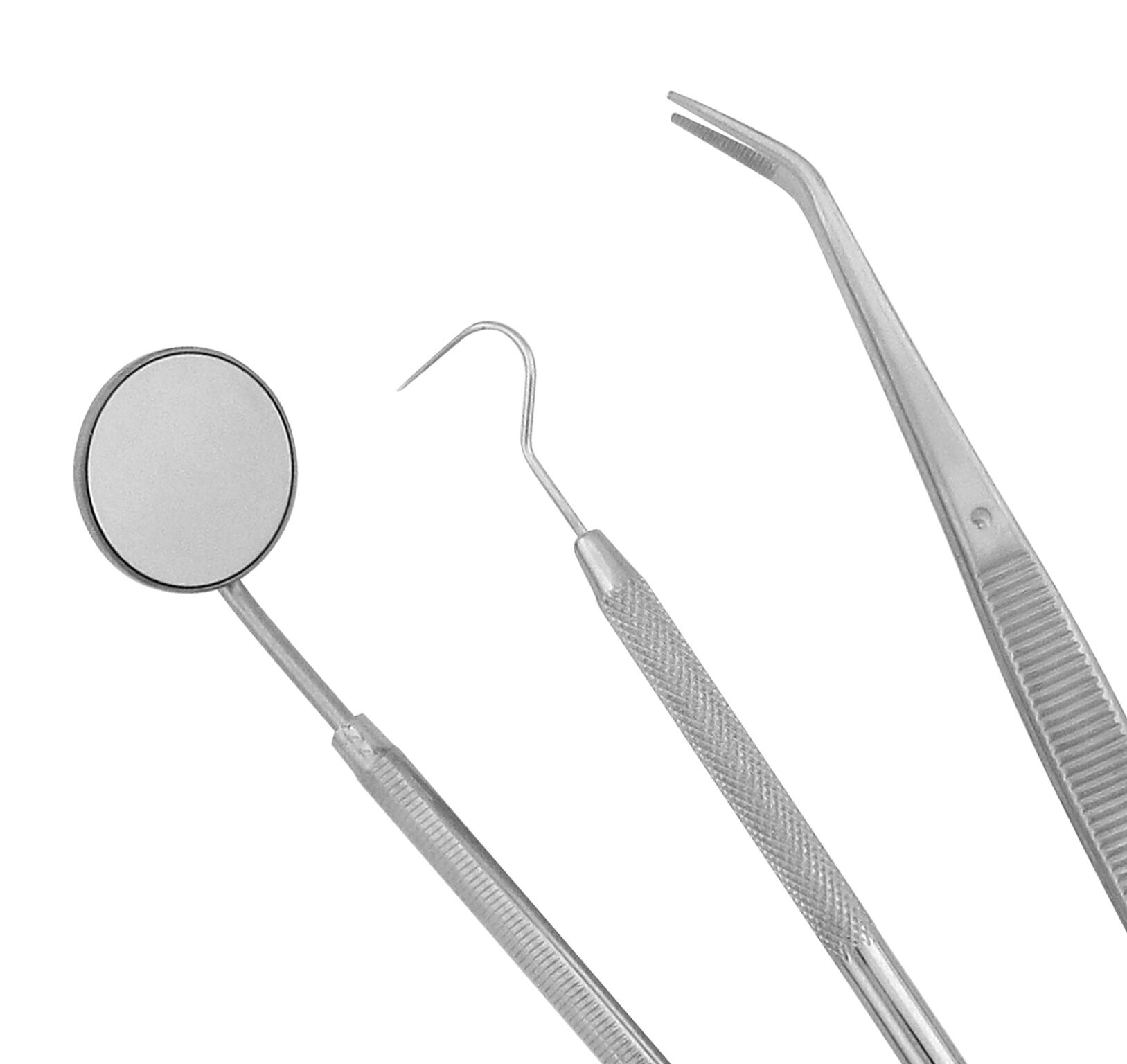 Diagnostic Sets & Accessories
Diagnostic Sets & Accessories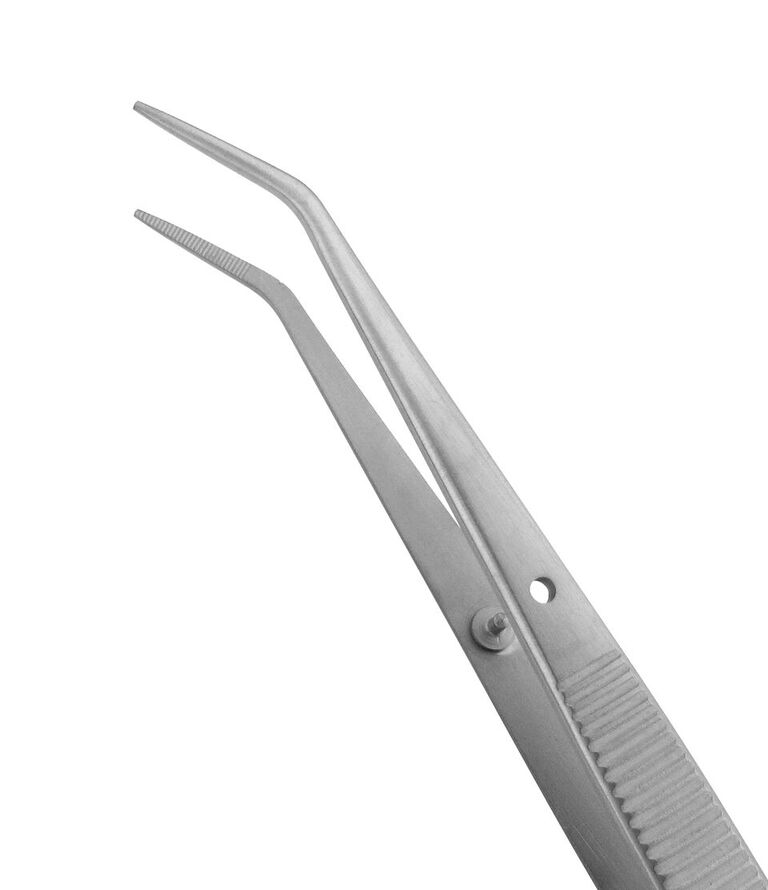 Dressing Pliers
Dressing Pliers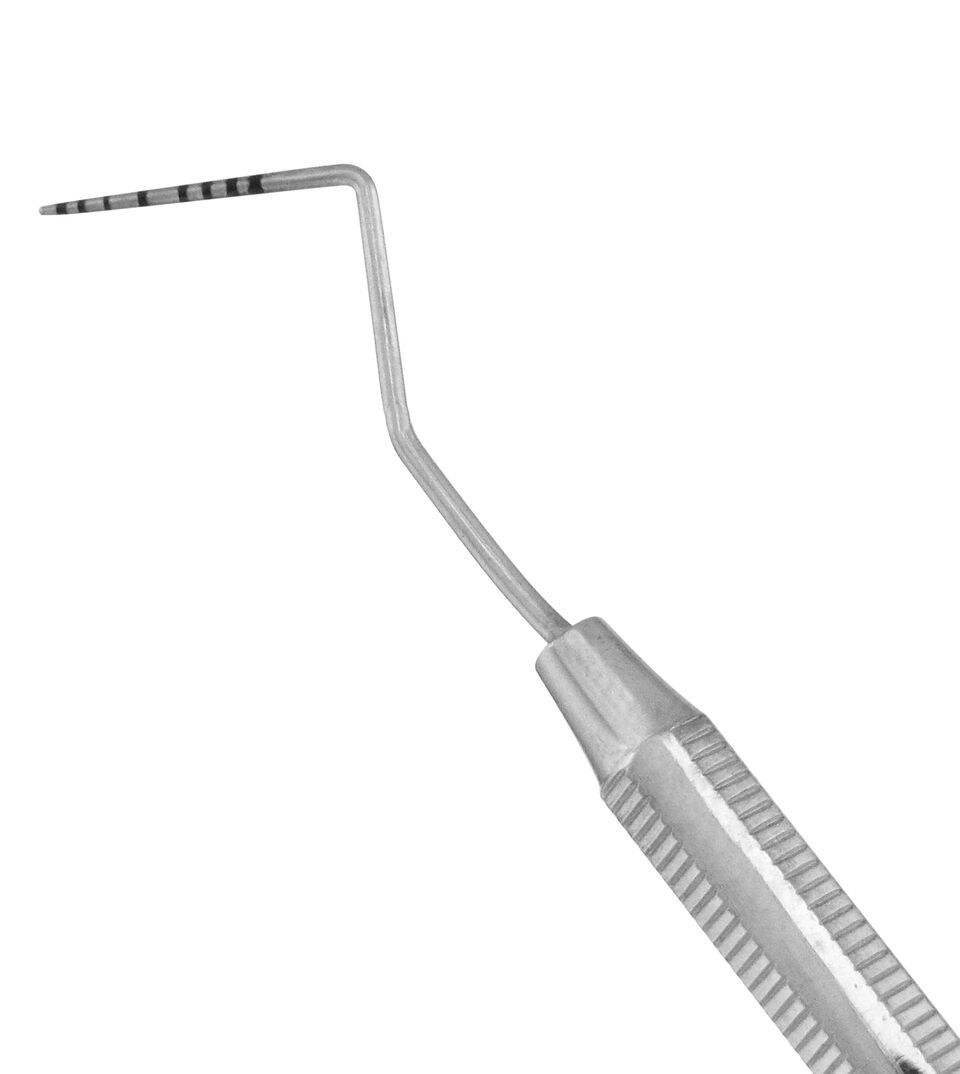 Explorer/Probes
Explorer/Probes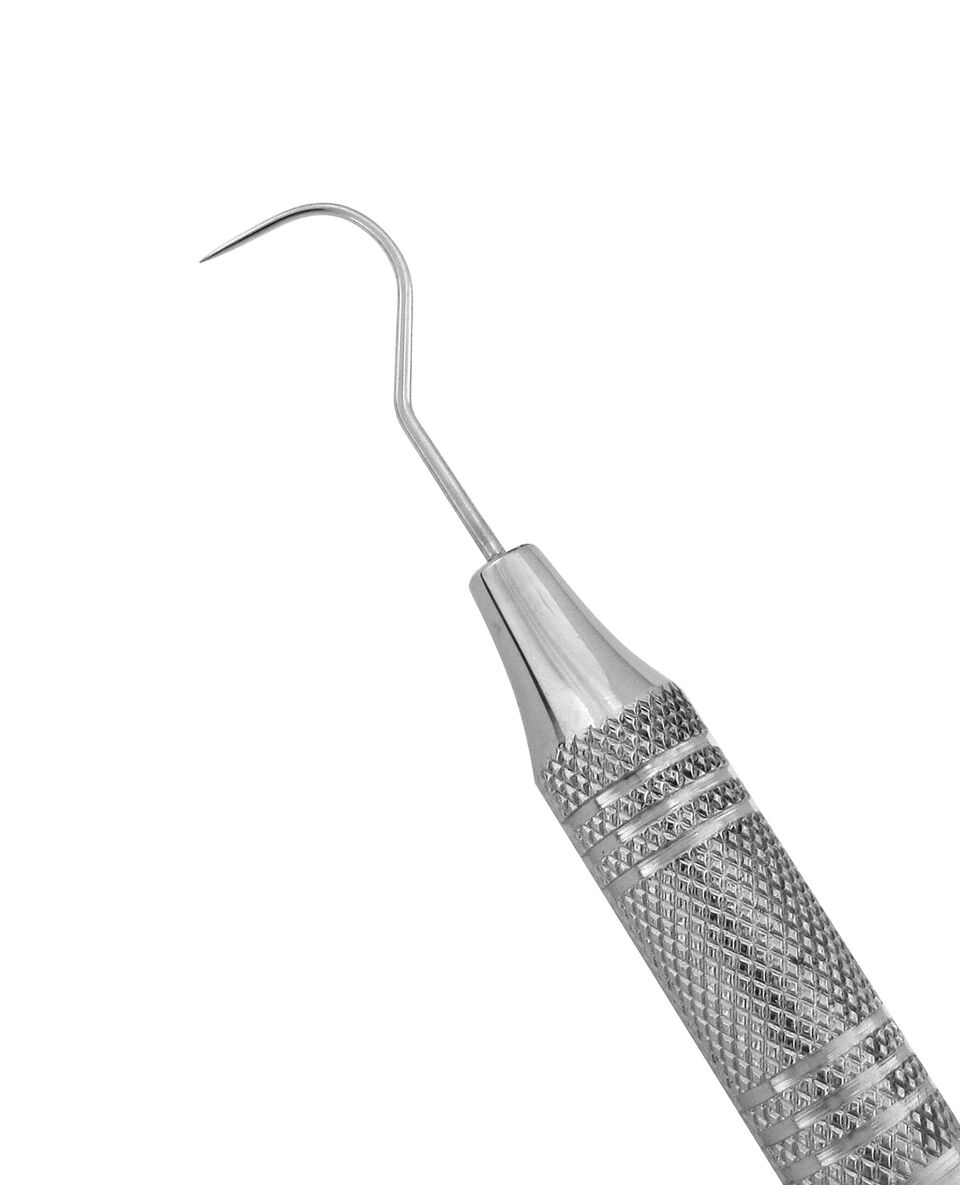 Explorers
Explorers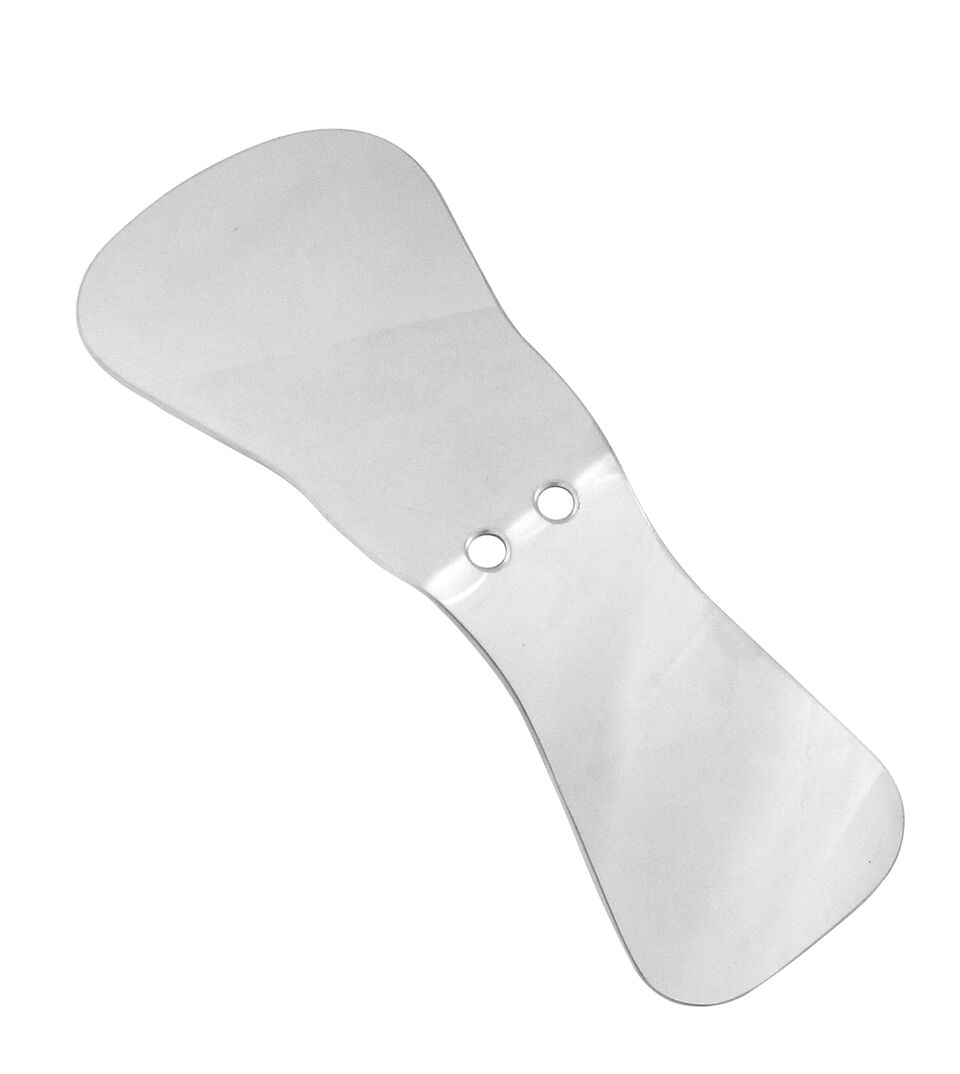 Intraoral Photography Mirrors
Intraoral Photography Mirrors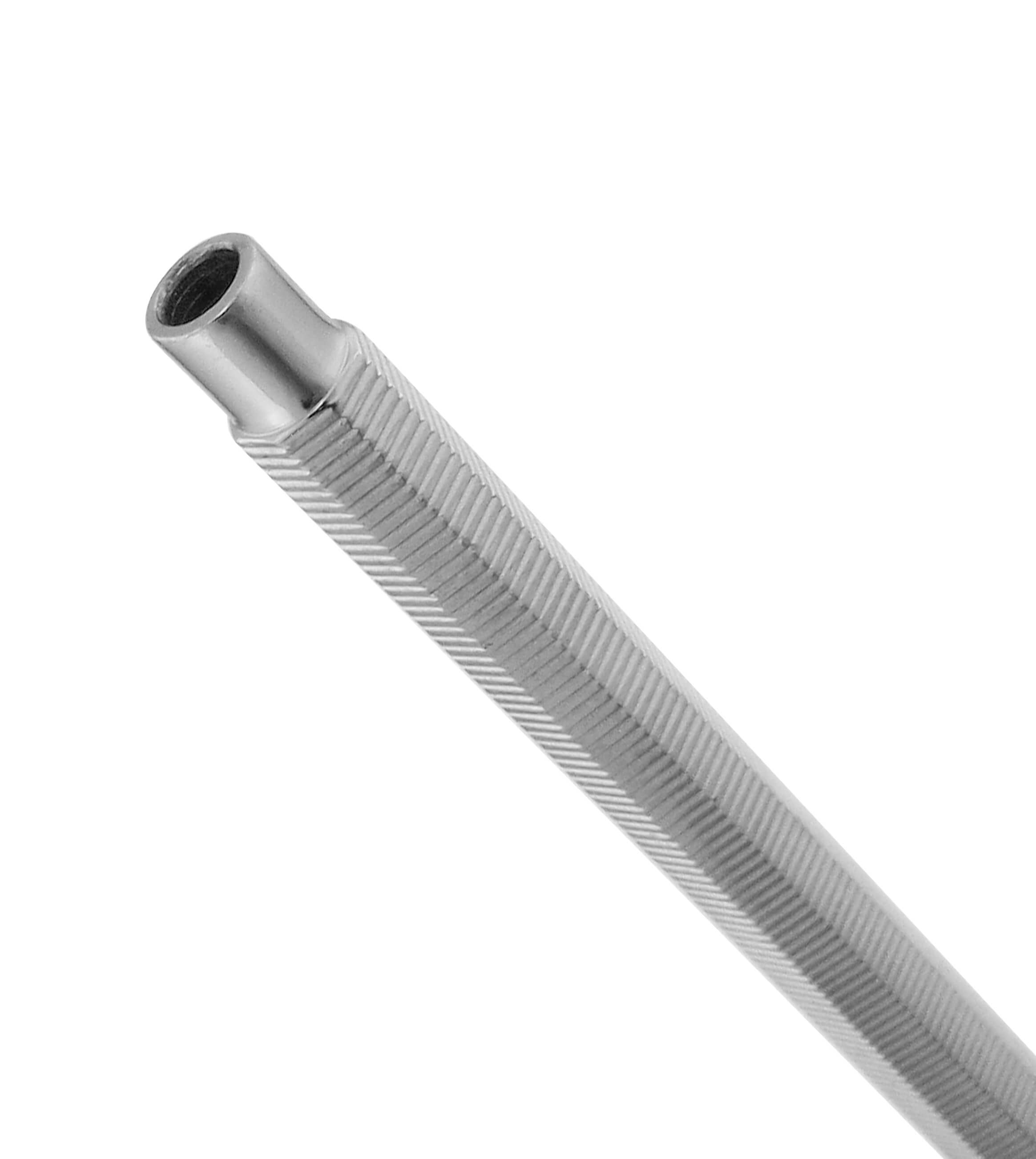 Mirror Handles
Mirror Handles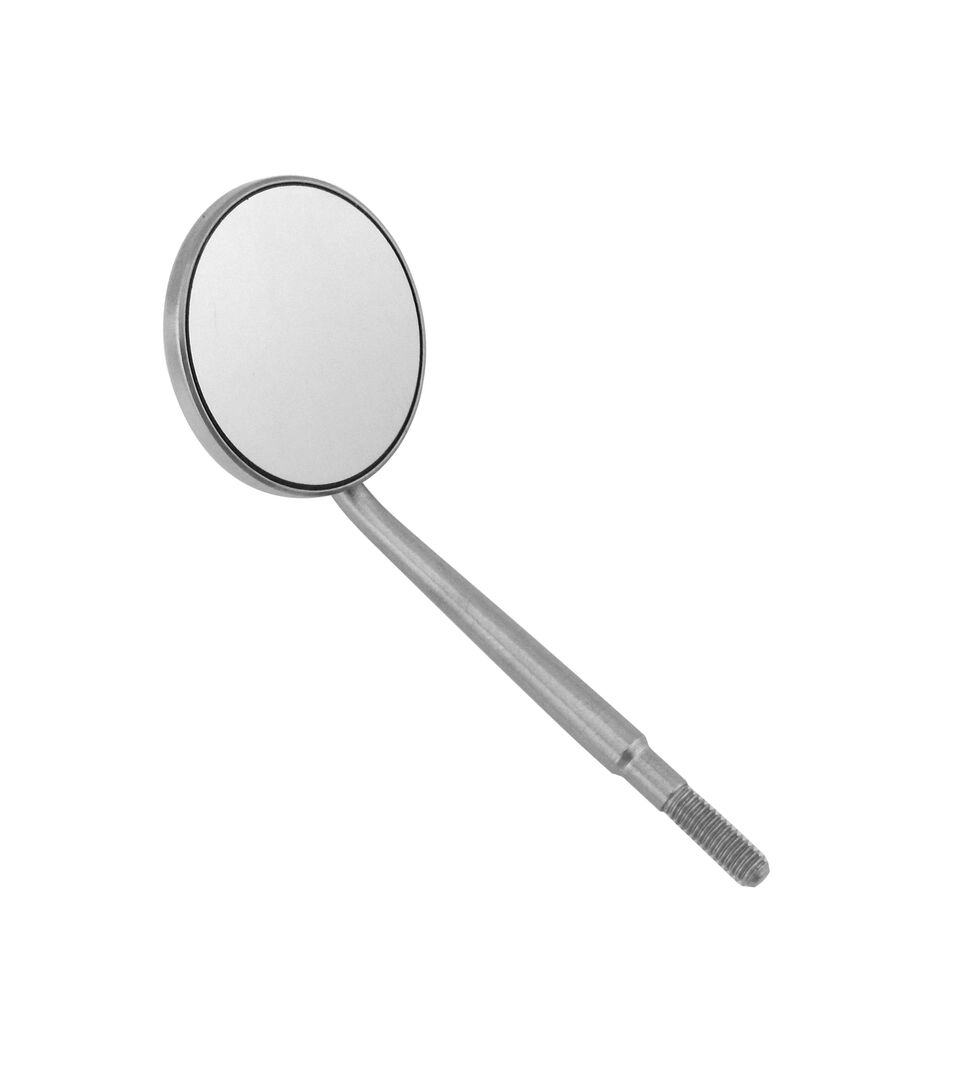 Mirrors
Mirrors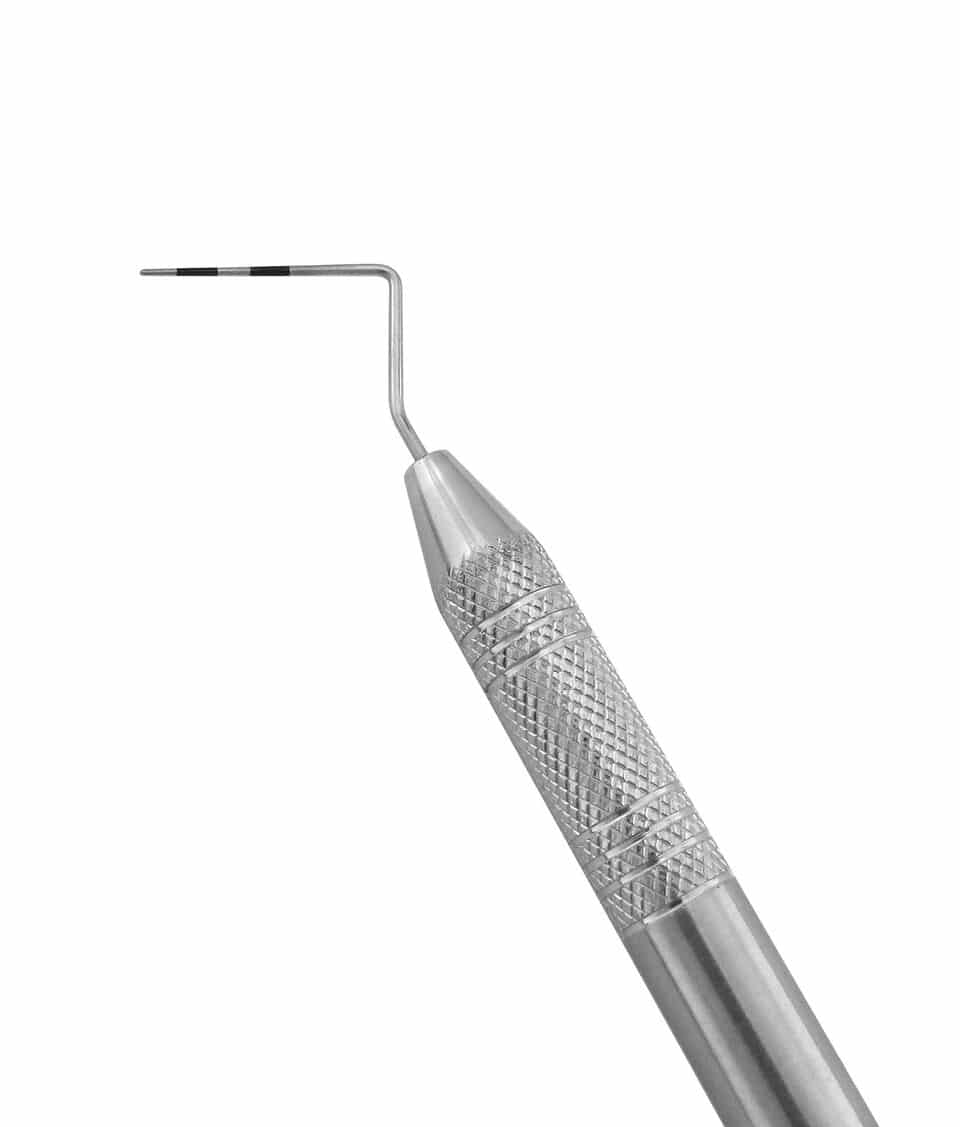 Probes
Probes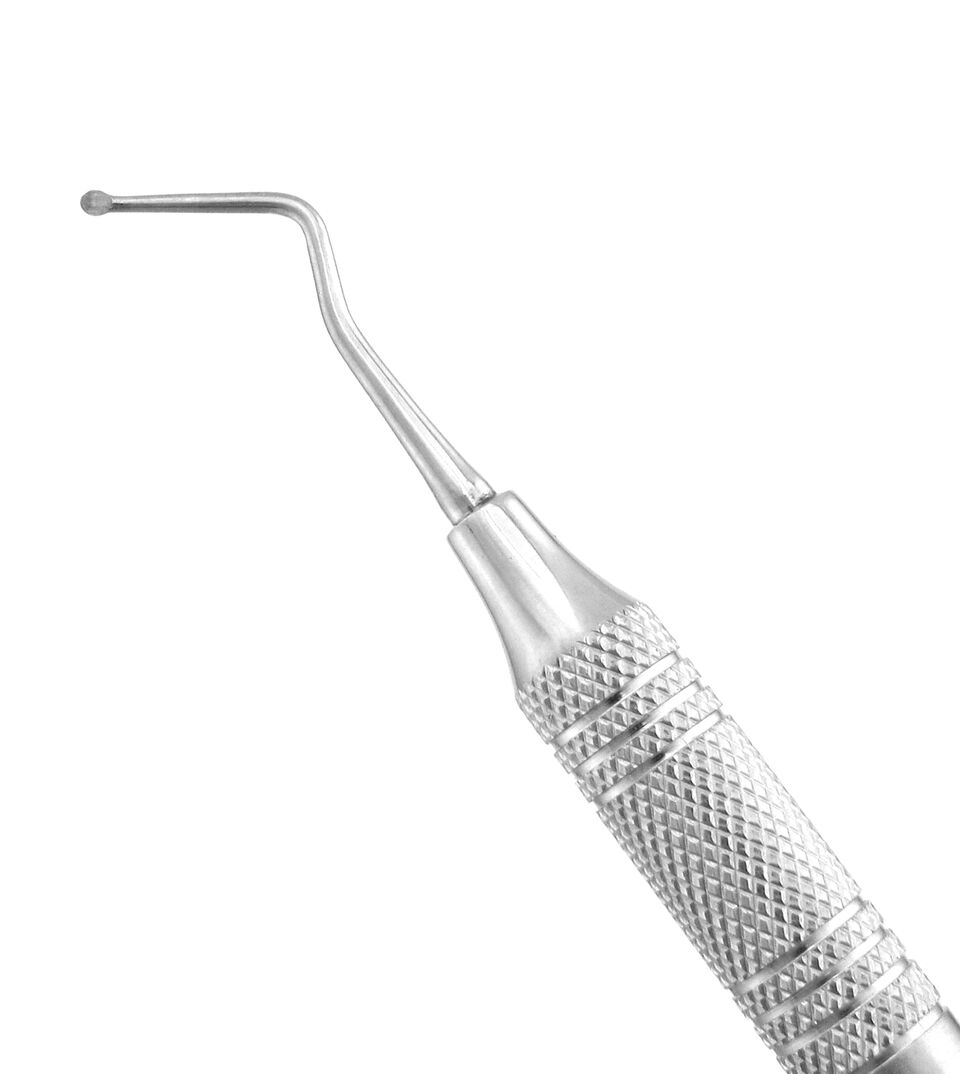 Endo Excavators
Endo Excavators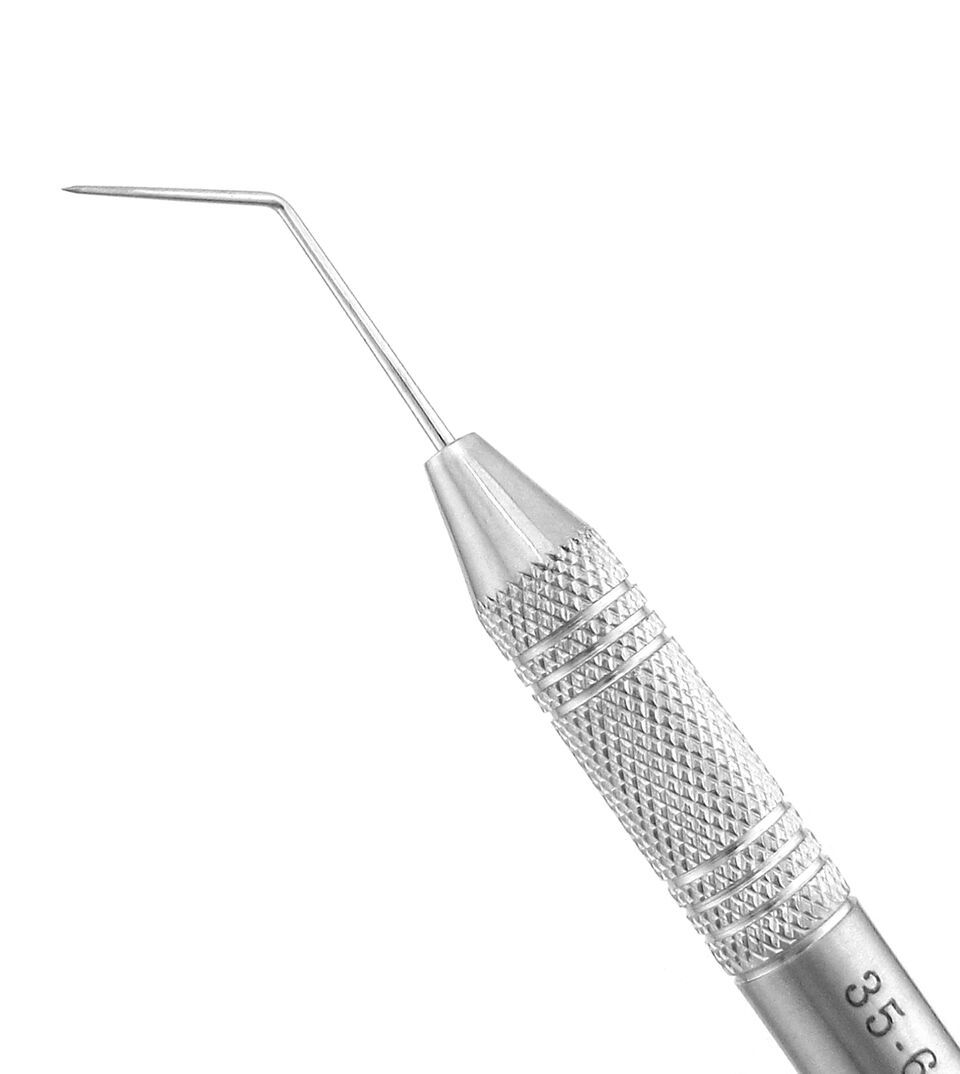 Endo Explorers
Endo Explorers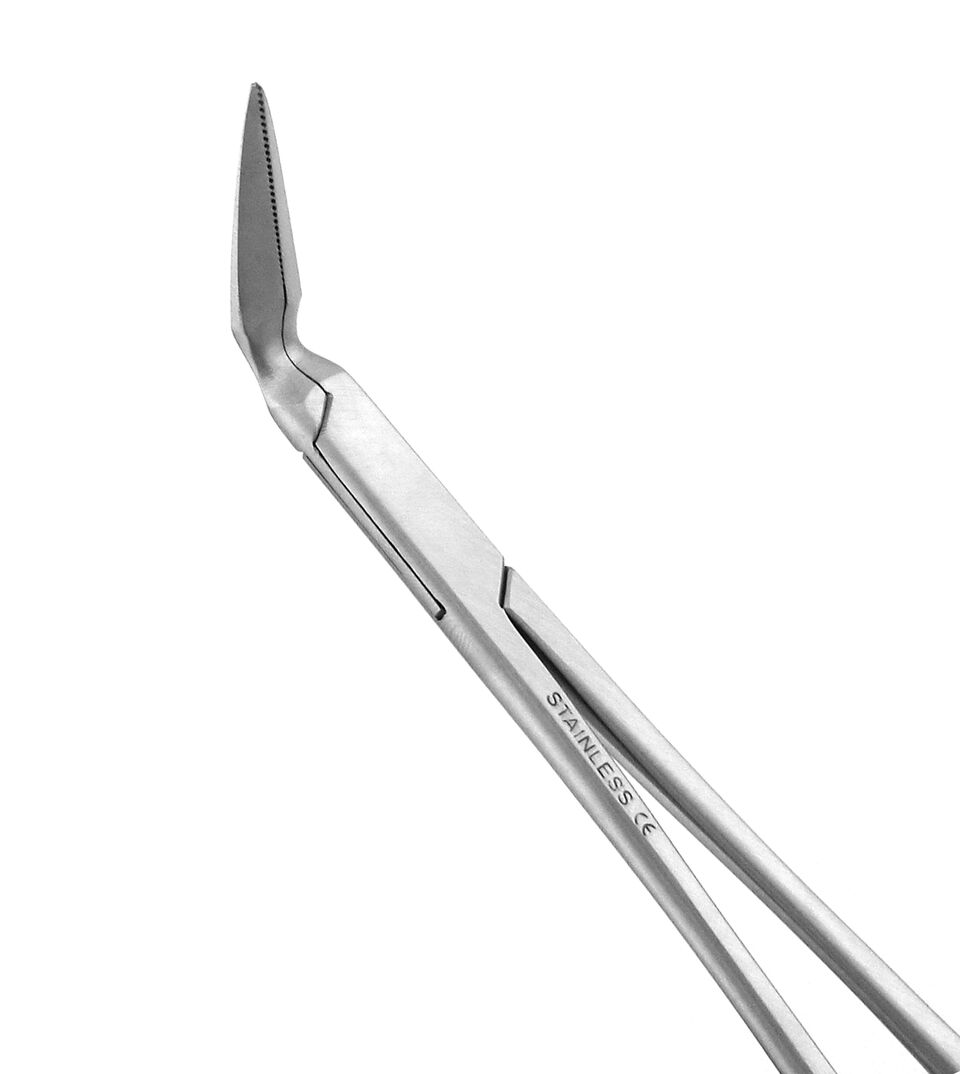 Endo Forceps
Endo Forceps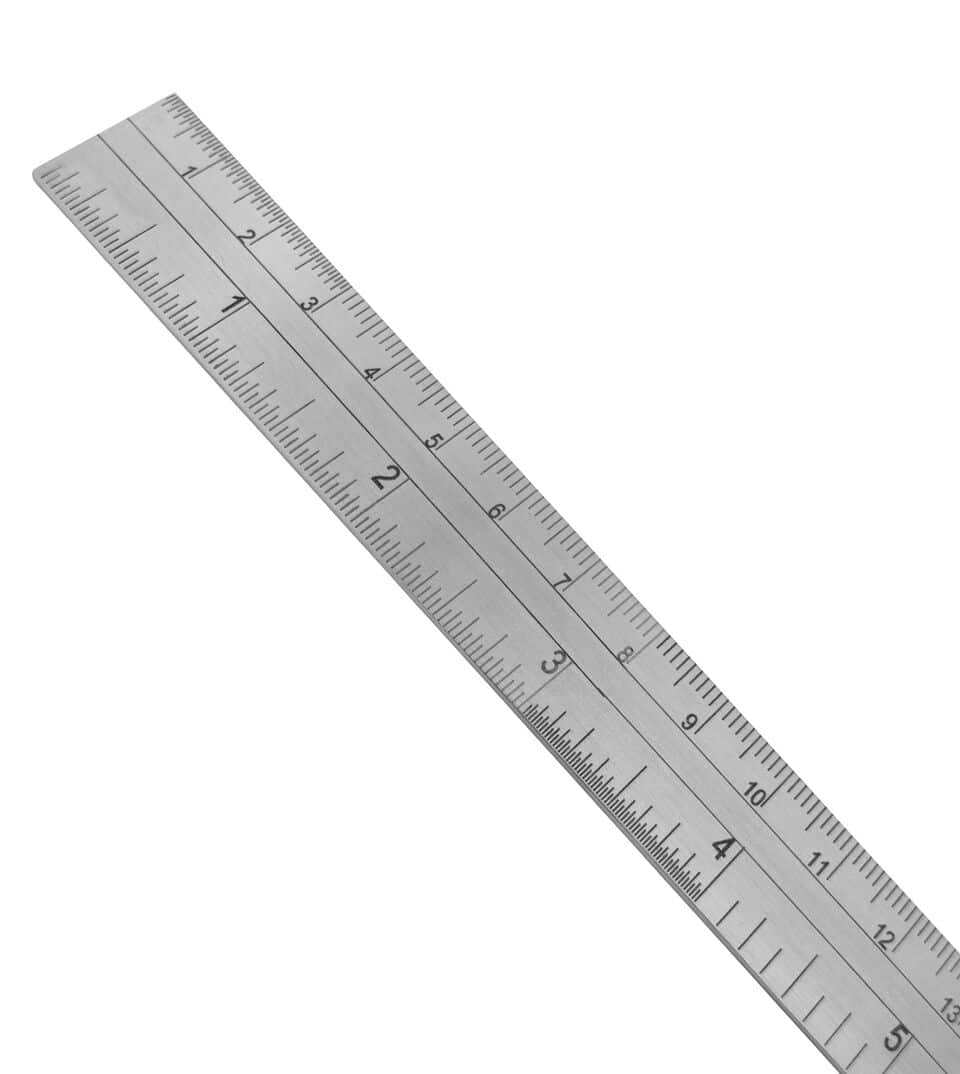 Endo Rulers
Endo Rulers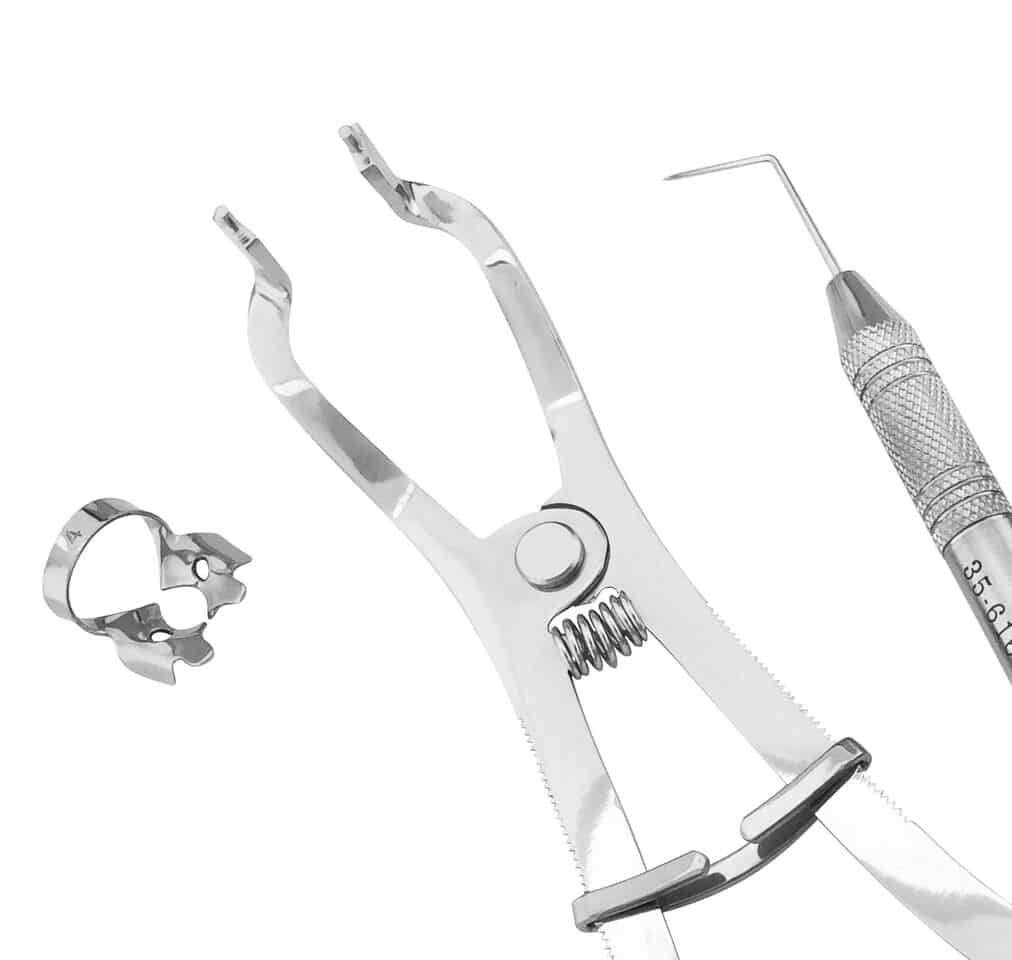 Endodontic Sets
Endodontic Sets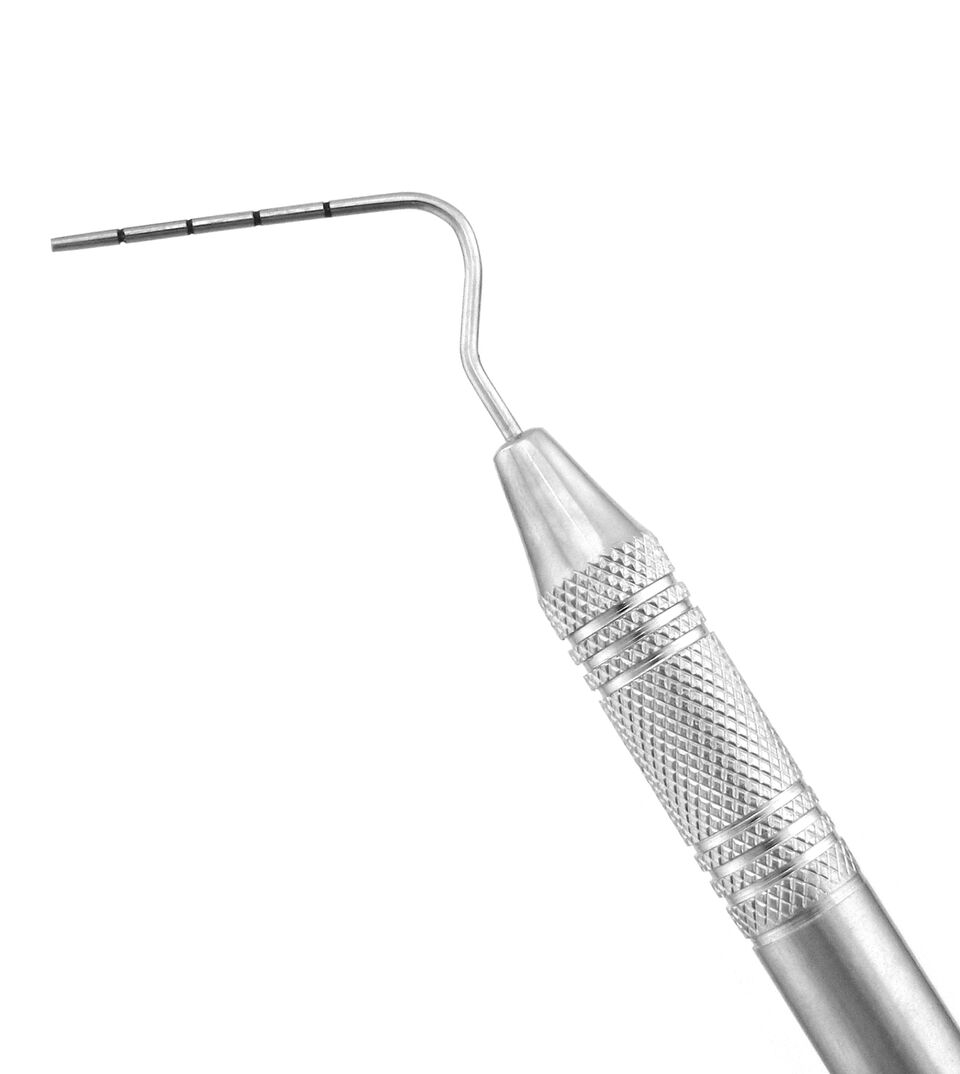 Root Canal Pluggers
Root Canal Pluggers Root Canal Spreaders
Root Canal Spreaders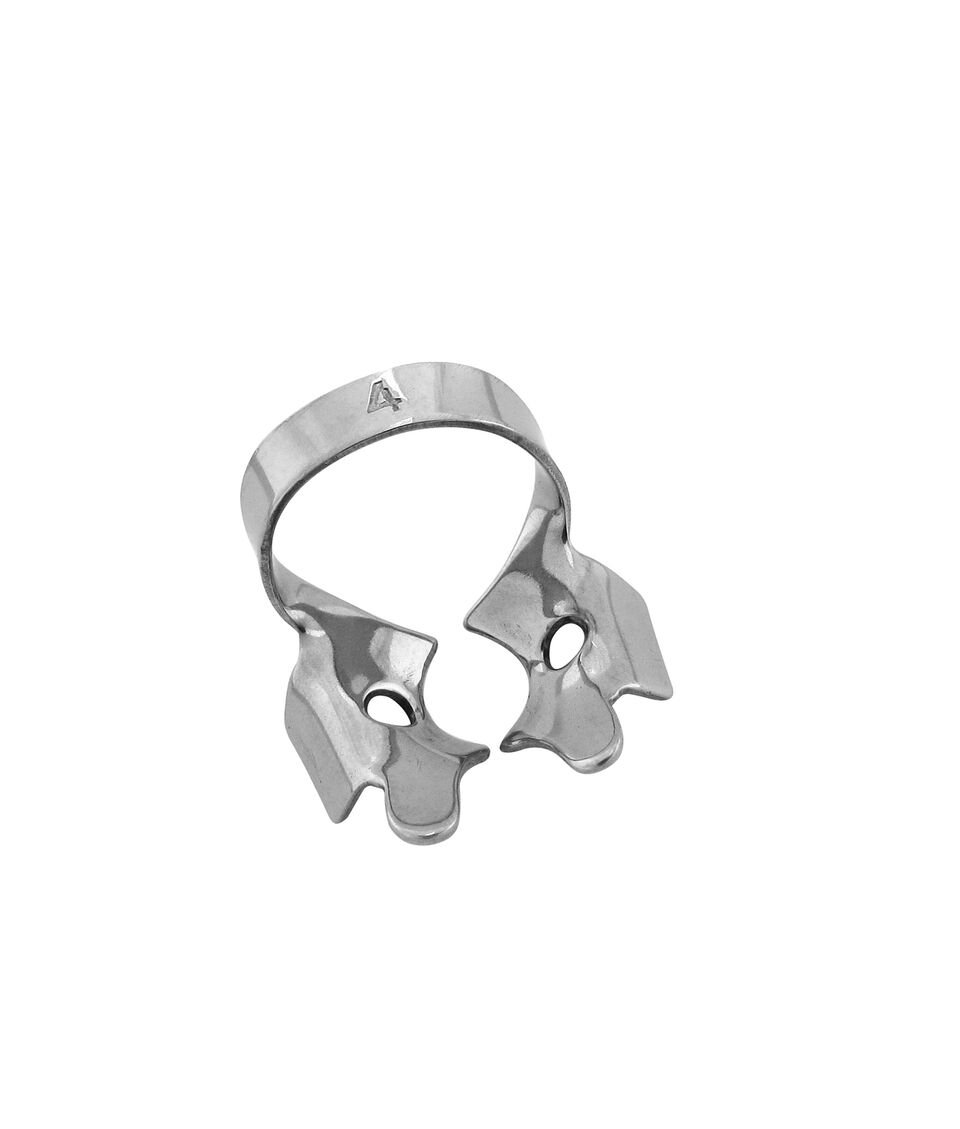 Rubber Dam Clamps
Rubber Dam Clamps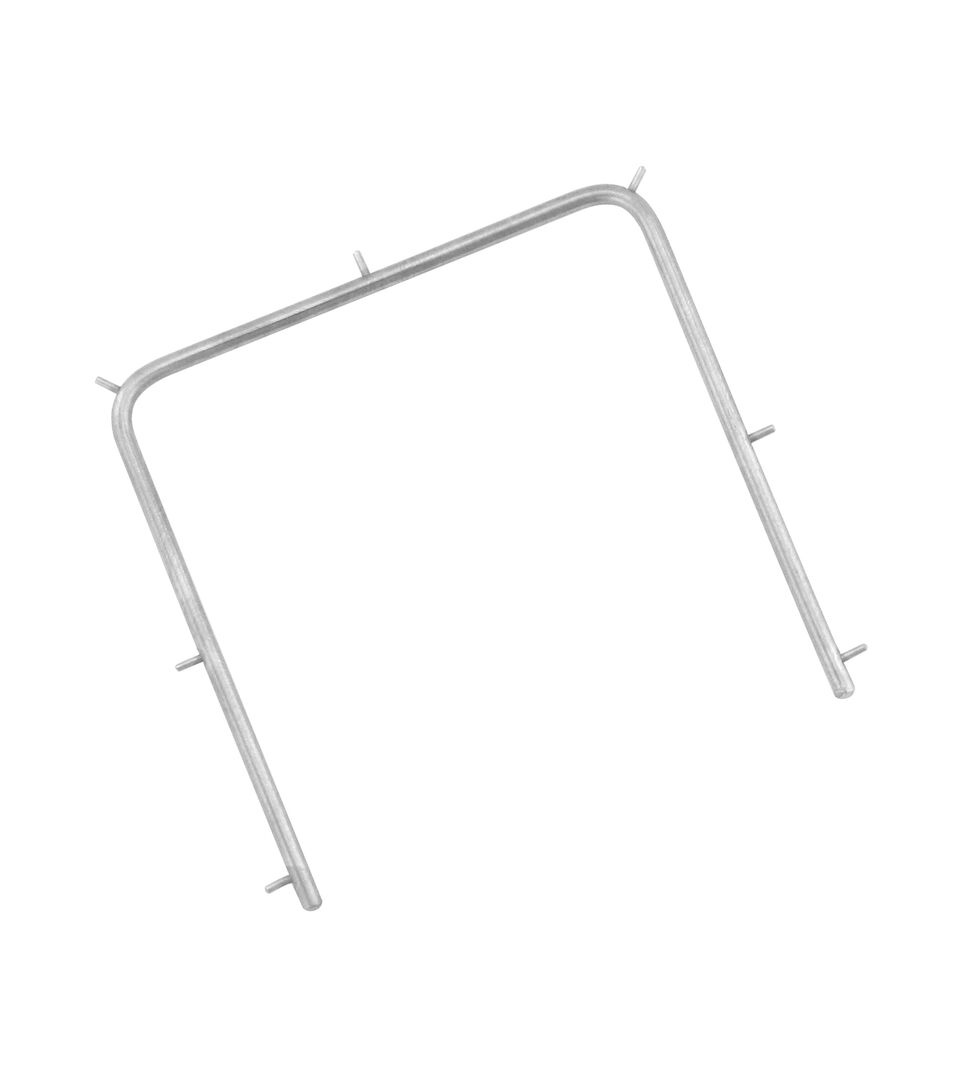 Rubber Dam Frames
Rubber Dam Frames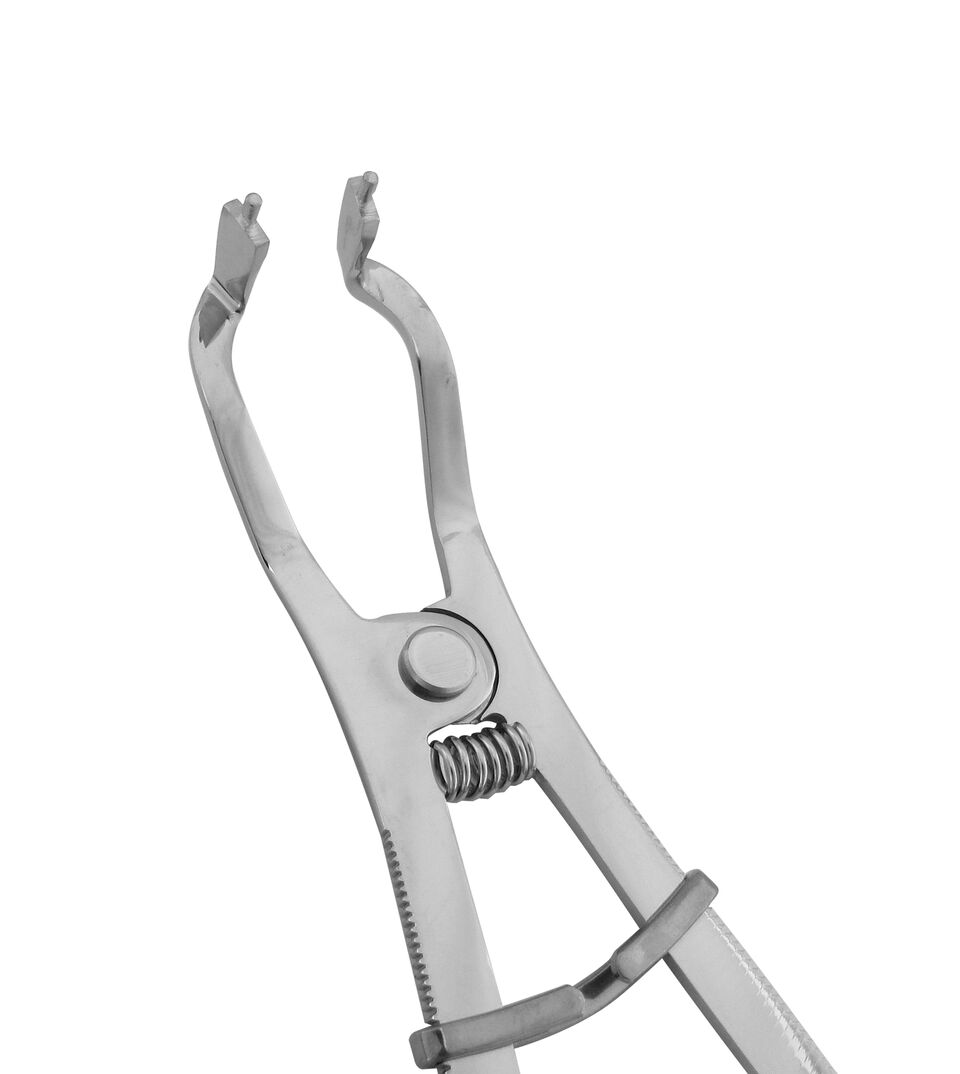 Rubber Dam Punches & Forceps
Rubber Dam Punches & Forceps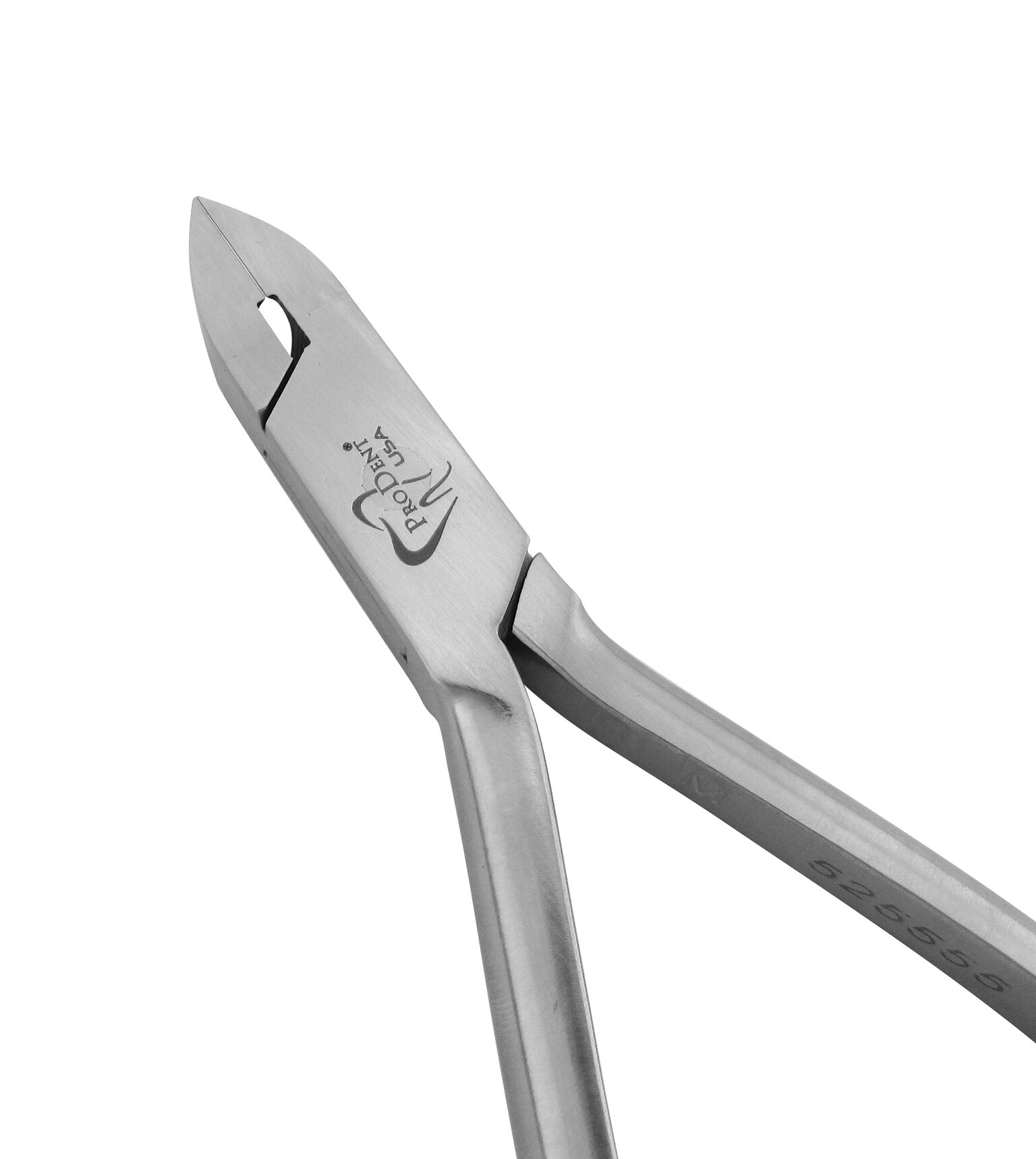 Cutters
Cutters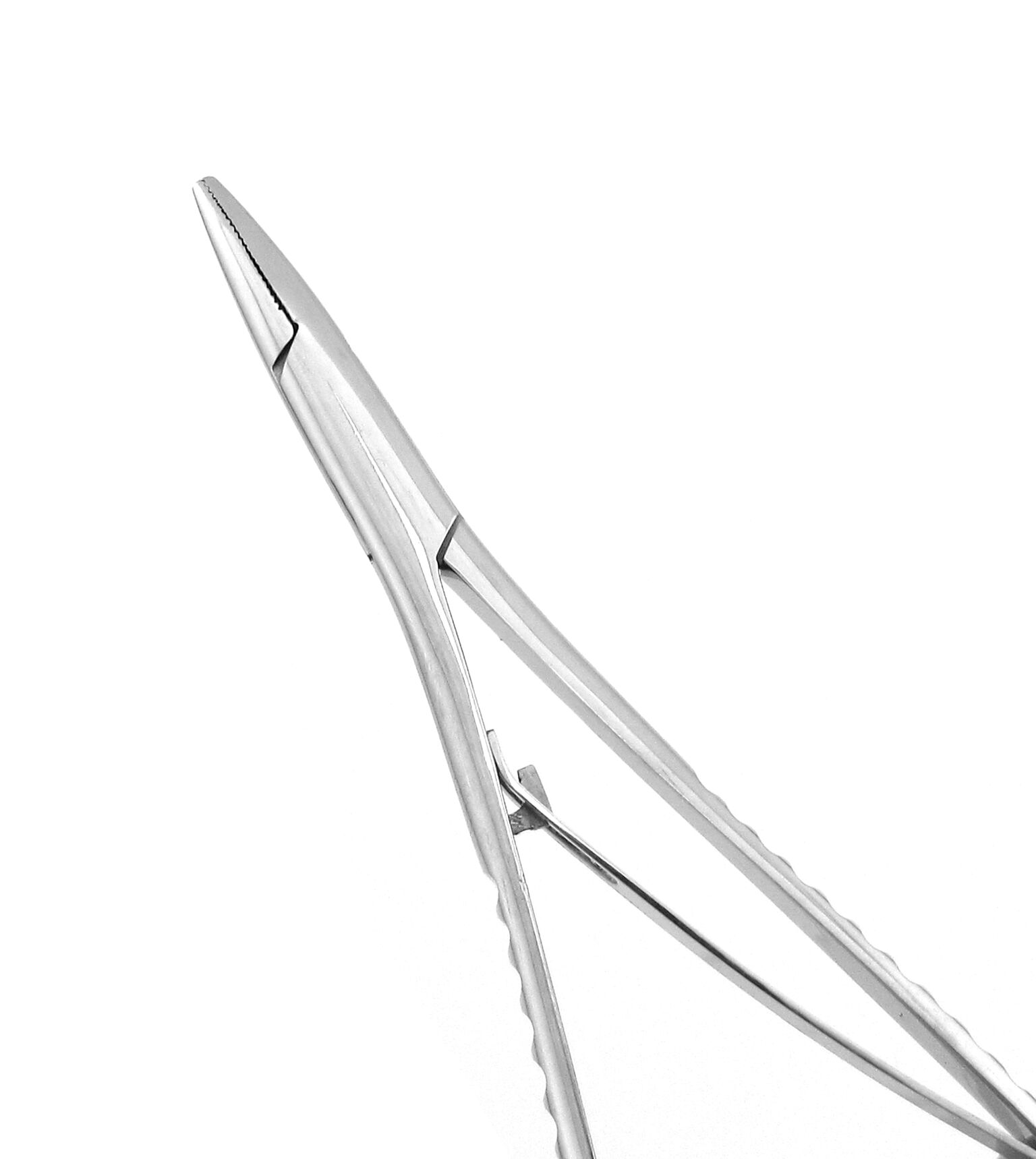 Elastic Placing Mathieu Pliers
Elastic Placing Mathieu Pliers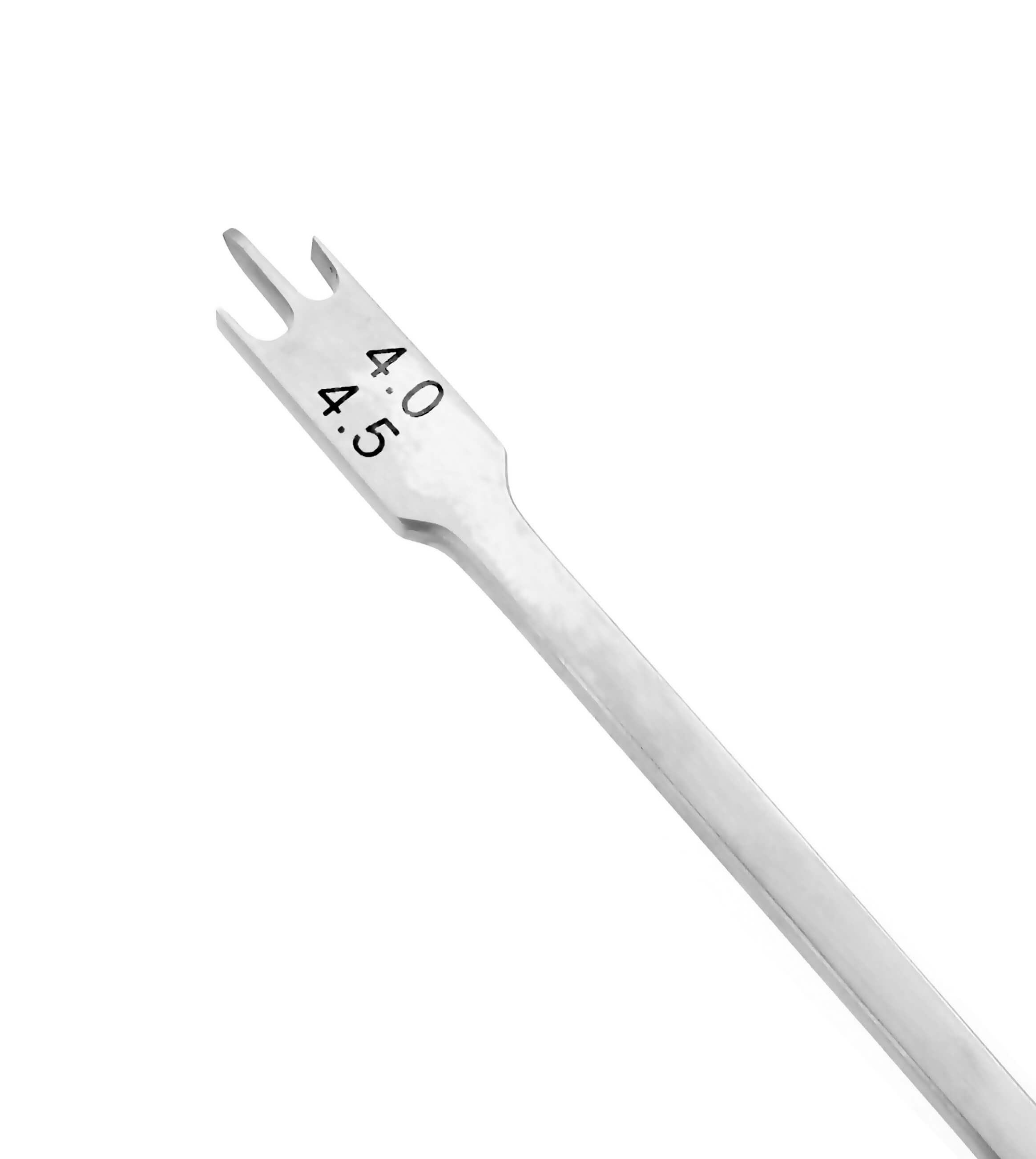 Gauges
Gauges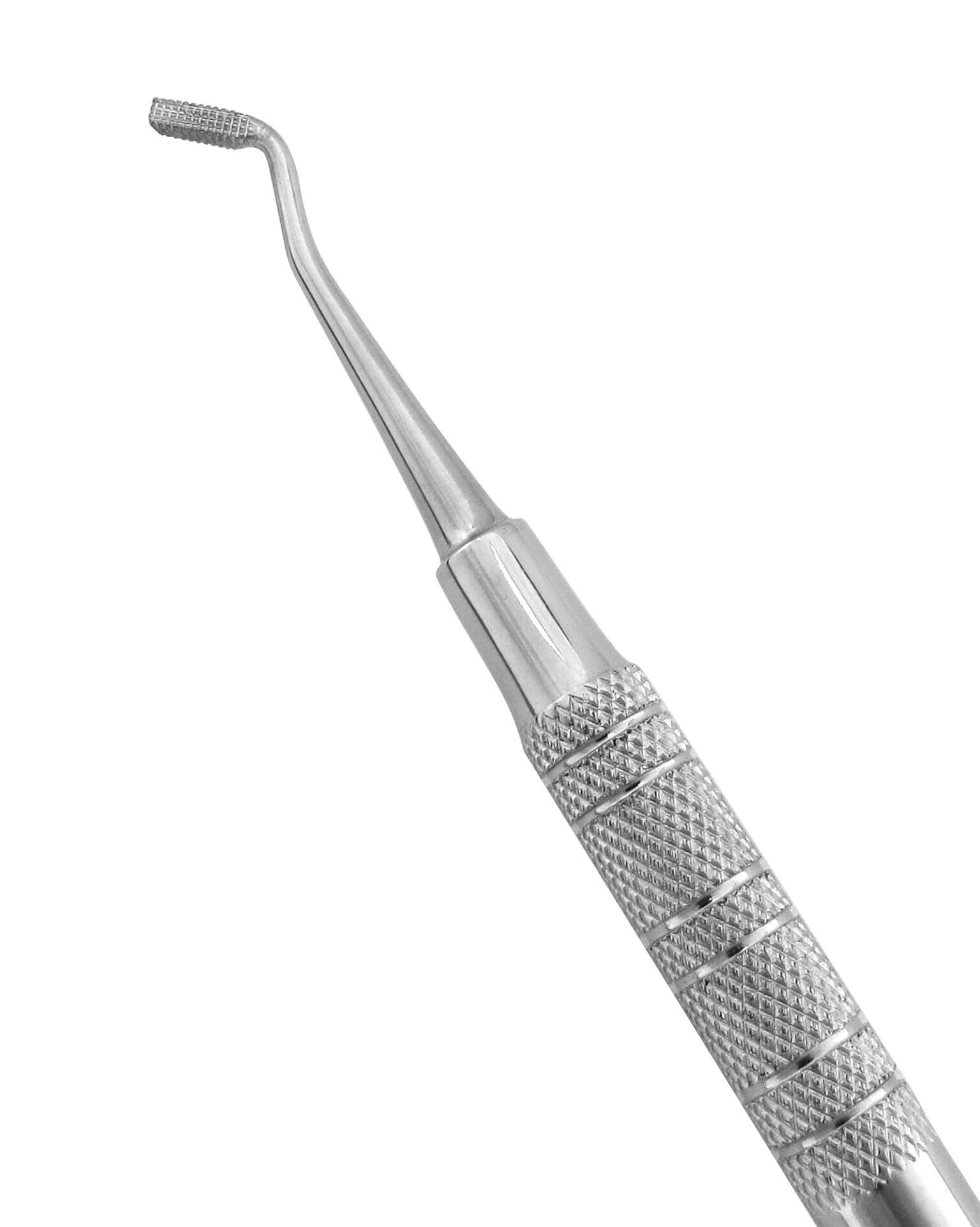 Hand Instruments
Hand Instruments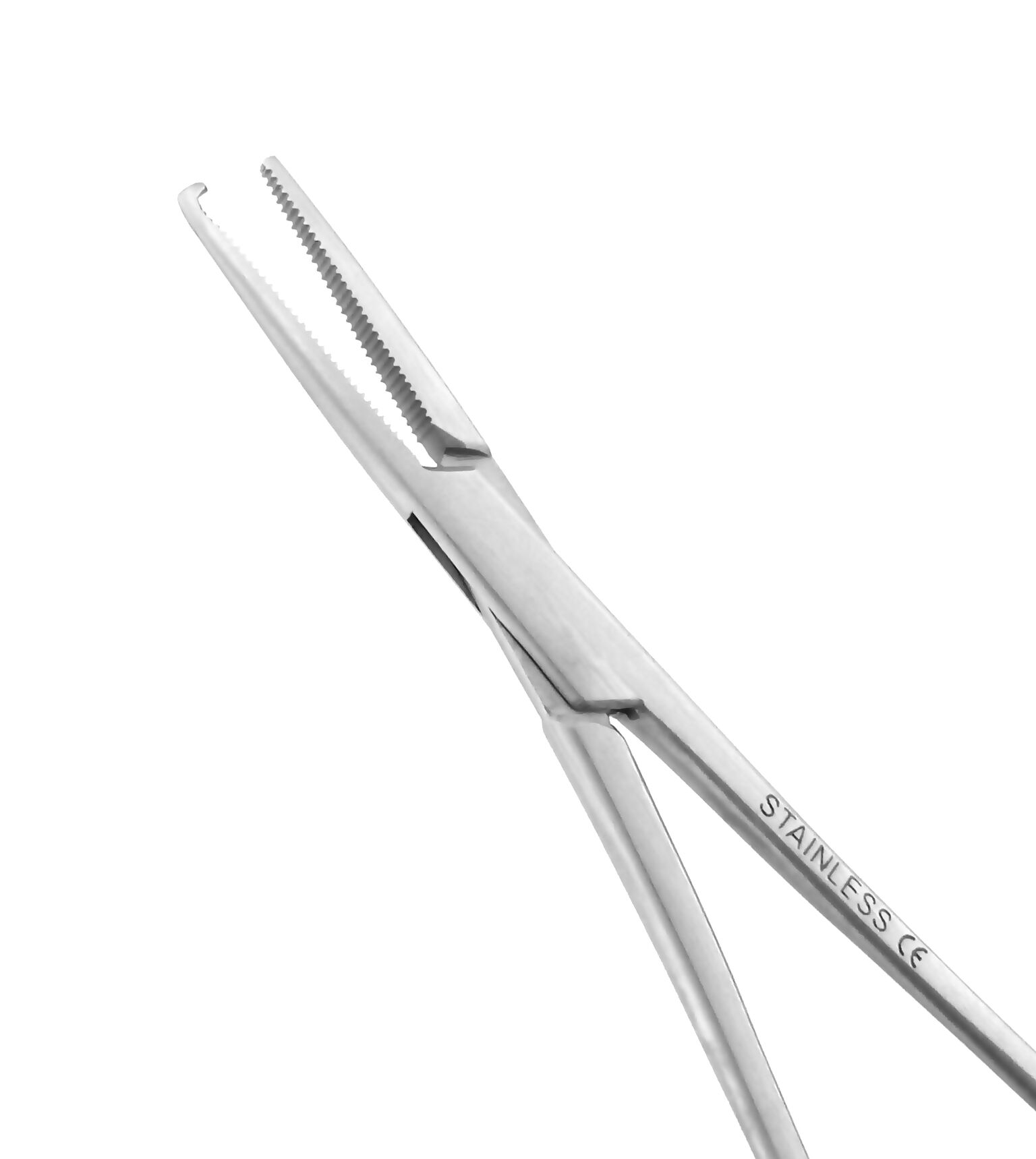 Mosquitoes
Mosquitoes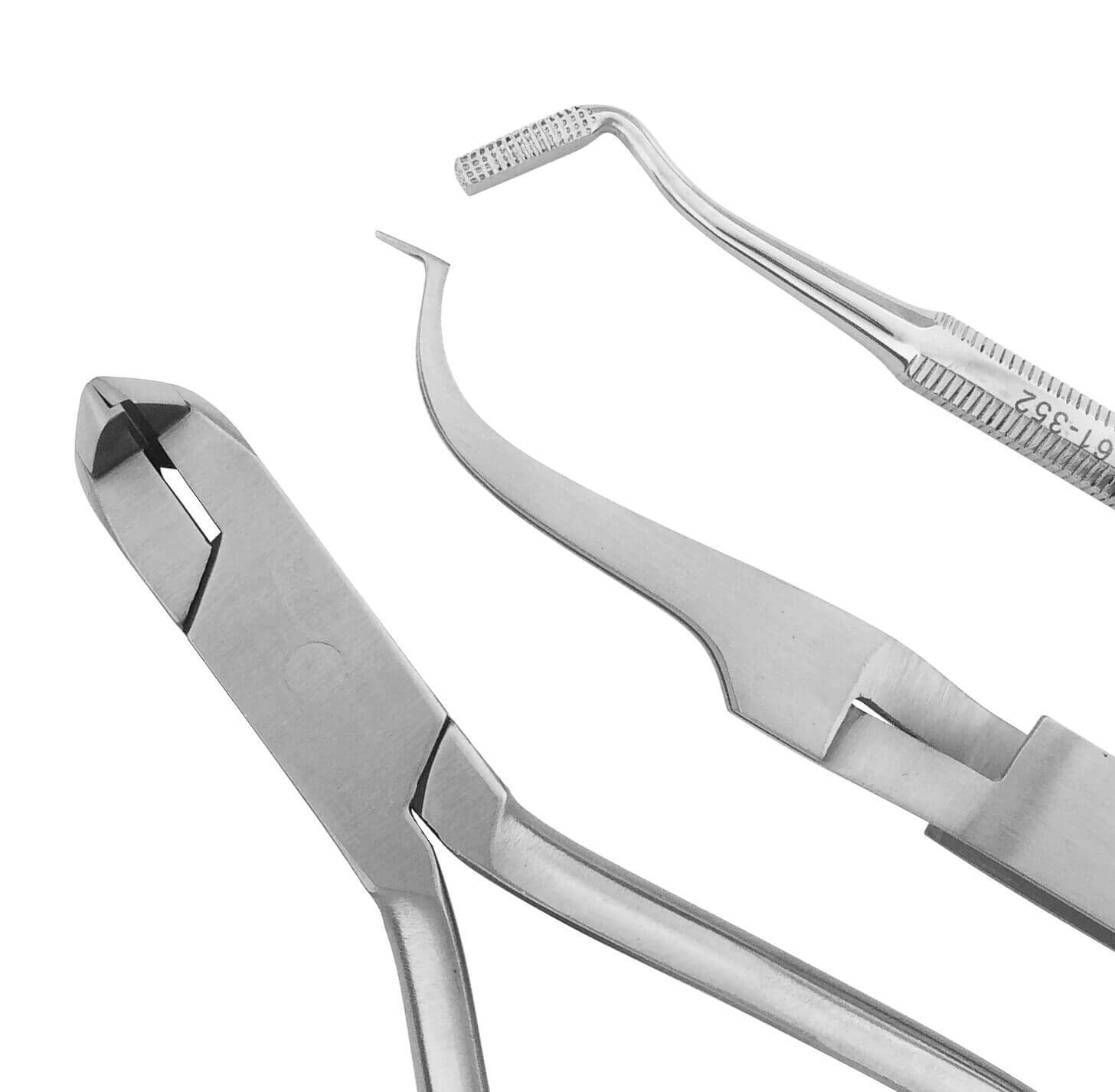 Orthodontic Sets
Orthodontic Sets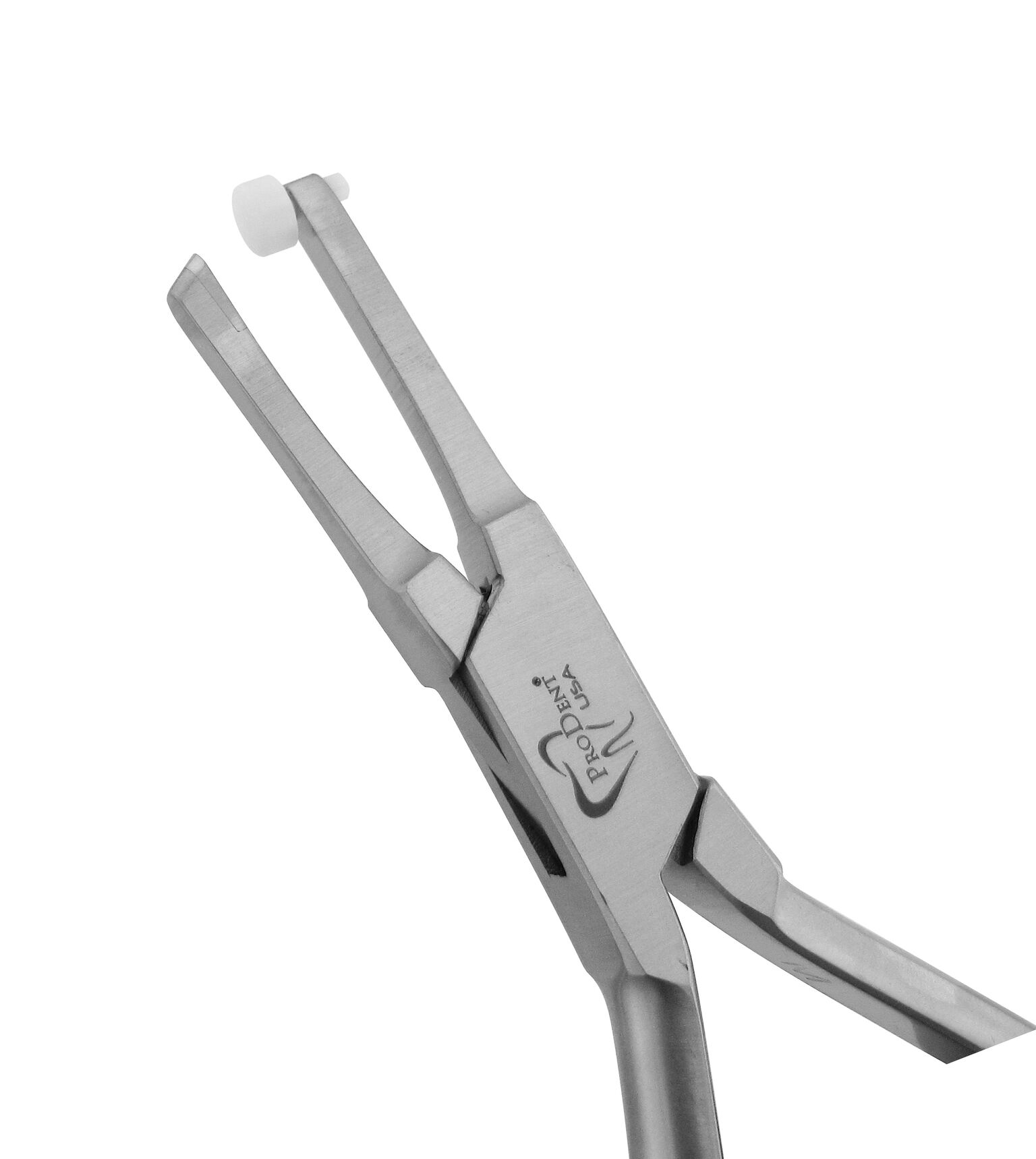 Pliers
Pliers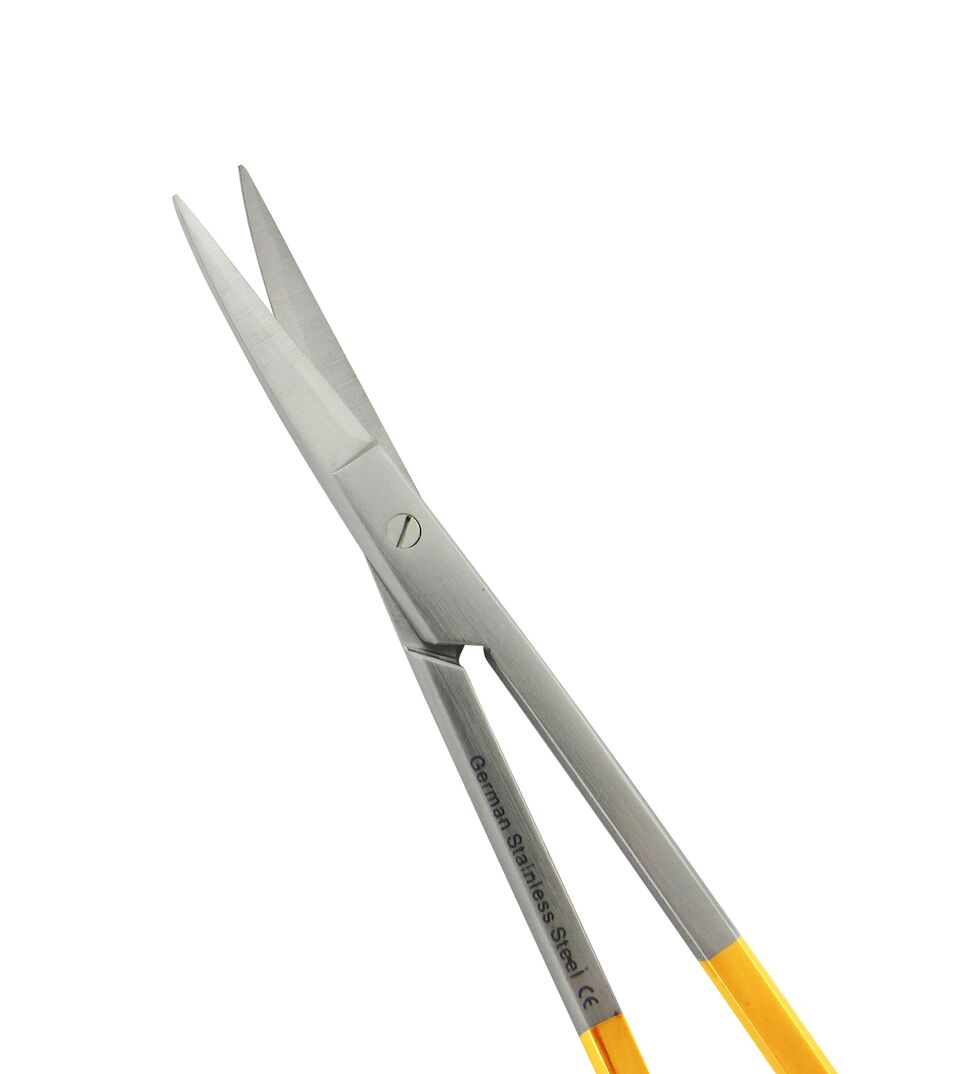 Scissors
Scissors Tweezers
Tweezers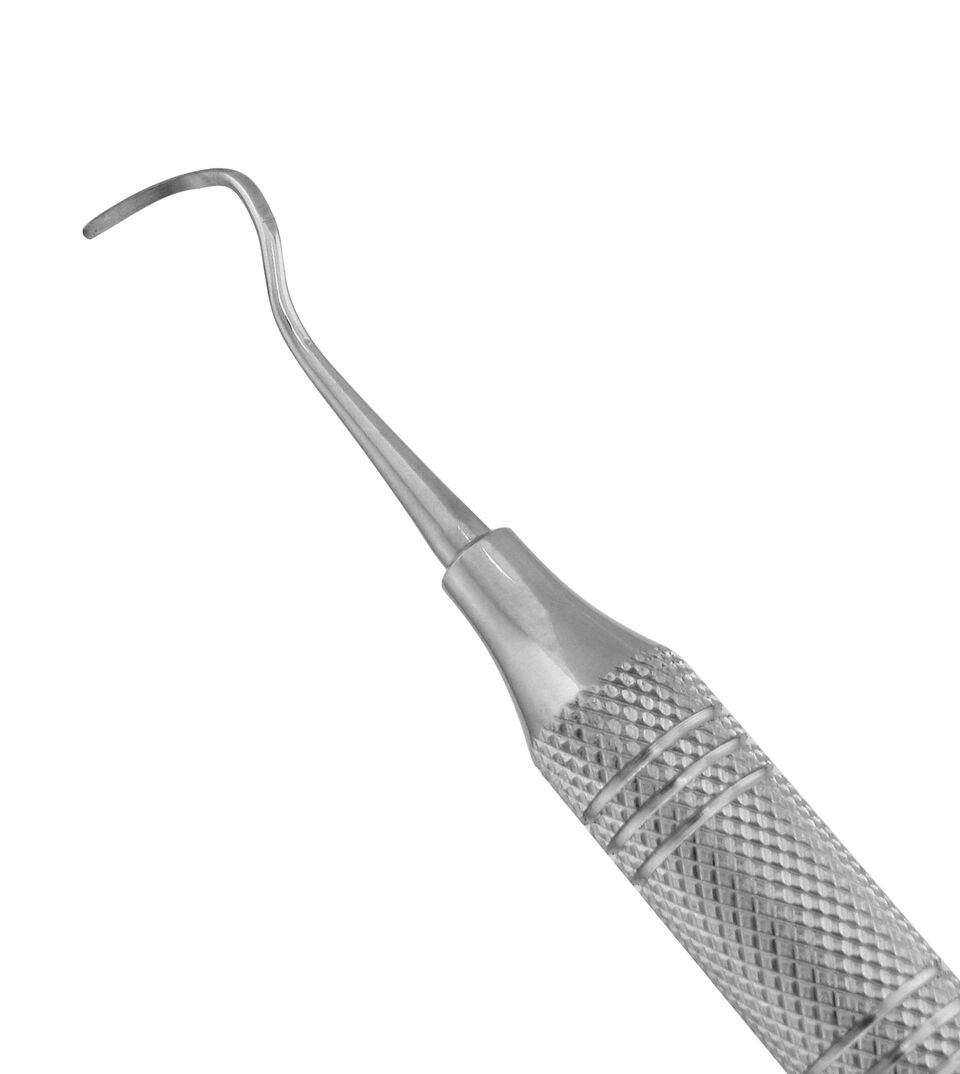 Curettes
Curettes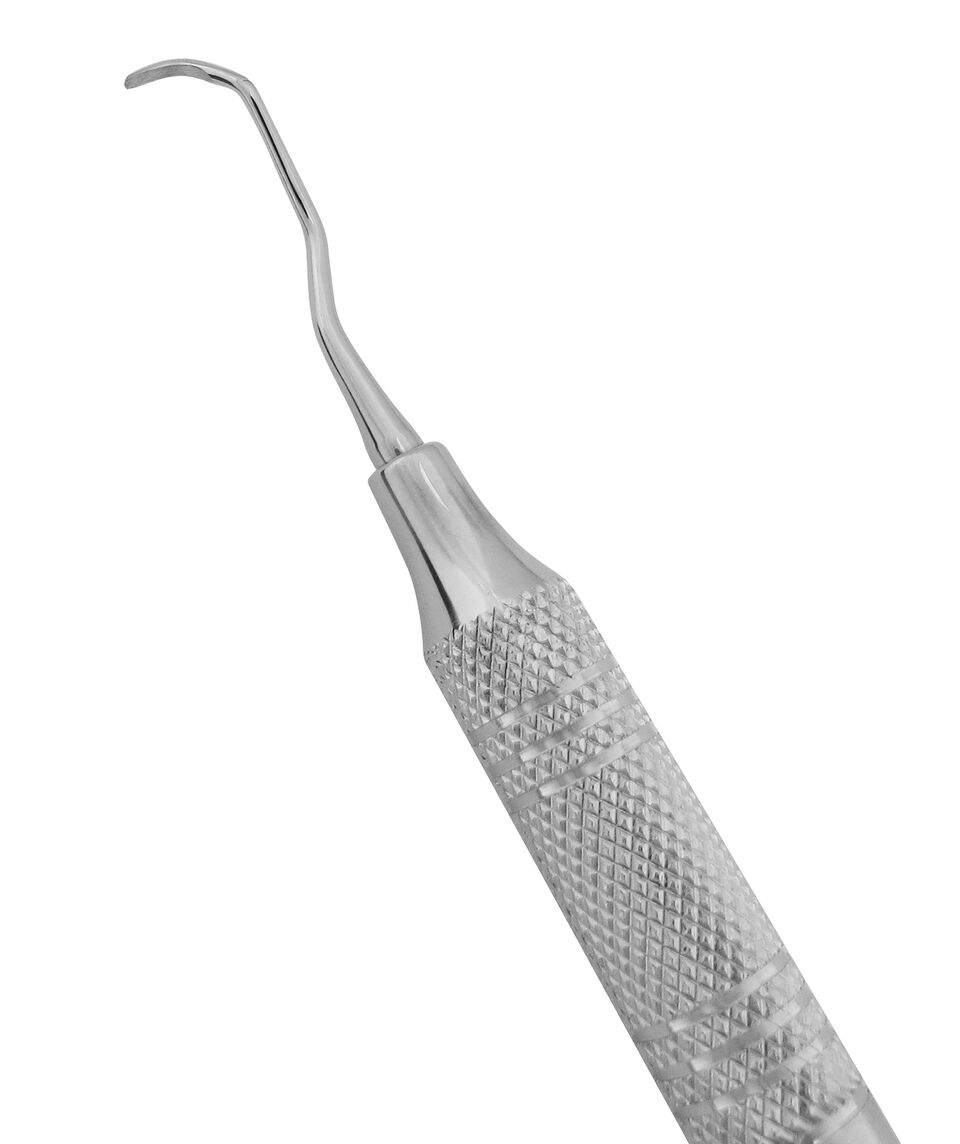 Gracey Curettes
Gracey Curettes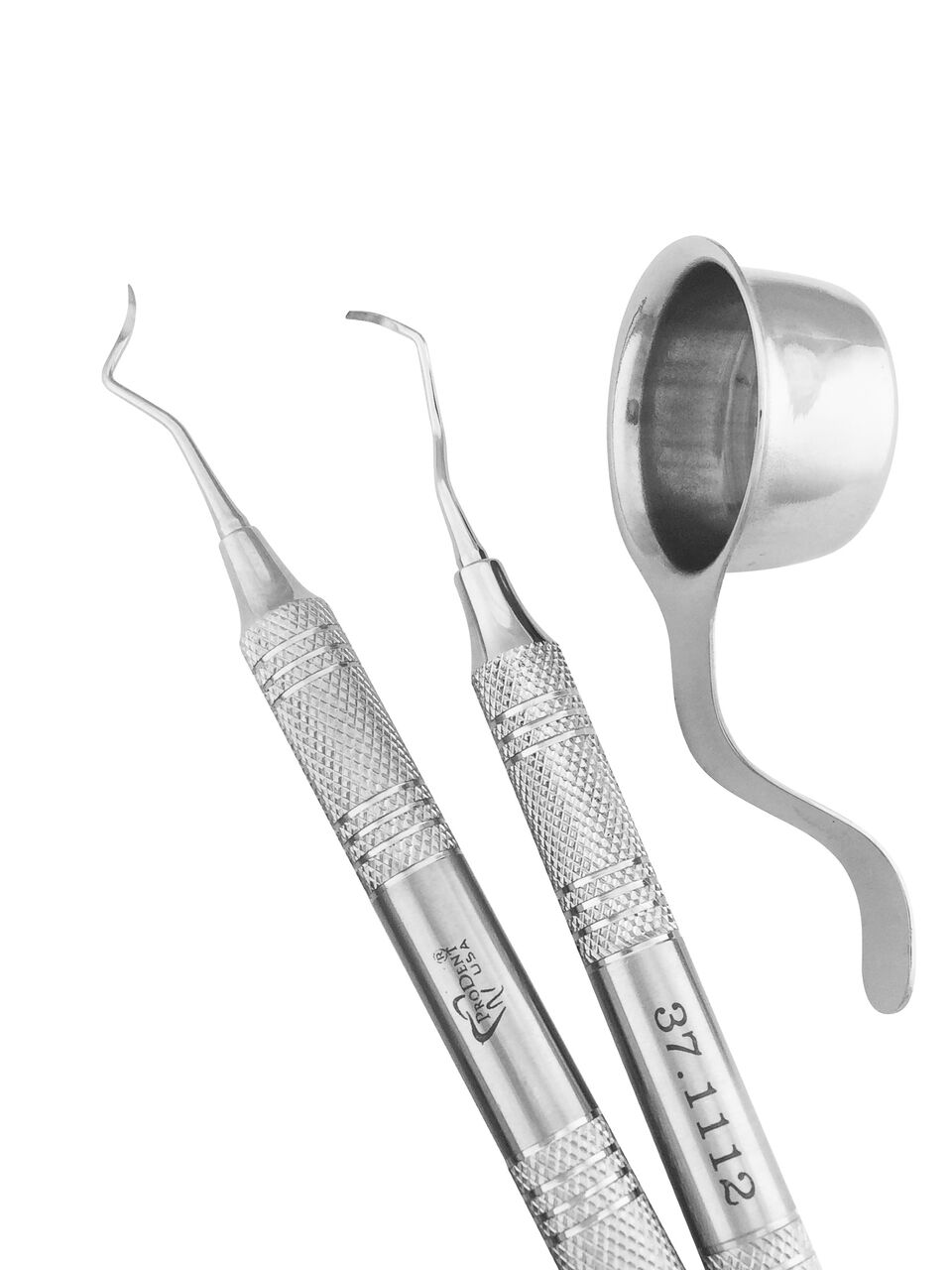 Periodontal Sets & Accessories
Periodontal Sets & Accessories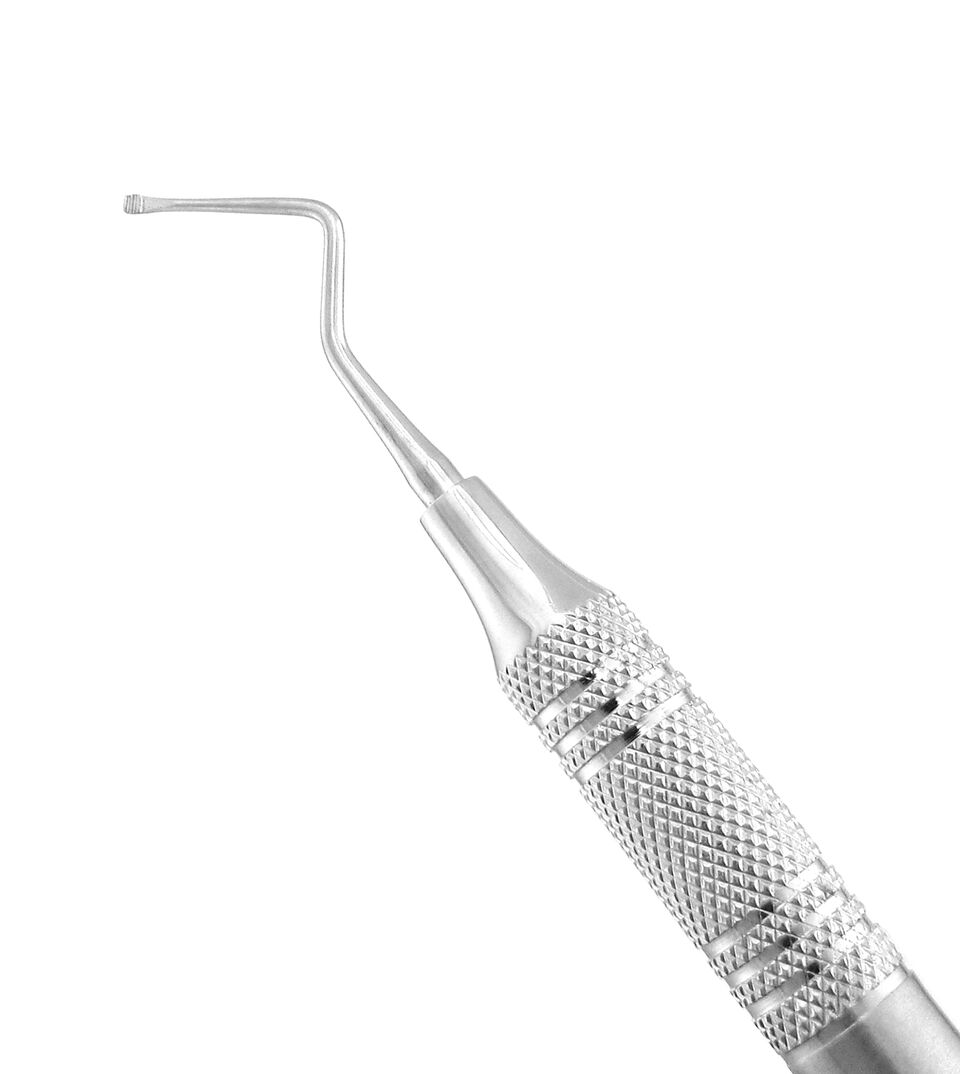 Periodontal Specialty Instruments
Periodontal Specialty Instruments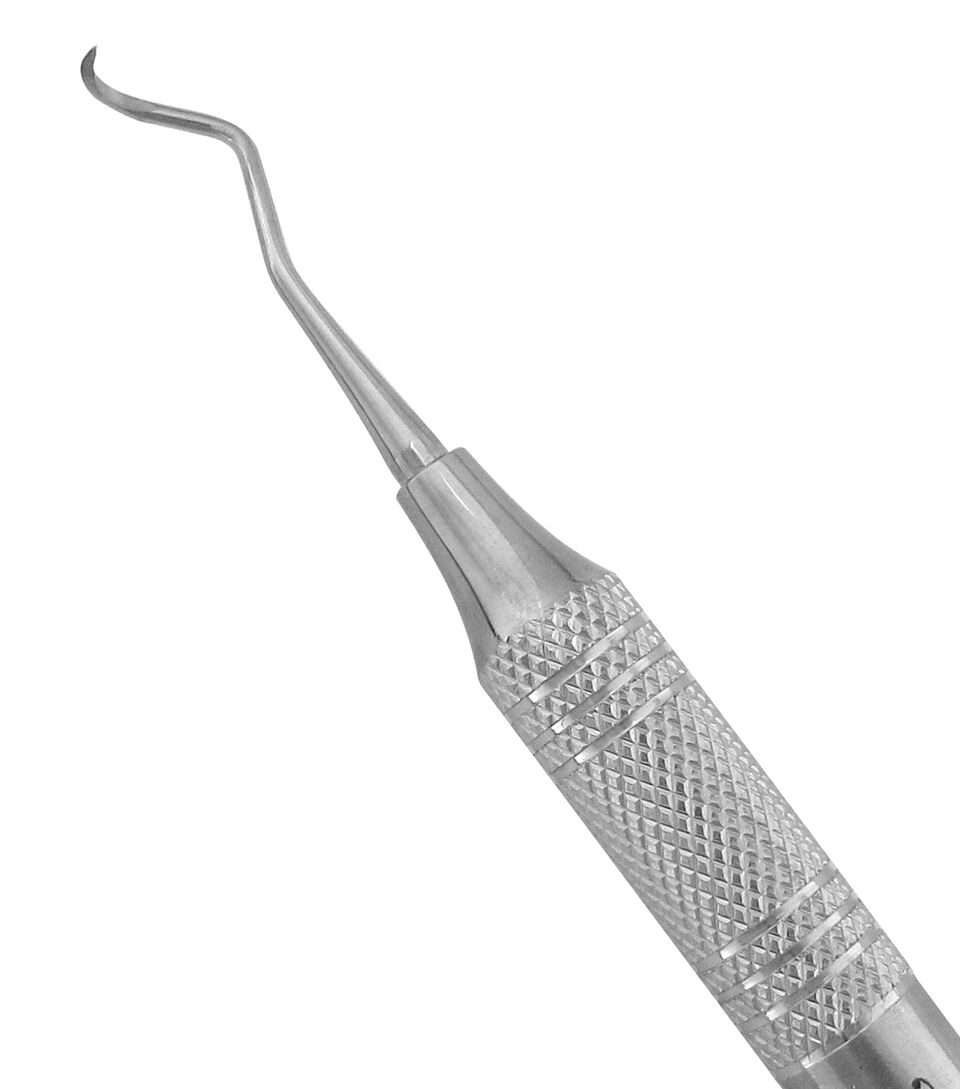 Scalers
Scalers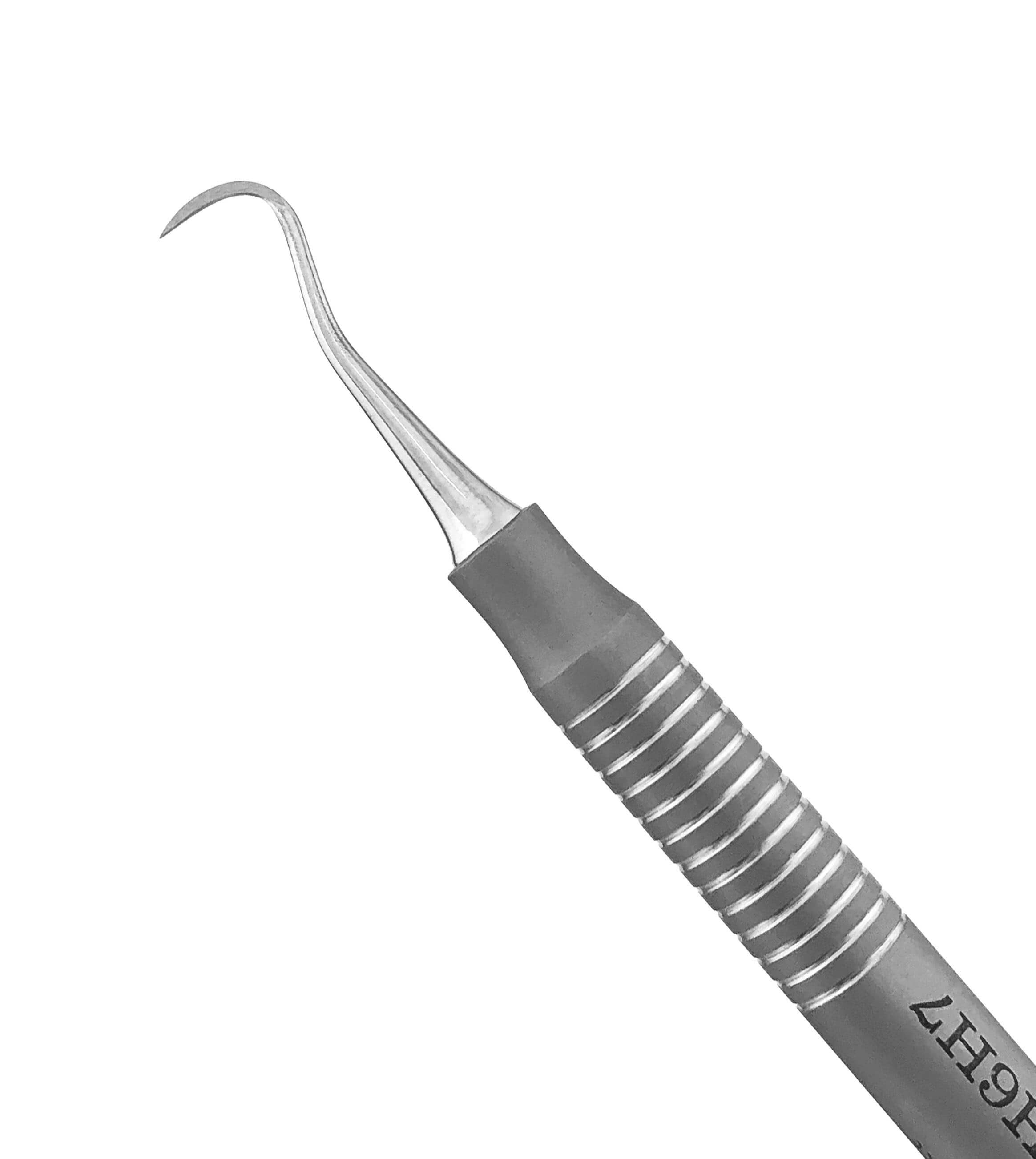 Siberian Stone™ Collection
Siberian Stone™ Collection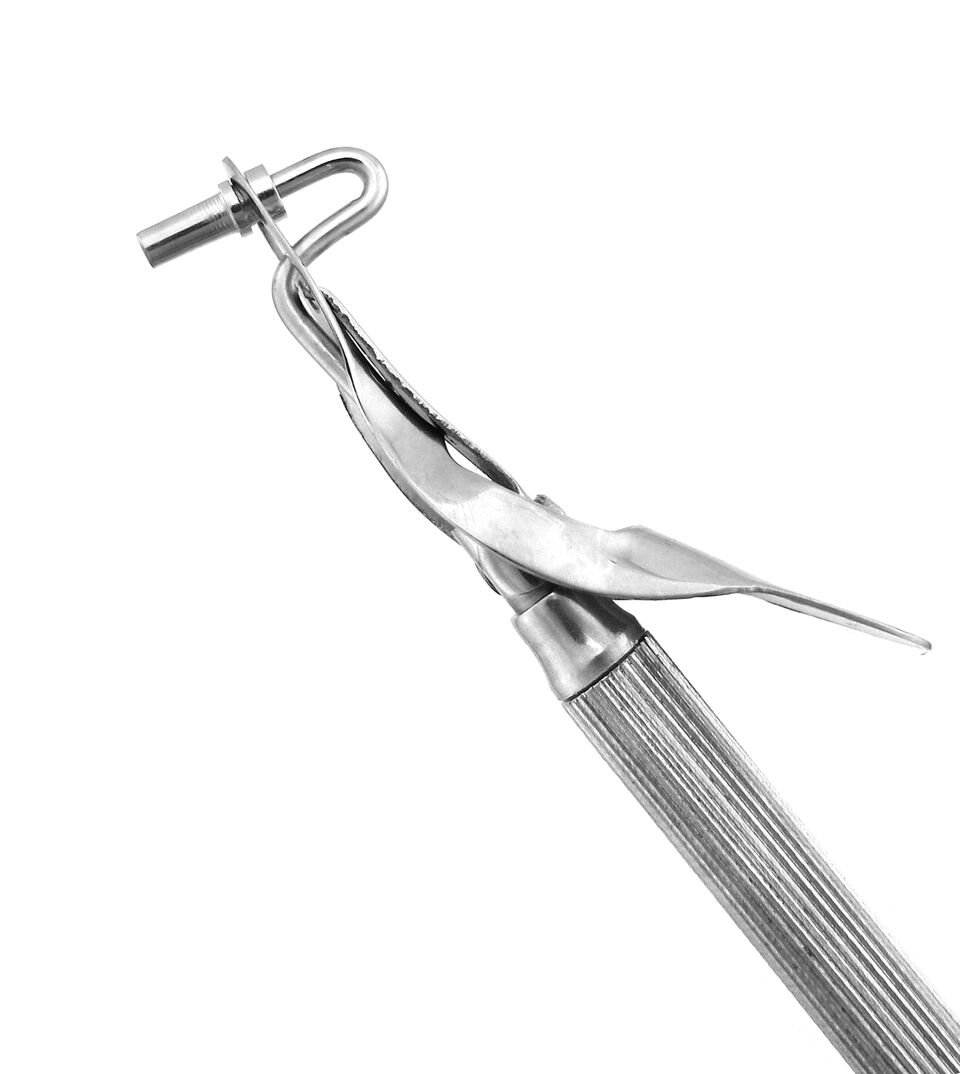 Amalgam Carriers & Well
Amalgam Carriers & Well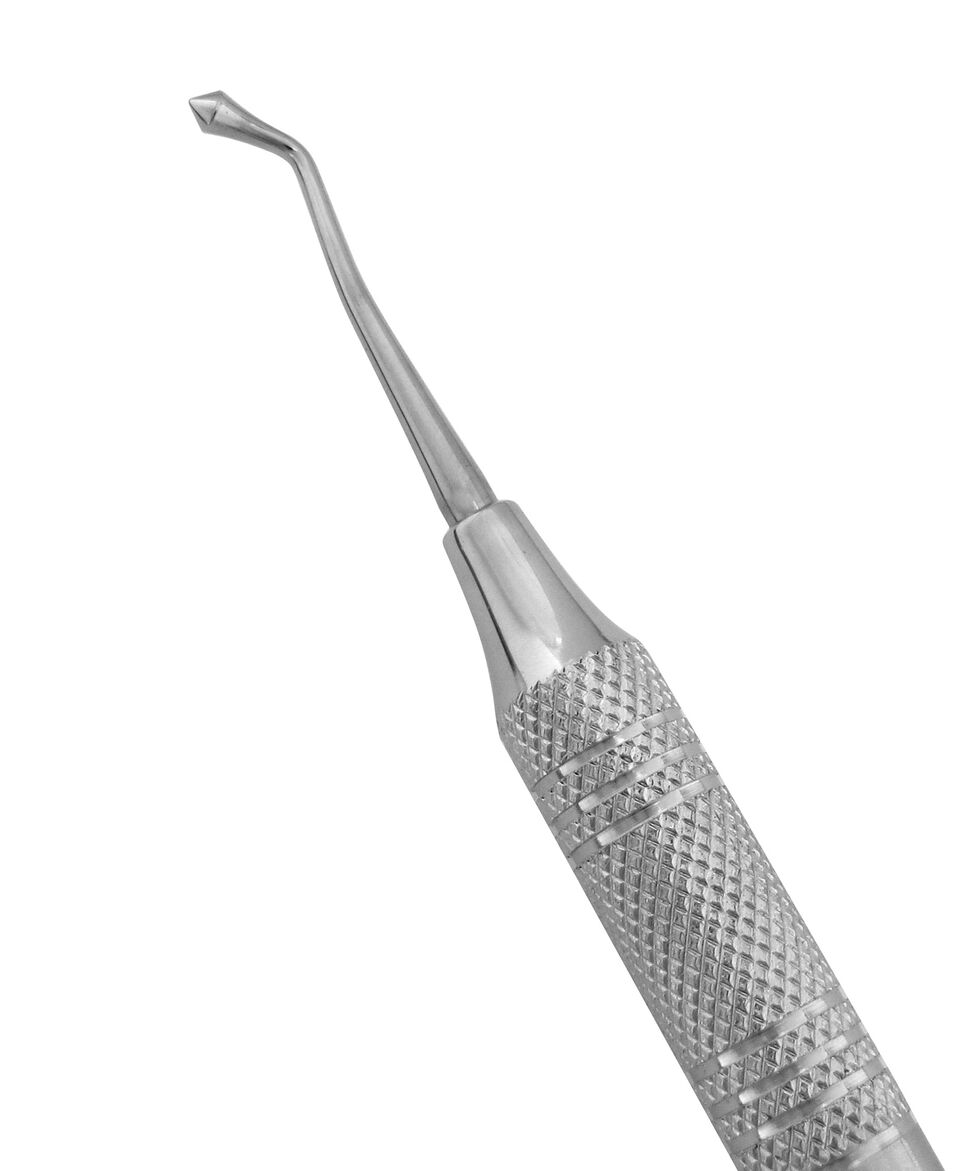 Burnishers
Burnishers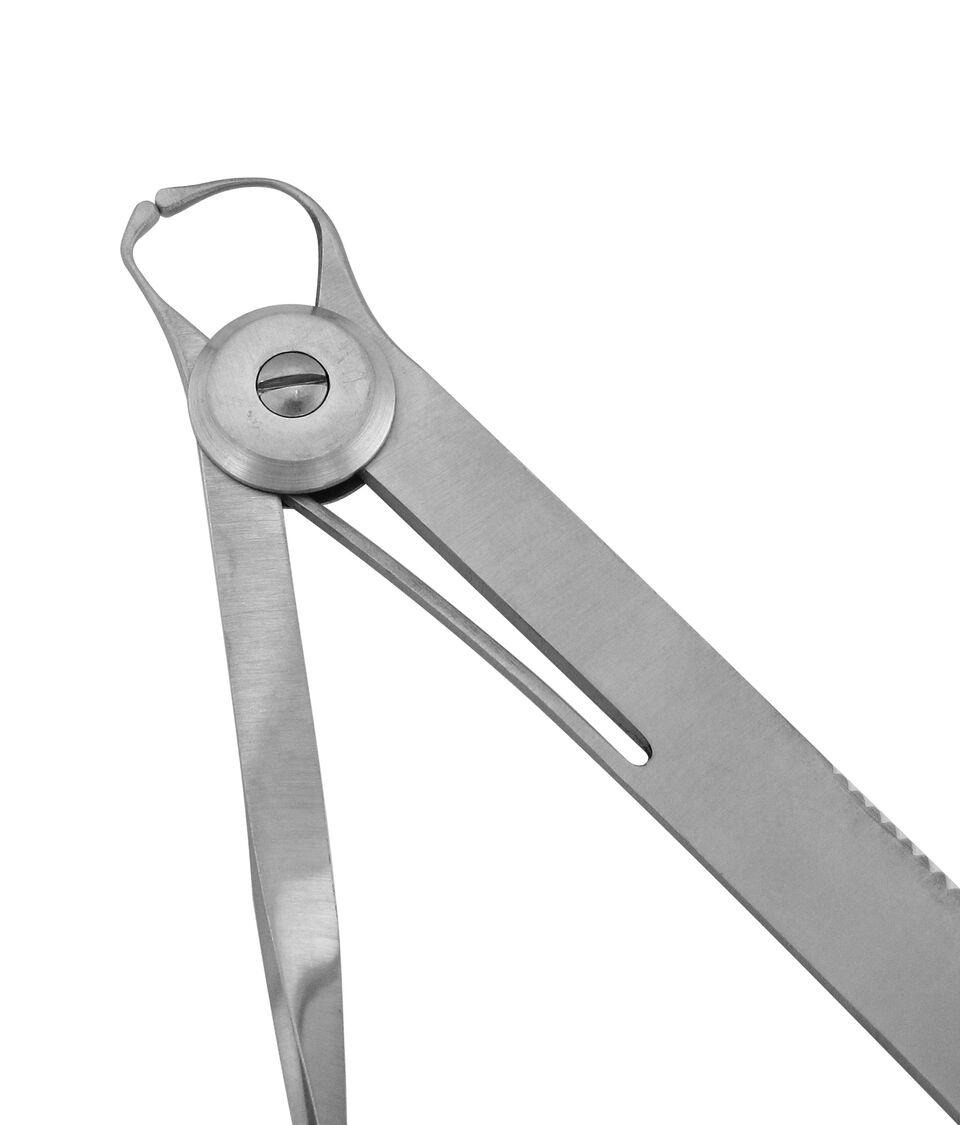 Calipers
Calipers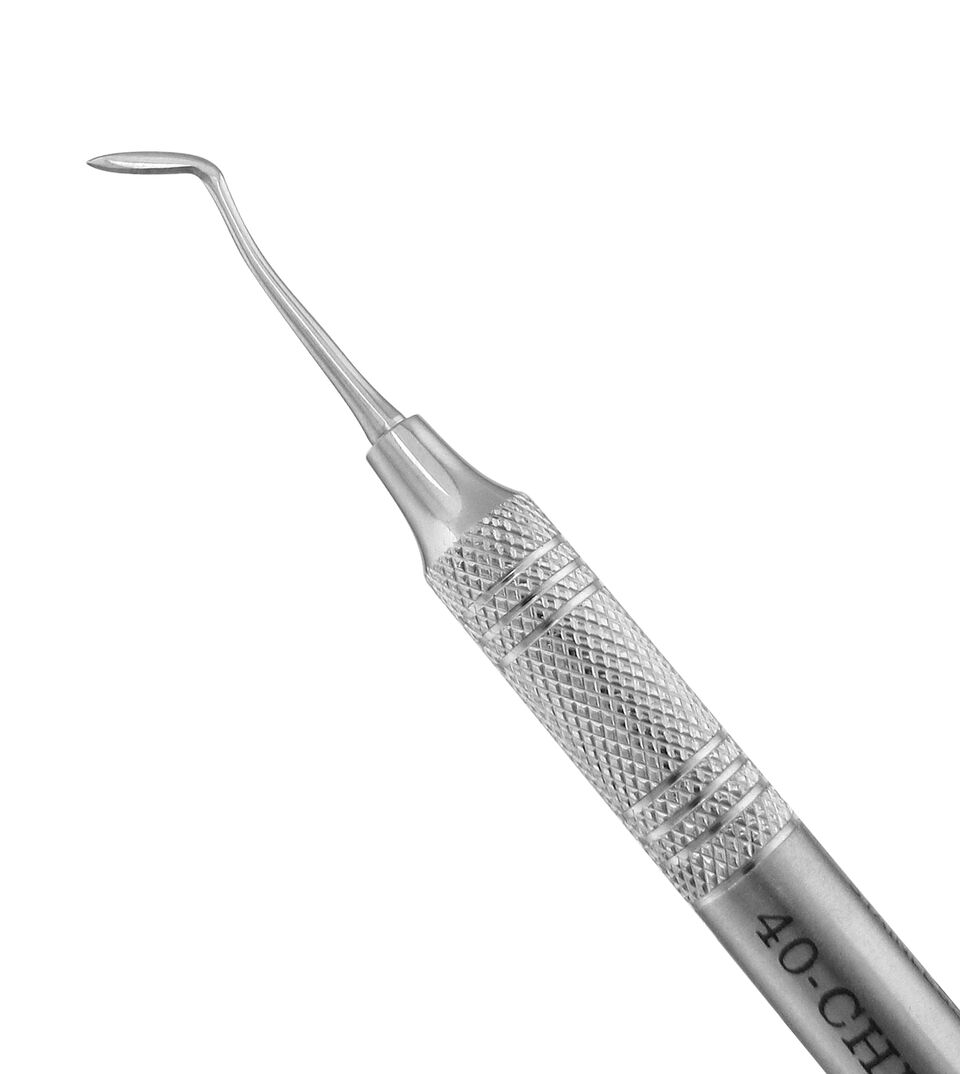 Carvers
Carvers Cement Spatulas
Cement Spatulas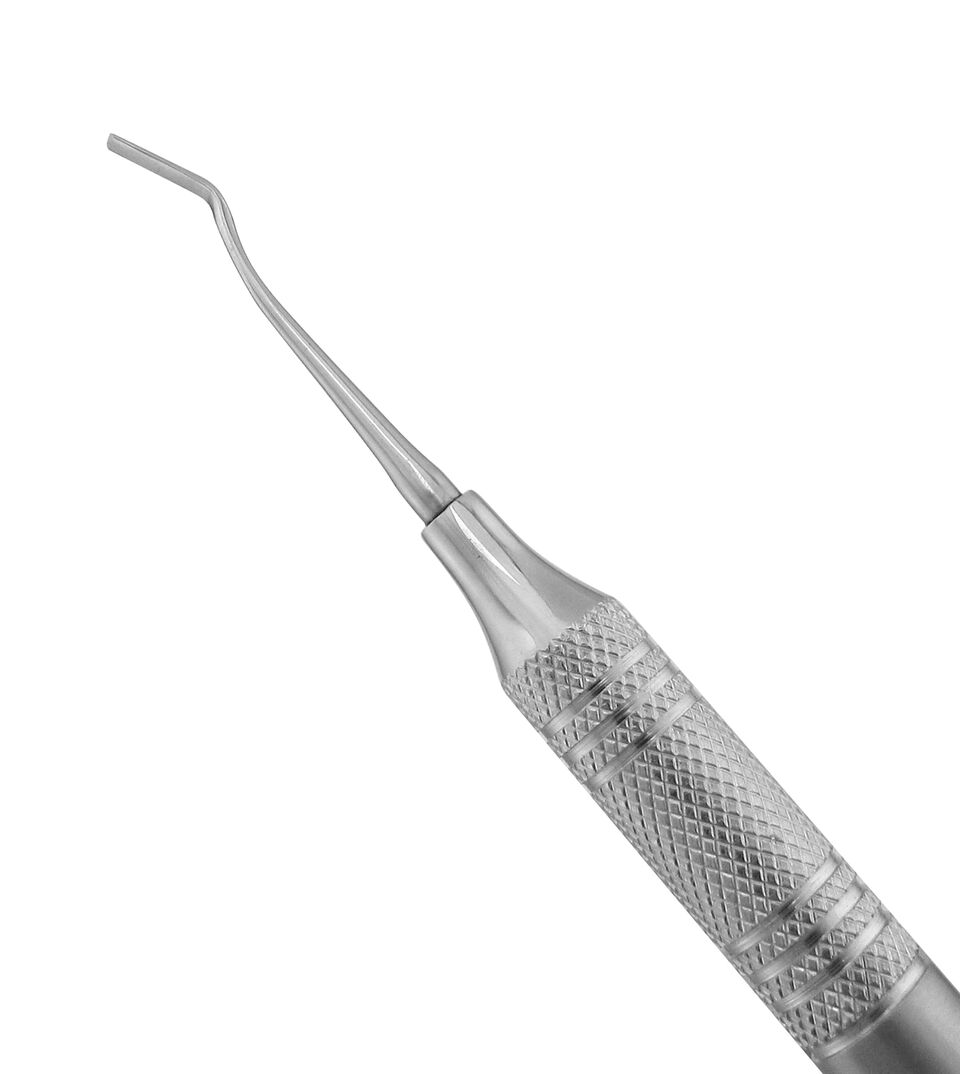 Chisels
Chisels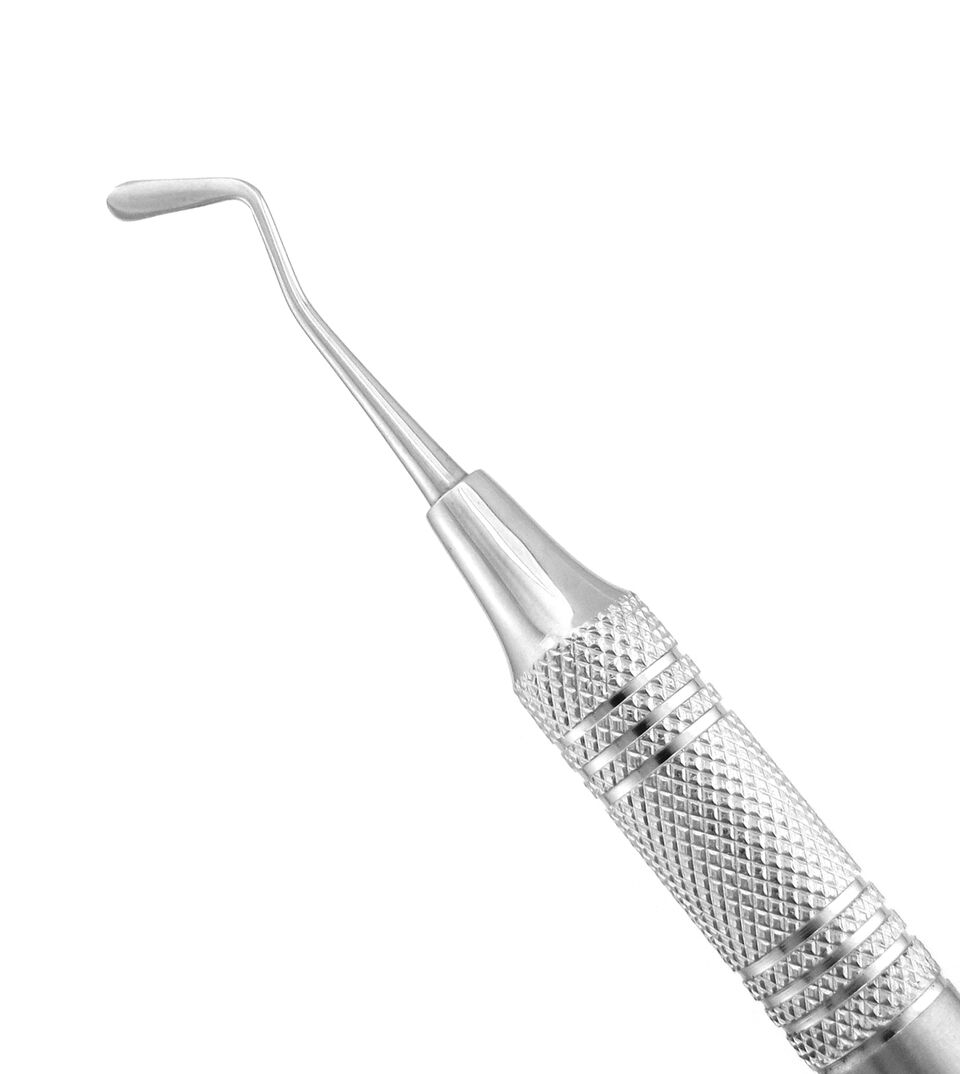 Composite & Plastic Filling Instruments
Composite & Plastic Filling Instruments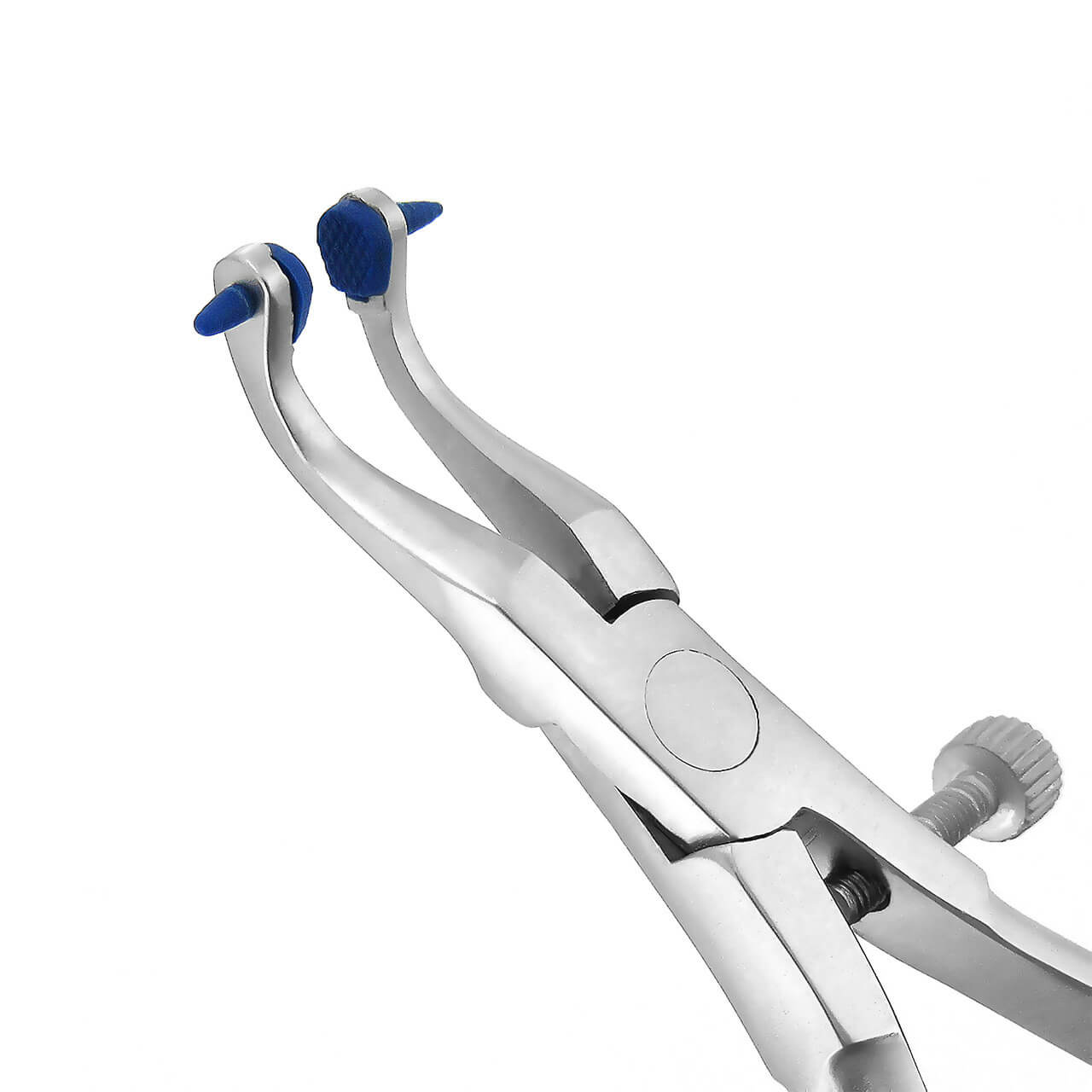 Crown Removers & Spreaders
Crown Removers & Spreaders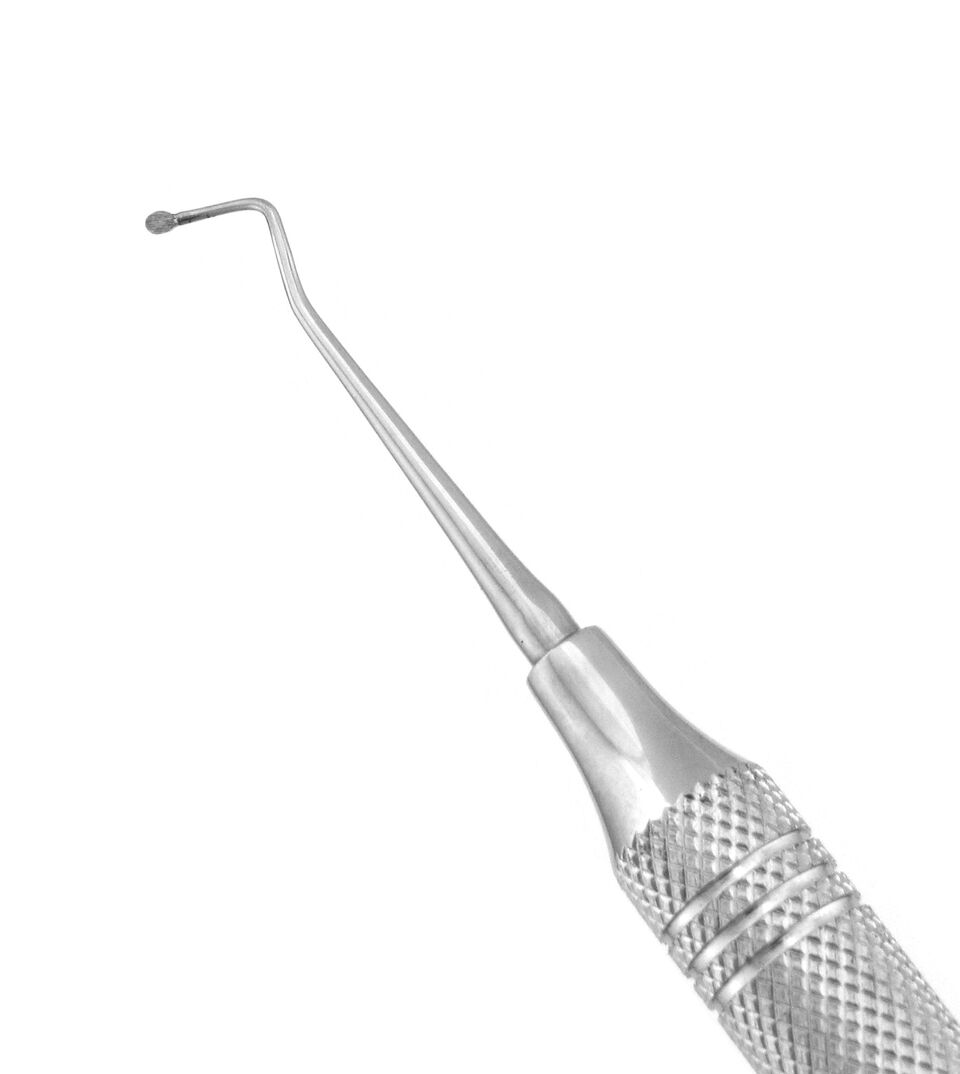 Excavators
Excavators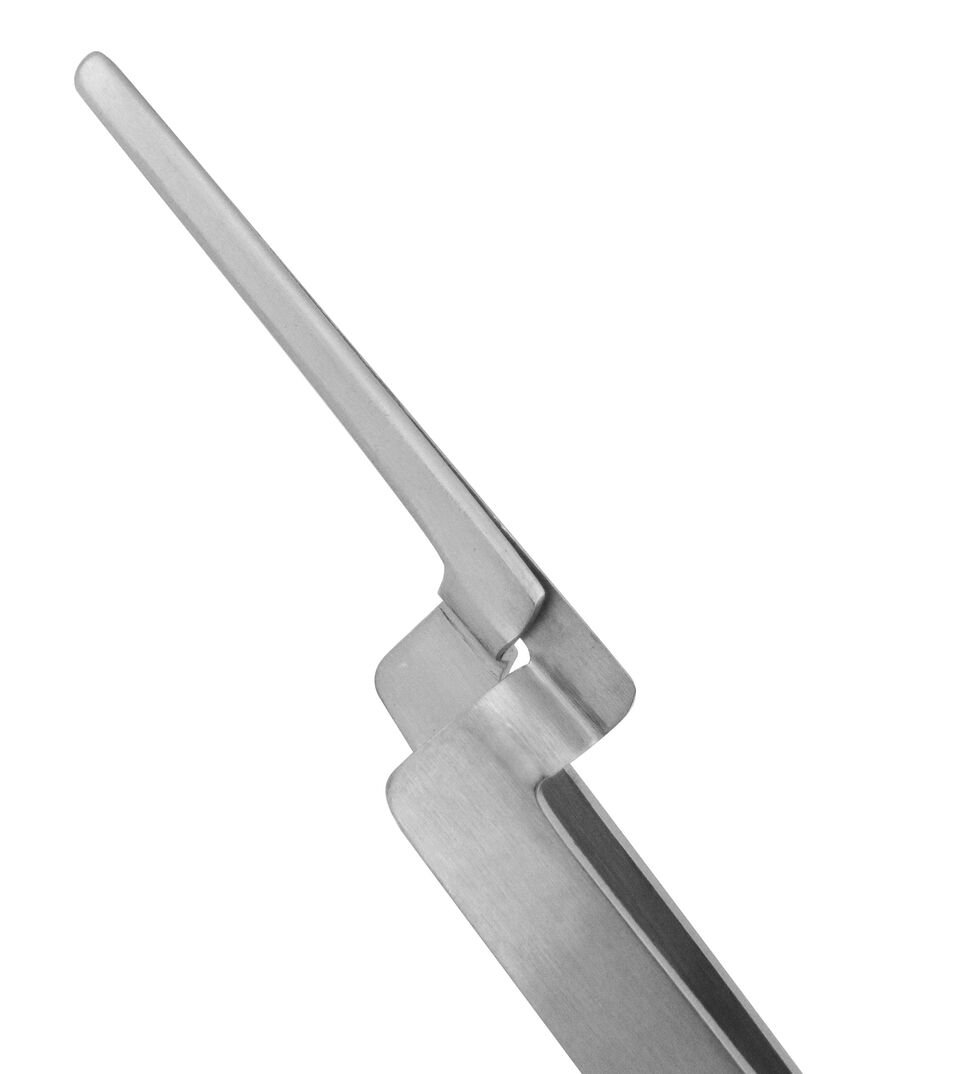 Forceps & Tweezers
Forceps & Tweezers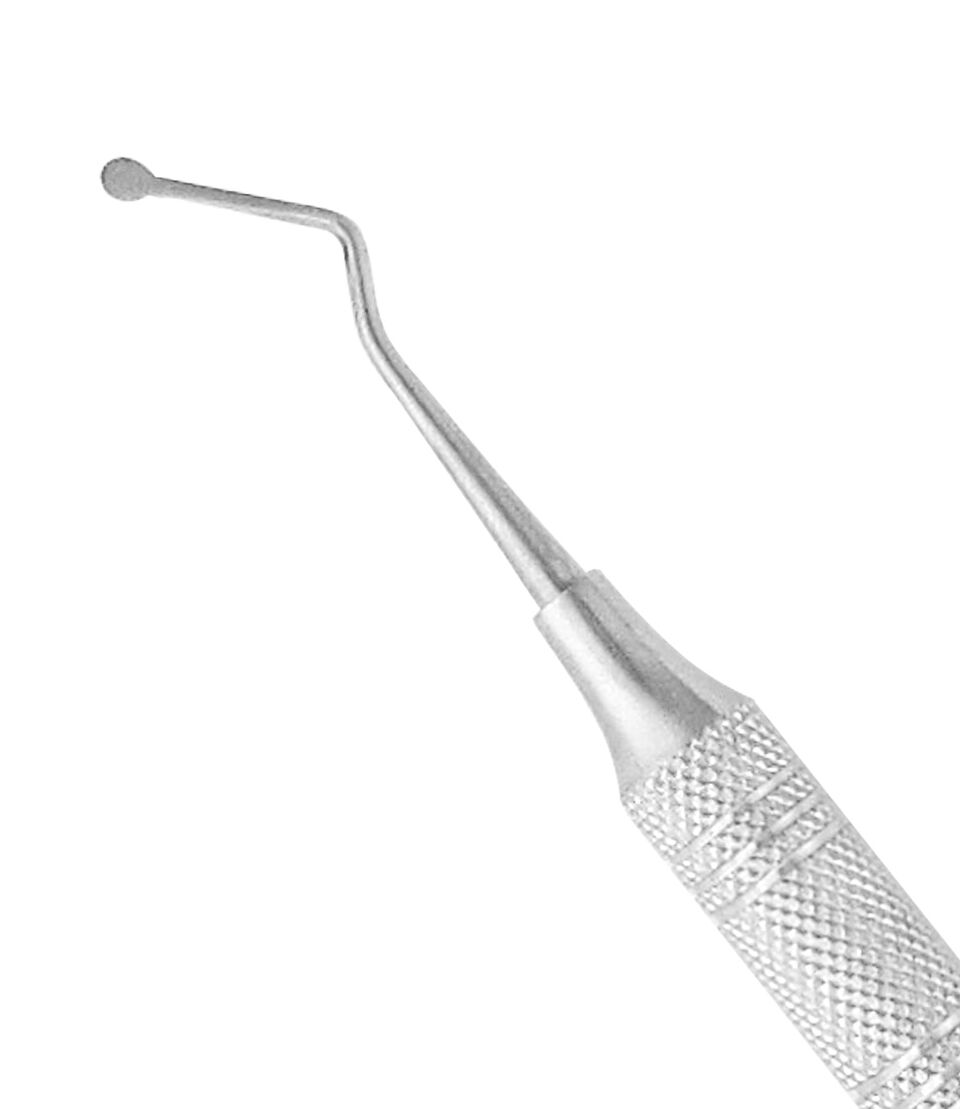 Gingival Cord Packers
Gingival Cord Packers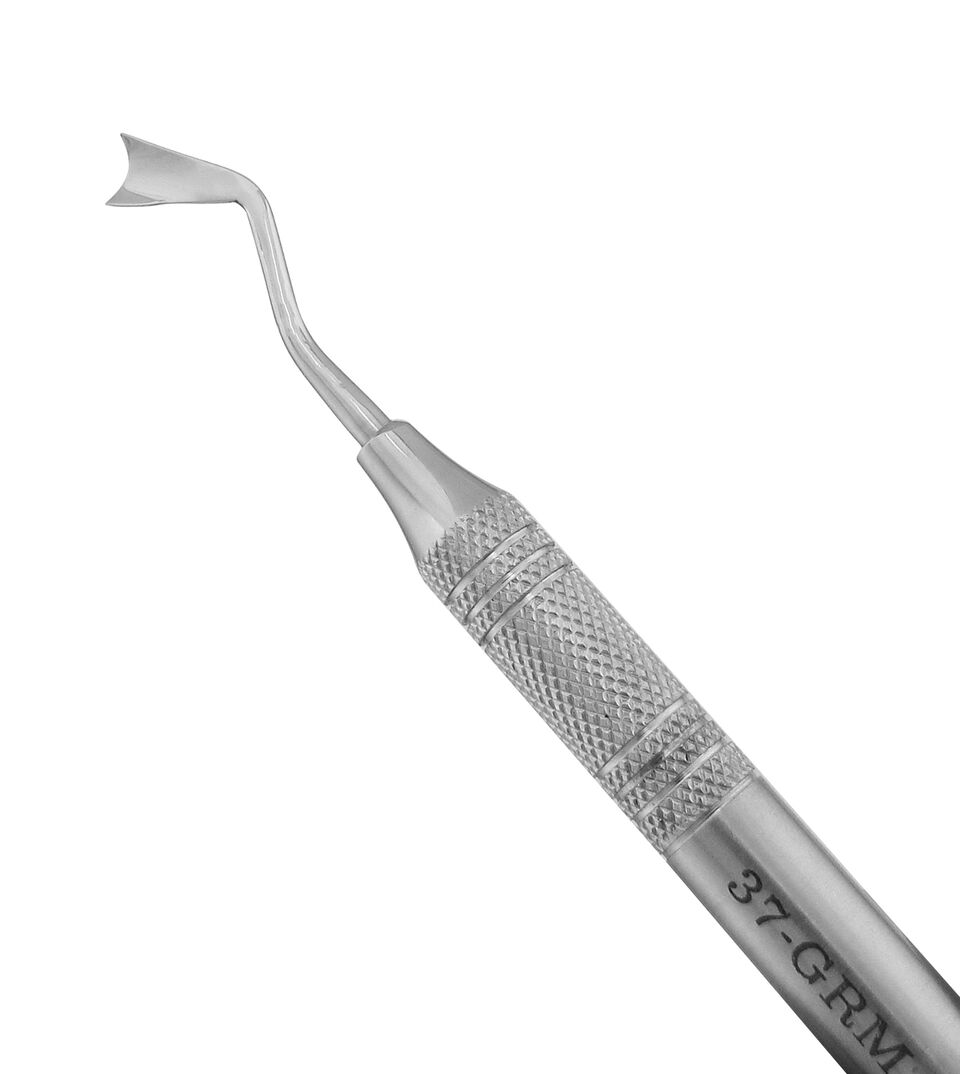 Gingival Retractors
Gingival Retractors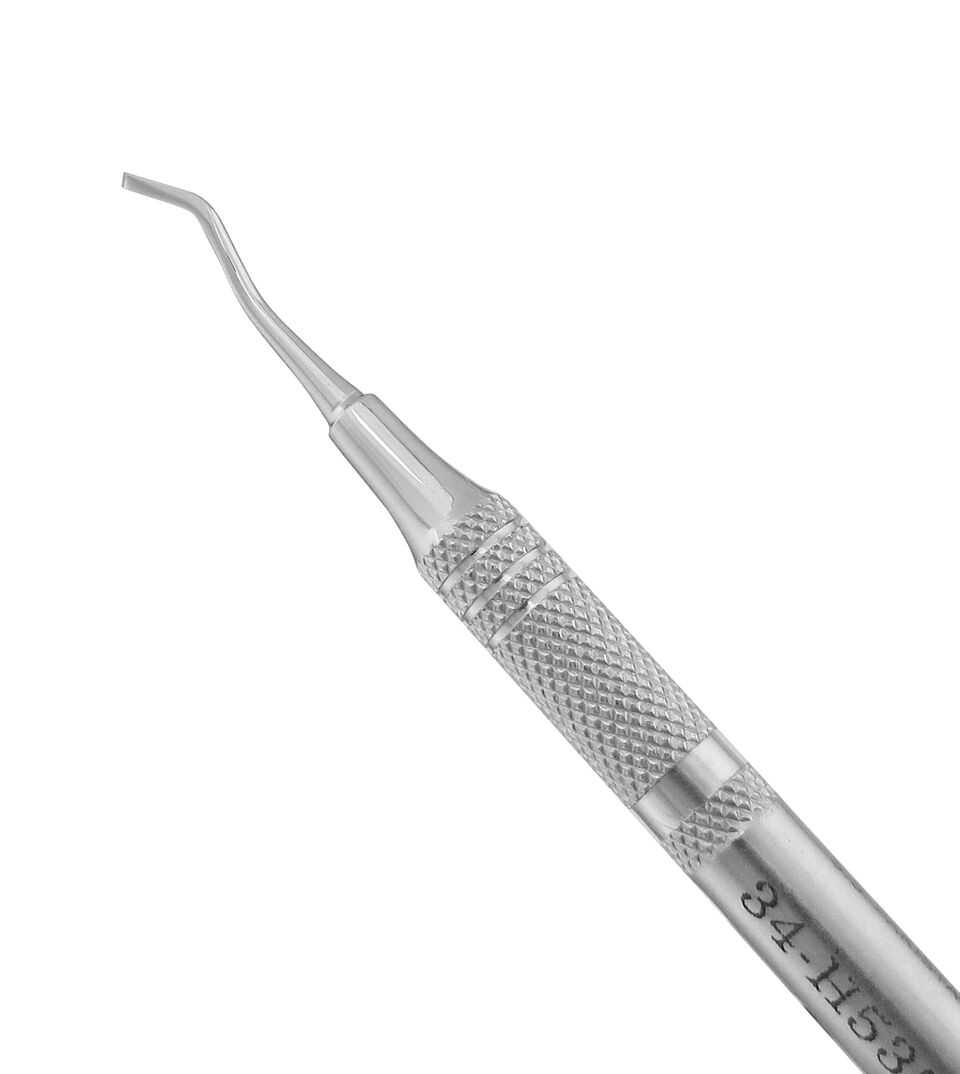 Hatchets
Hatchets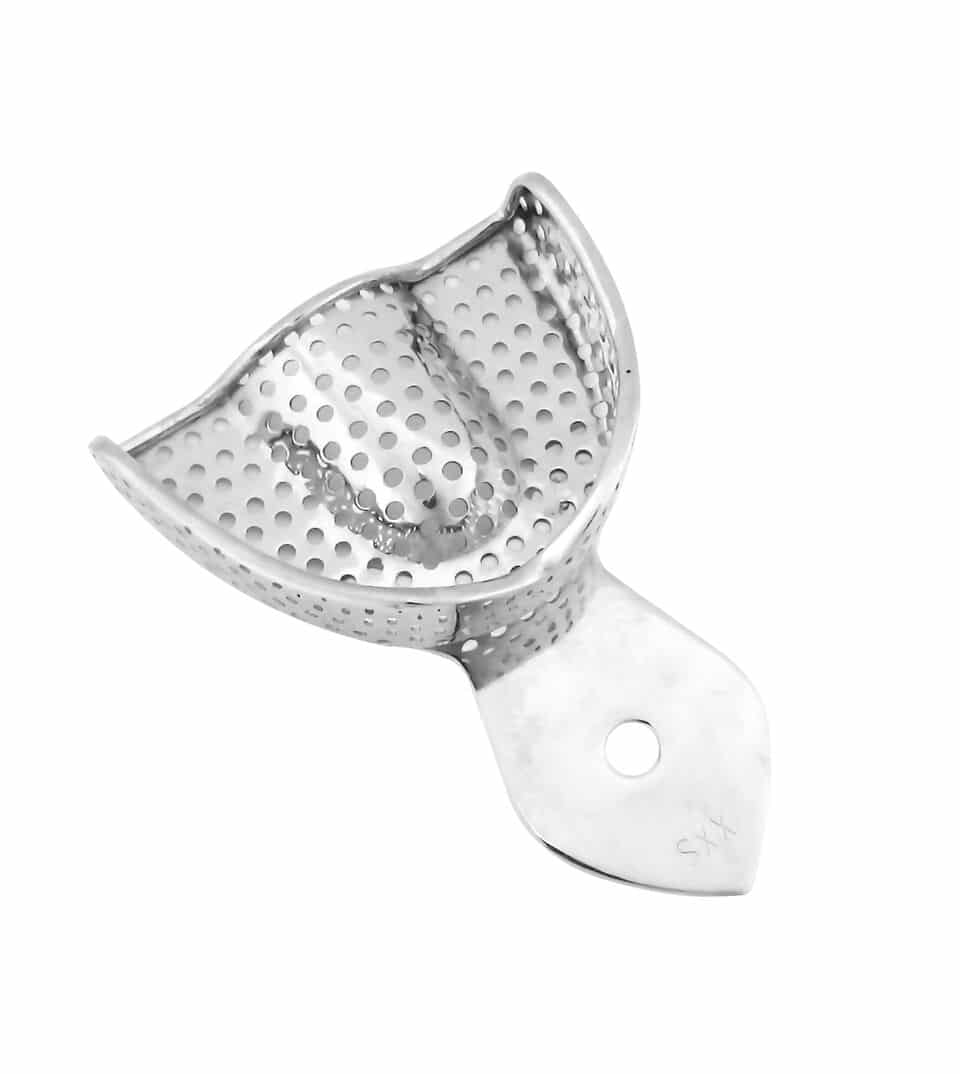 Impression Tray Sets
Impression Tray Sets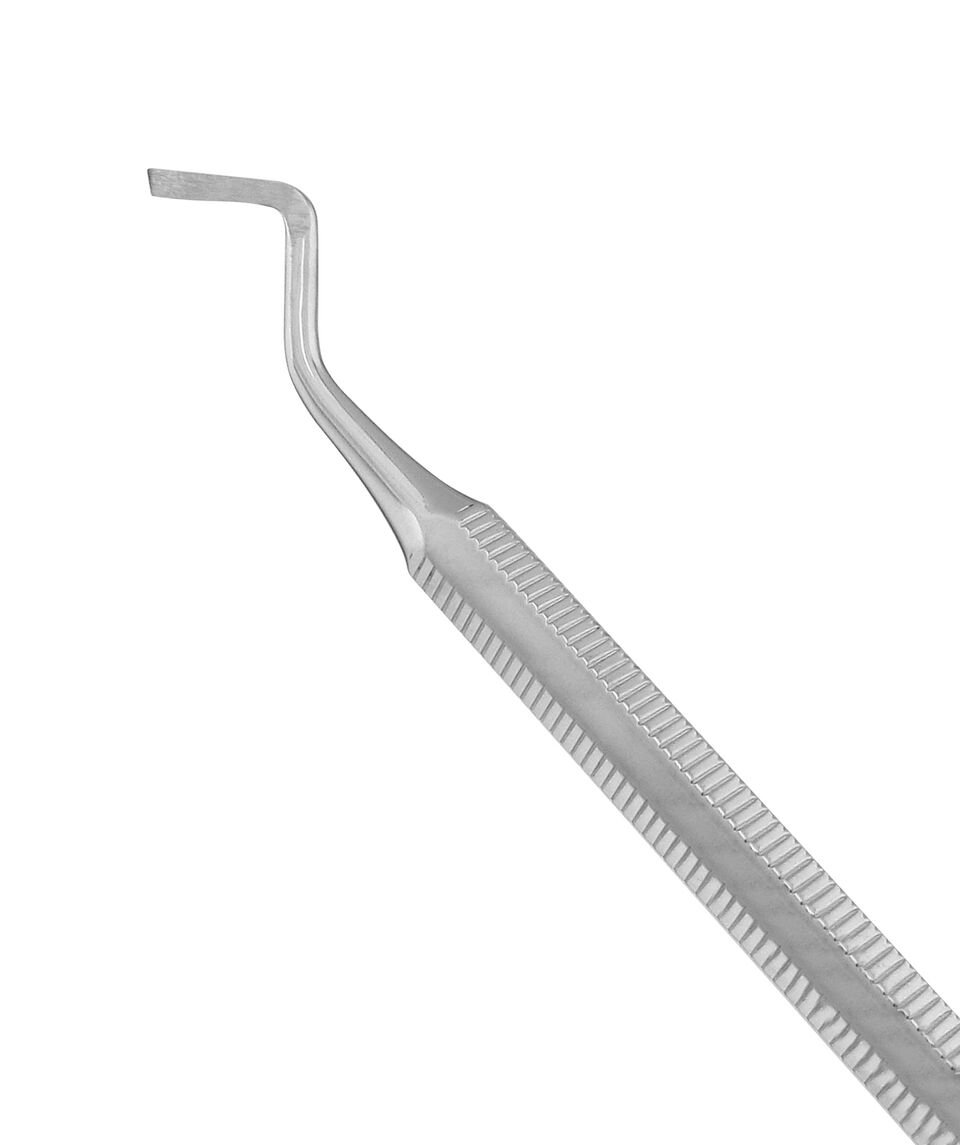 Margin Trimmers
Margin Trimmers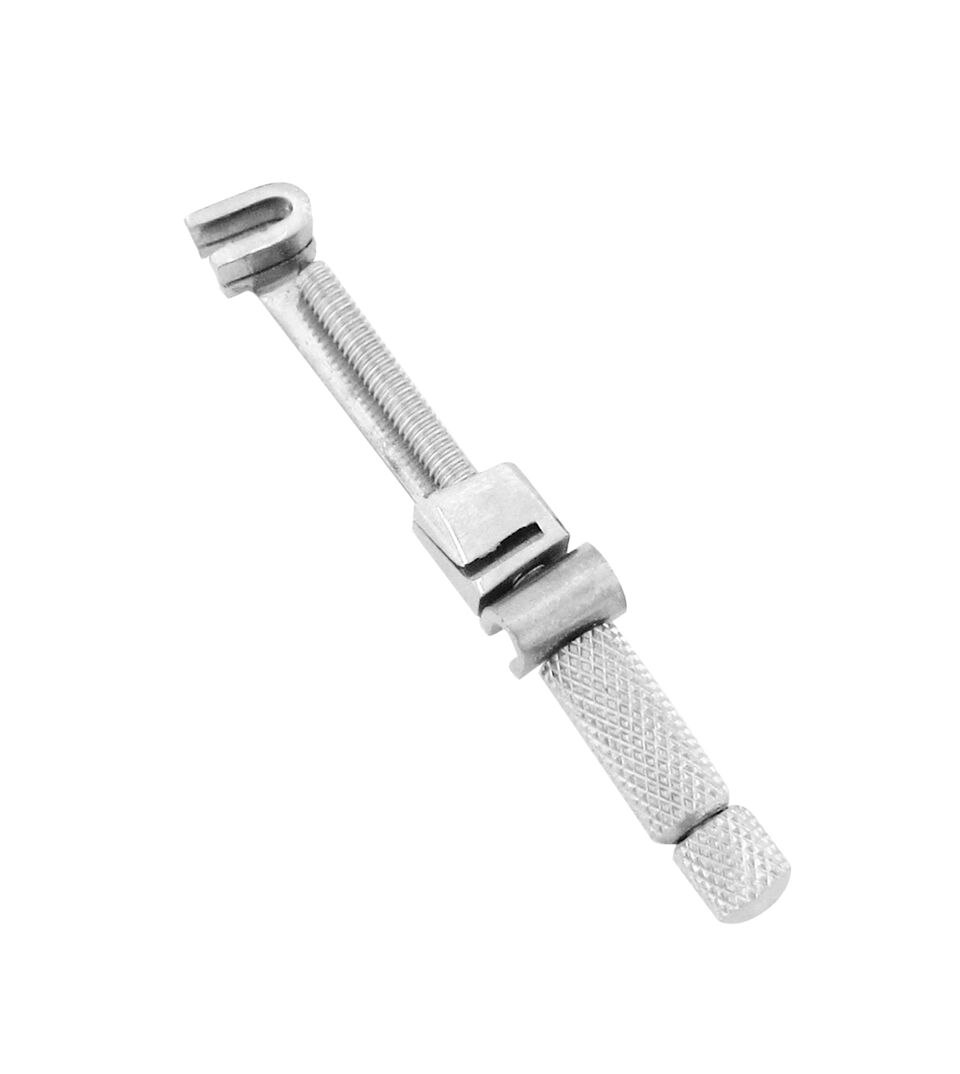 Matrix Retainers
Matrix Retainers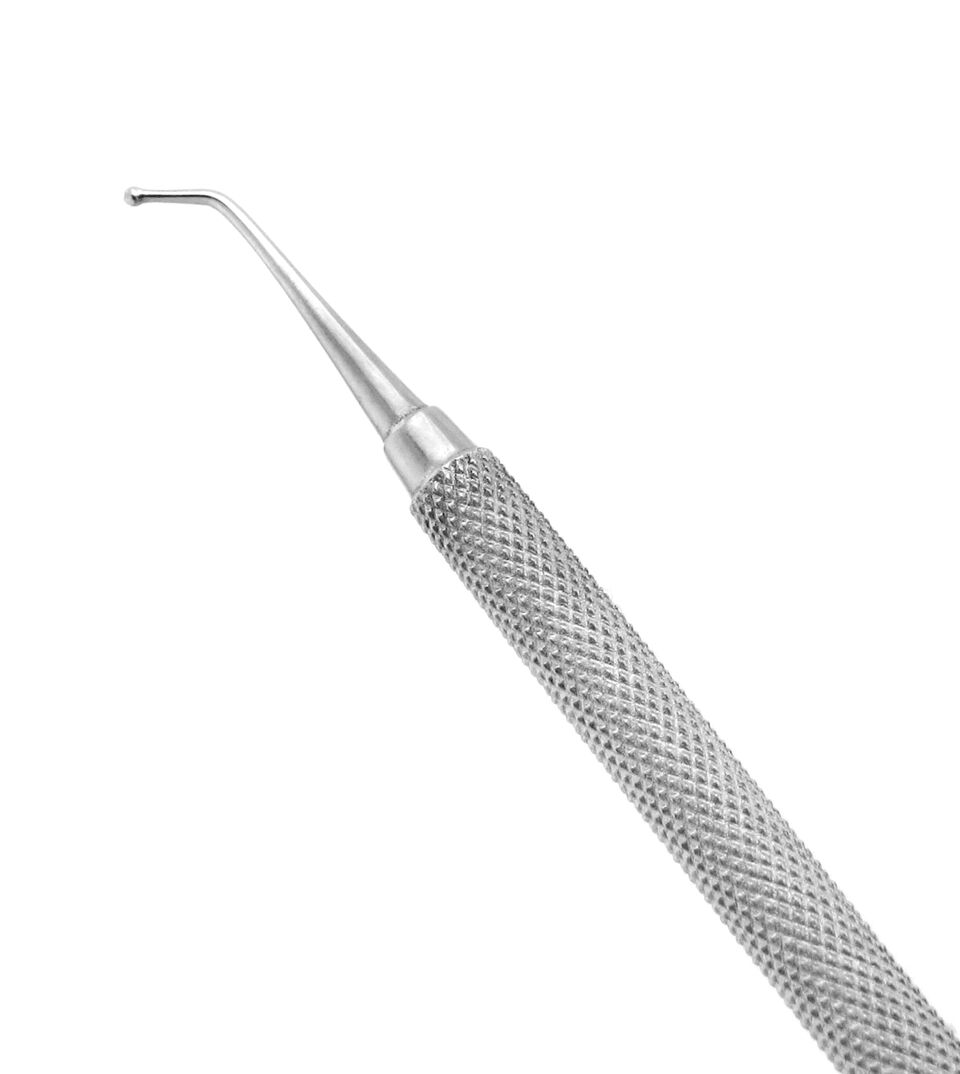 Placement Instruments
Placement Instruments Plaster Knives & Nippers
Plaster Knives & Nippers Plaster Spatulas
Plaster Spatulas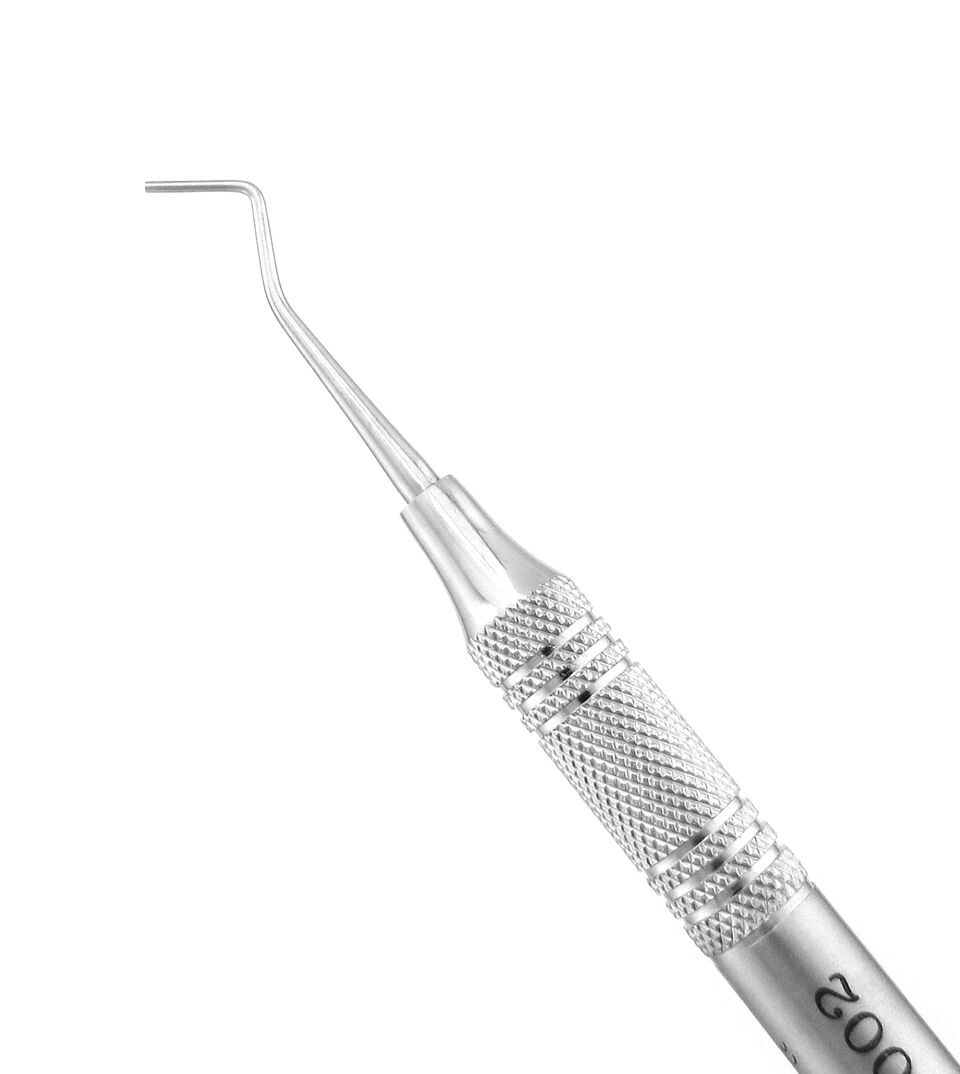 Pluggers/Condensers
Pluggers/Condensers Restorative Sets
Restorative Sets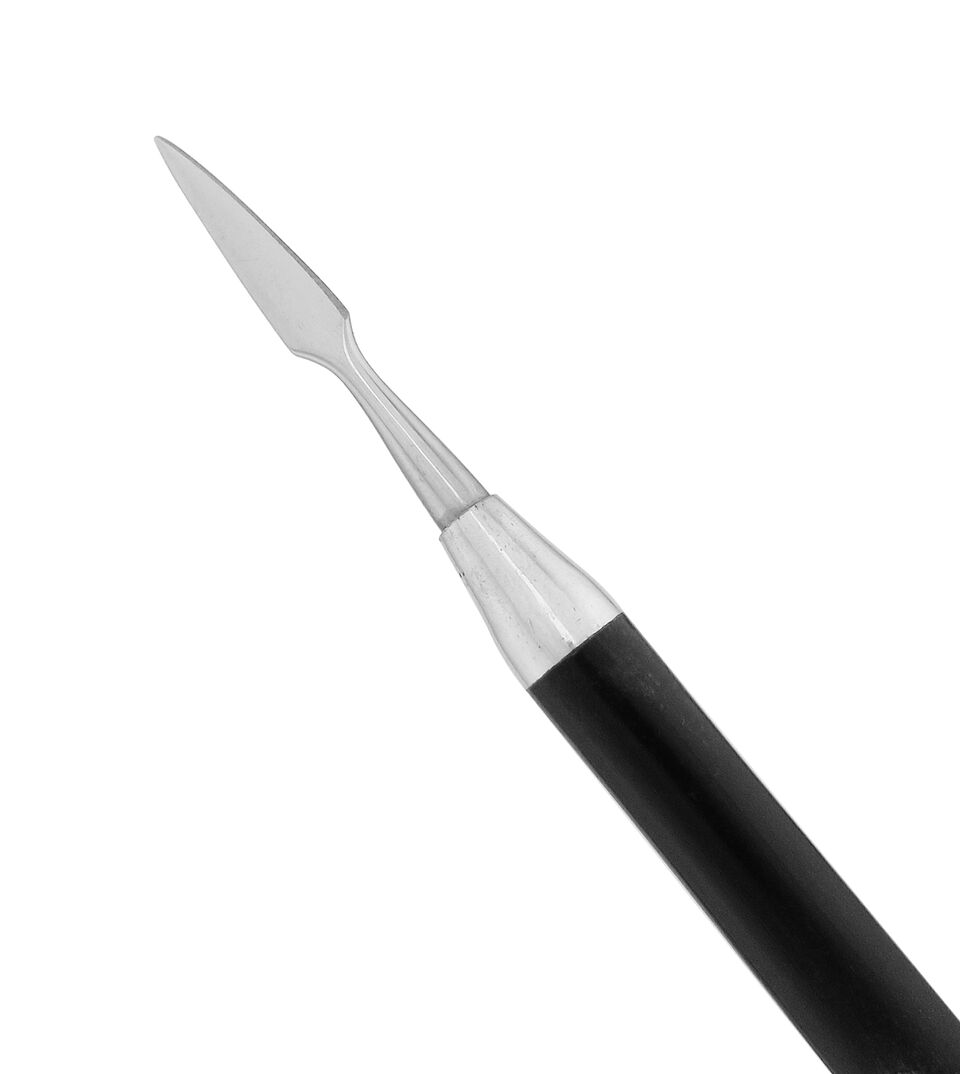 Wax & Porcelain Carvers
Wax & Porcelain Carvers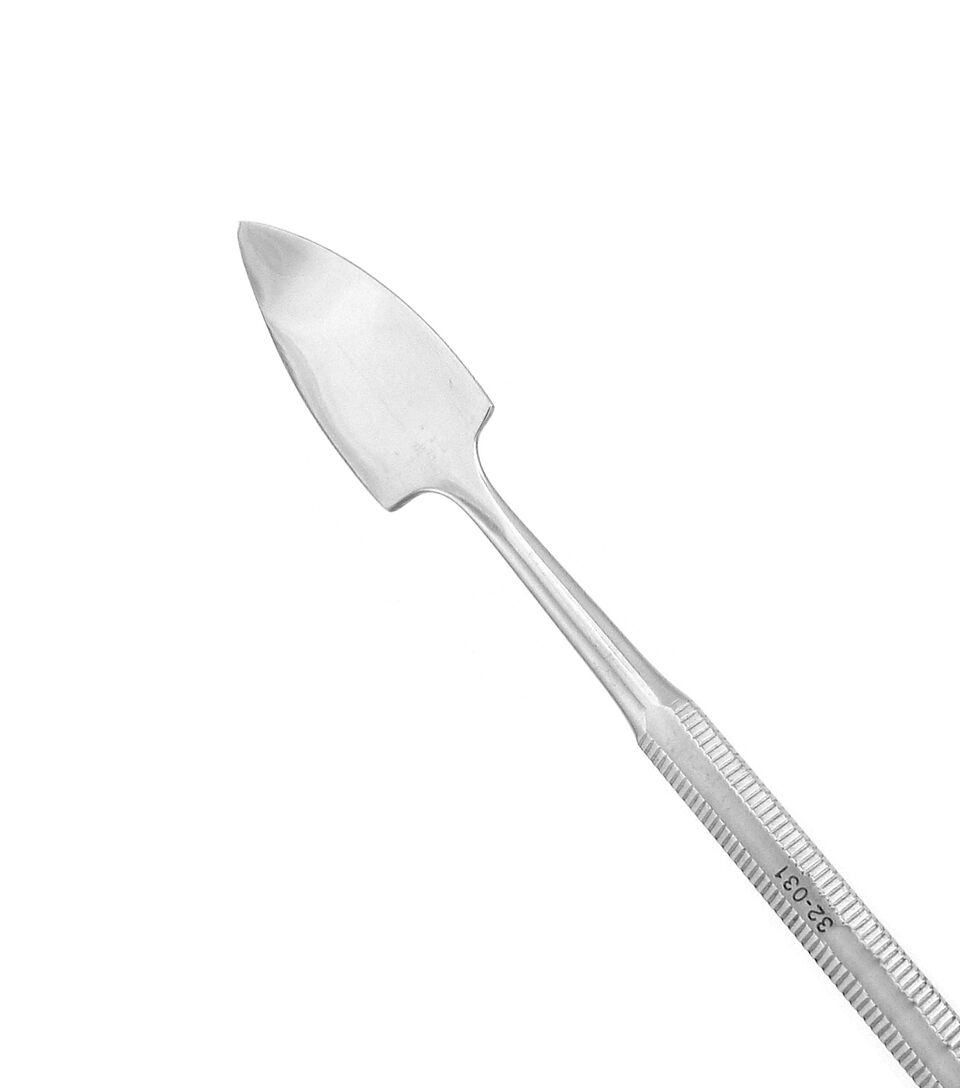 Wax Spatulas
Wax Spatulas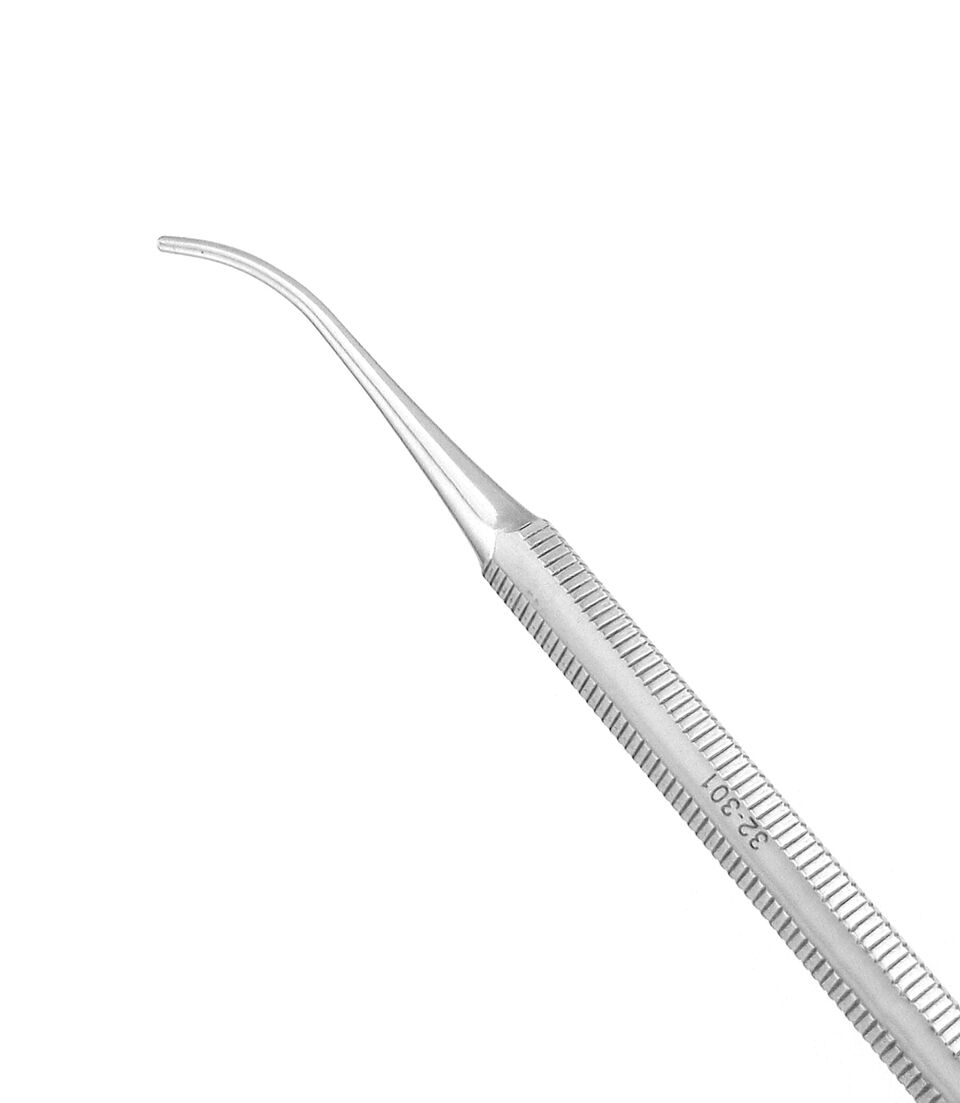 Waxing Instruments
Waxing Instruments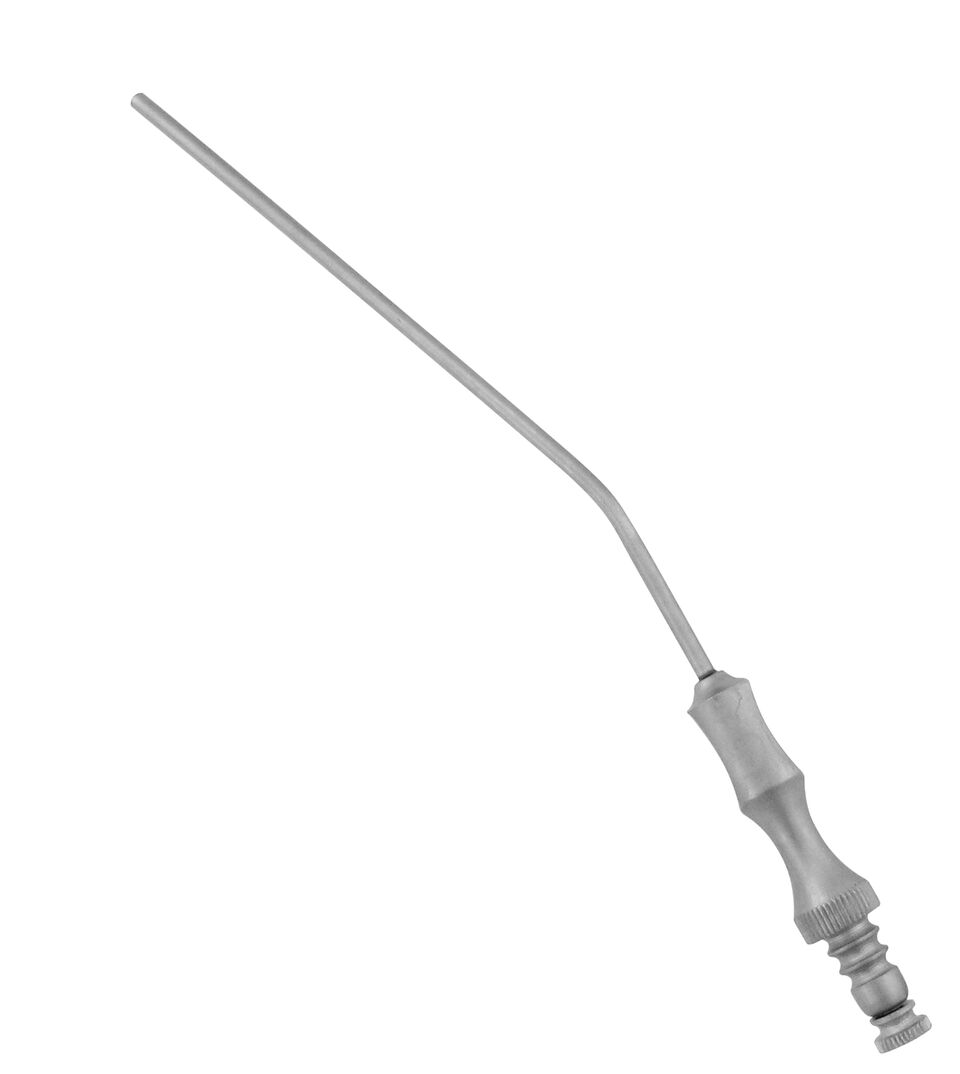 Aspirators
Aspirators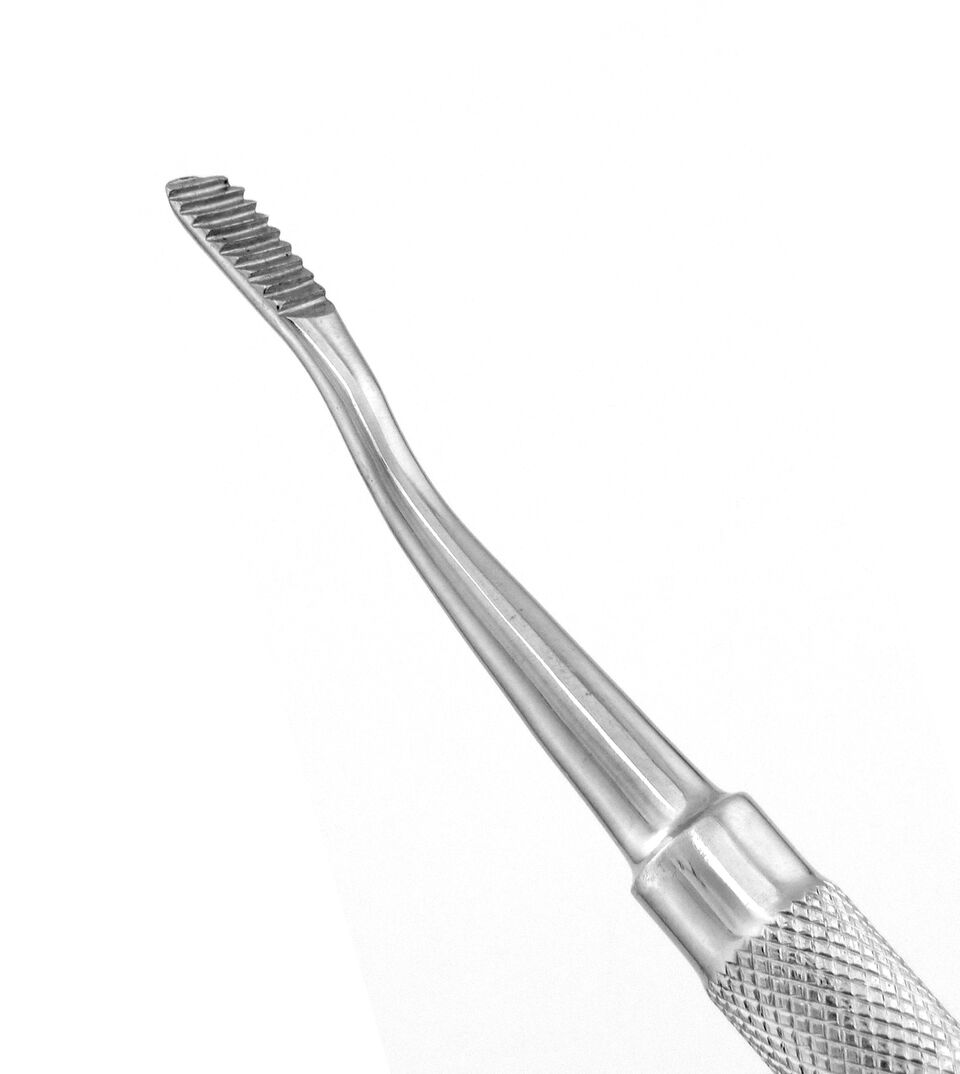 Bone Chisels
Bone Chisels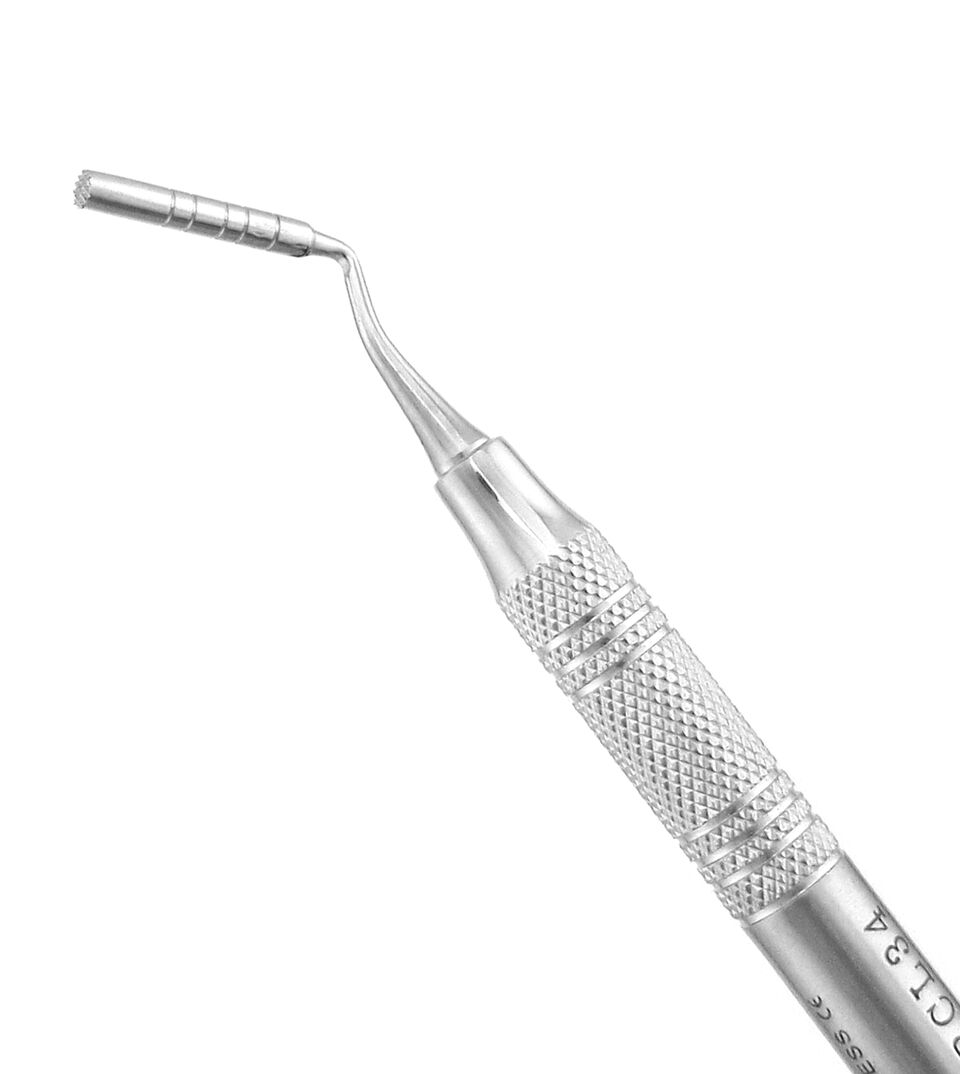 Bone Grafting Instruments
Bone Grafting Instruments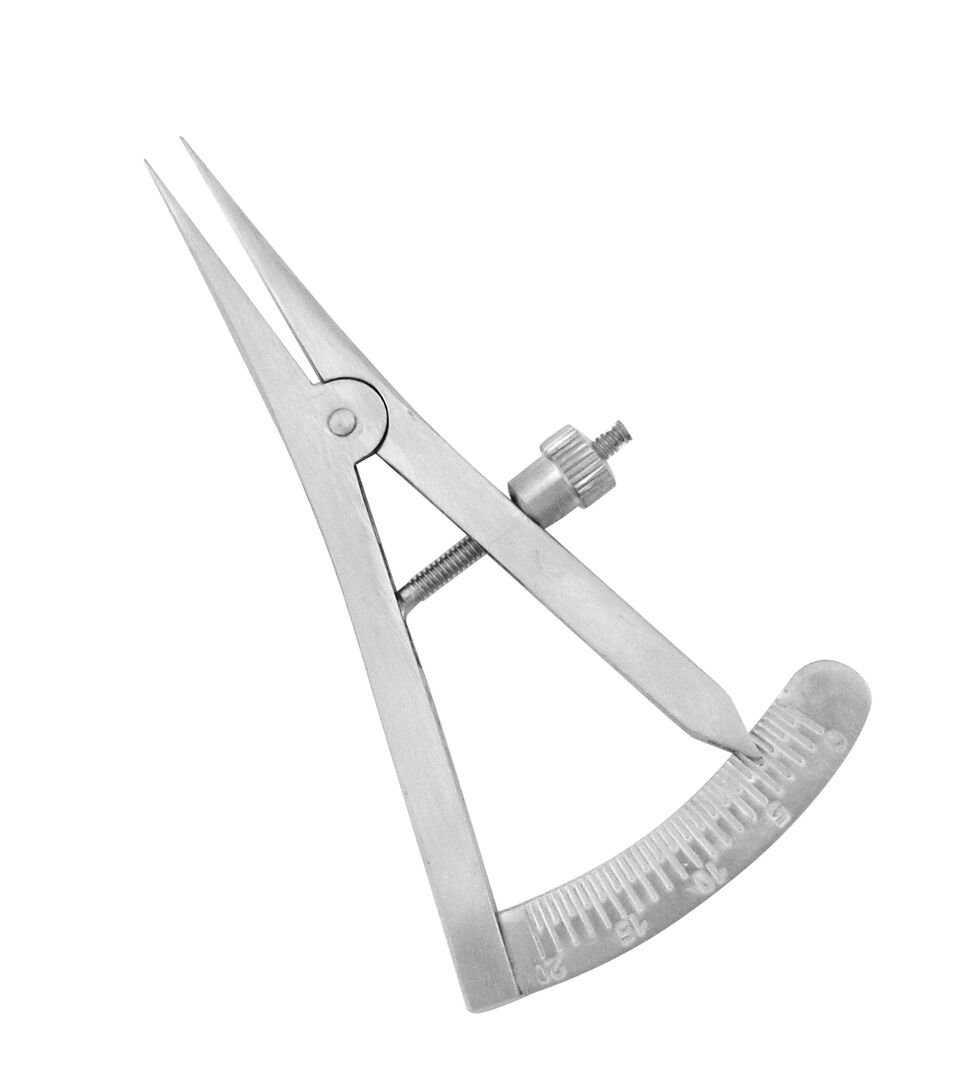 Calipers
Calipers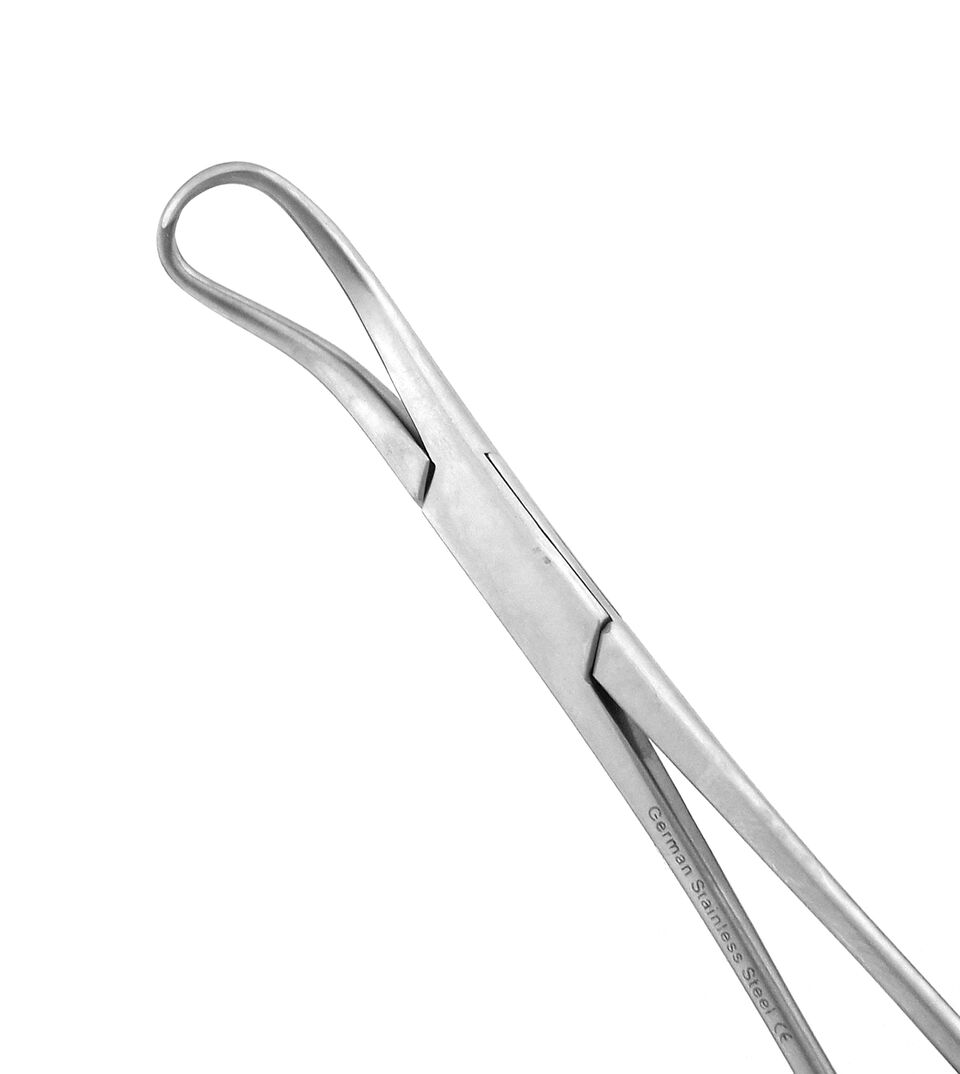 Clamps
Clamps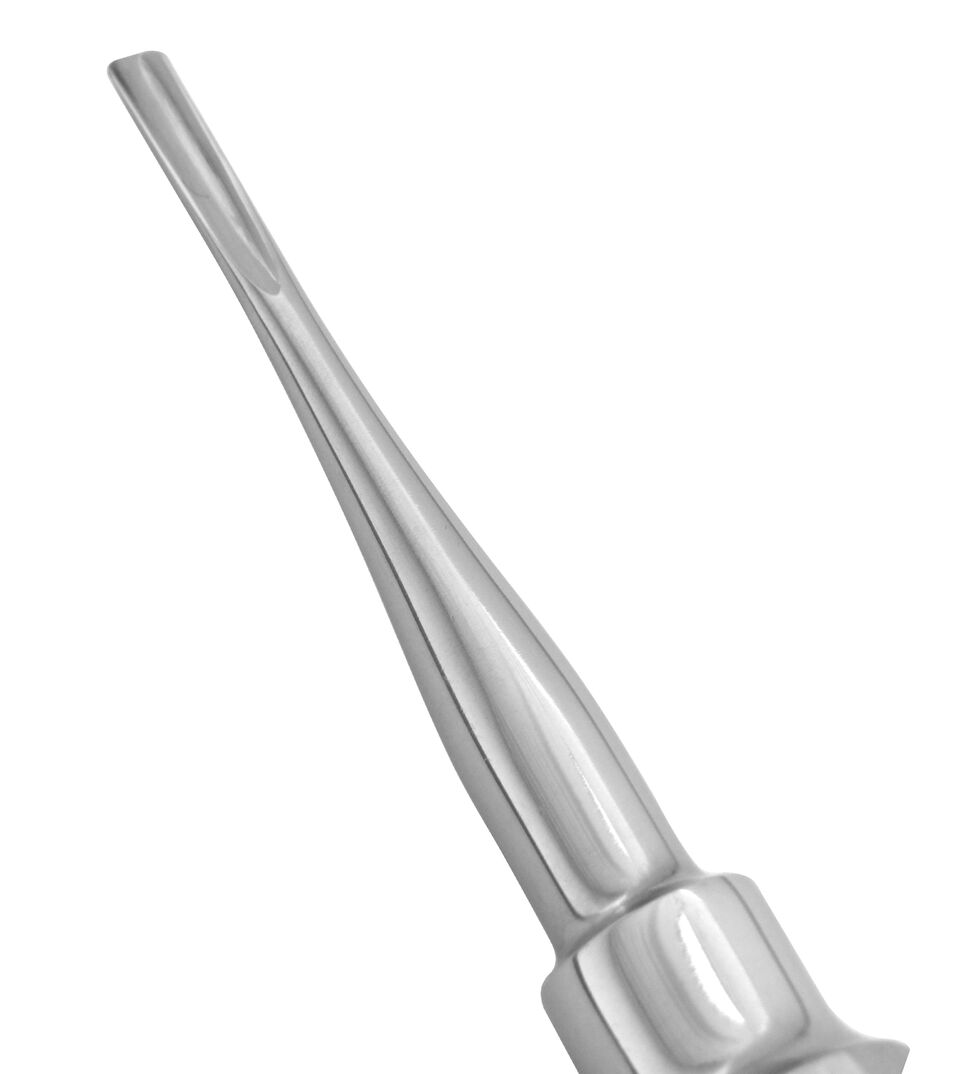 Dental Elevators
Dental Elevators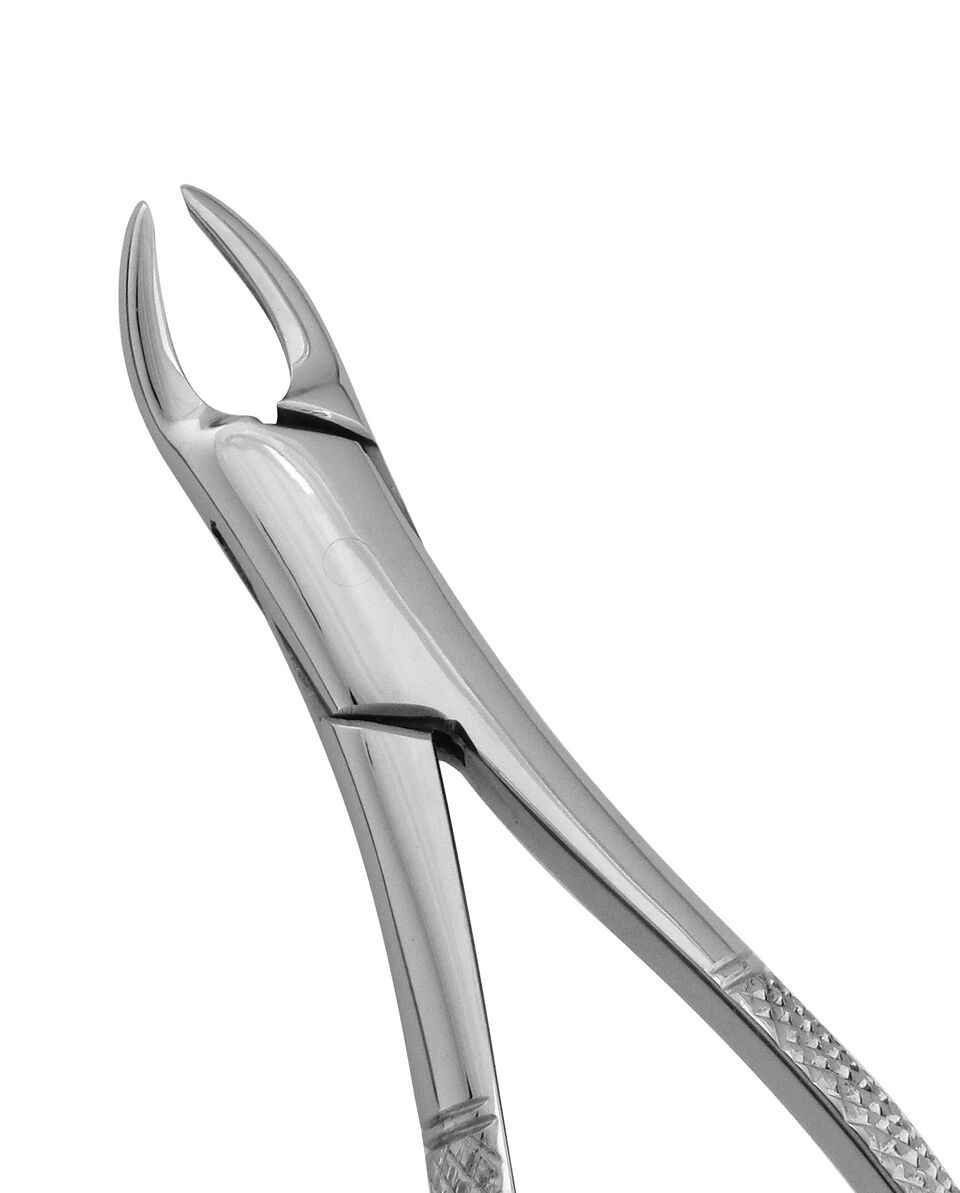 Extraction Forceps
Extraction Forceps Hemostats & Forceps
Hemostats & Forceps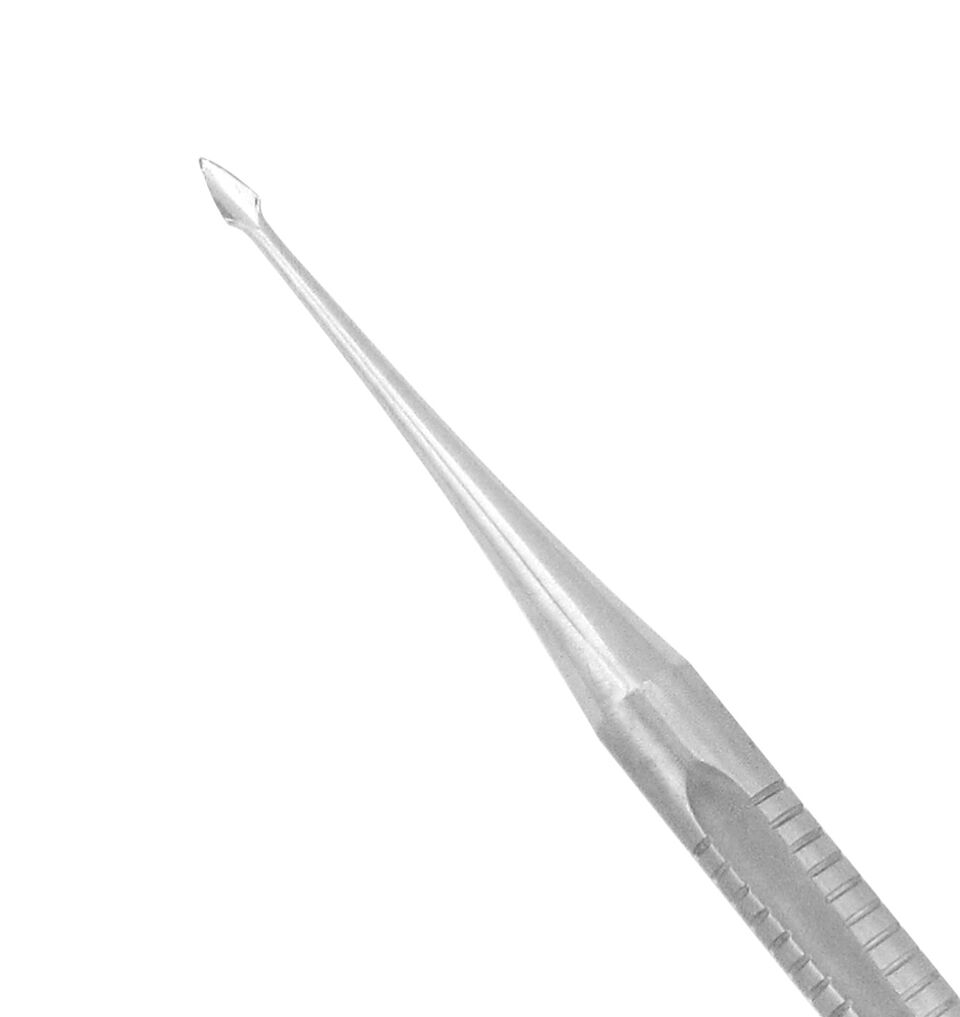 Hybrid Instruments
Hybrid Instruments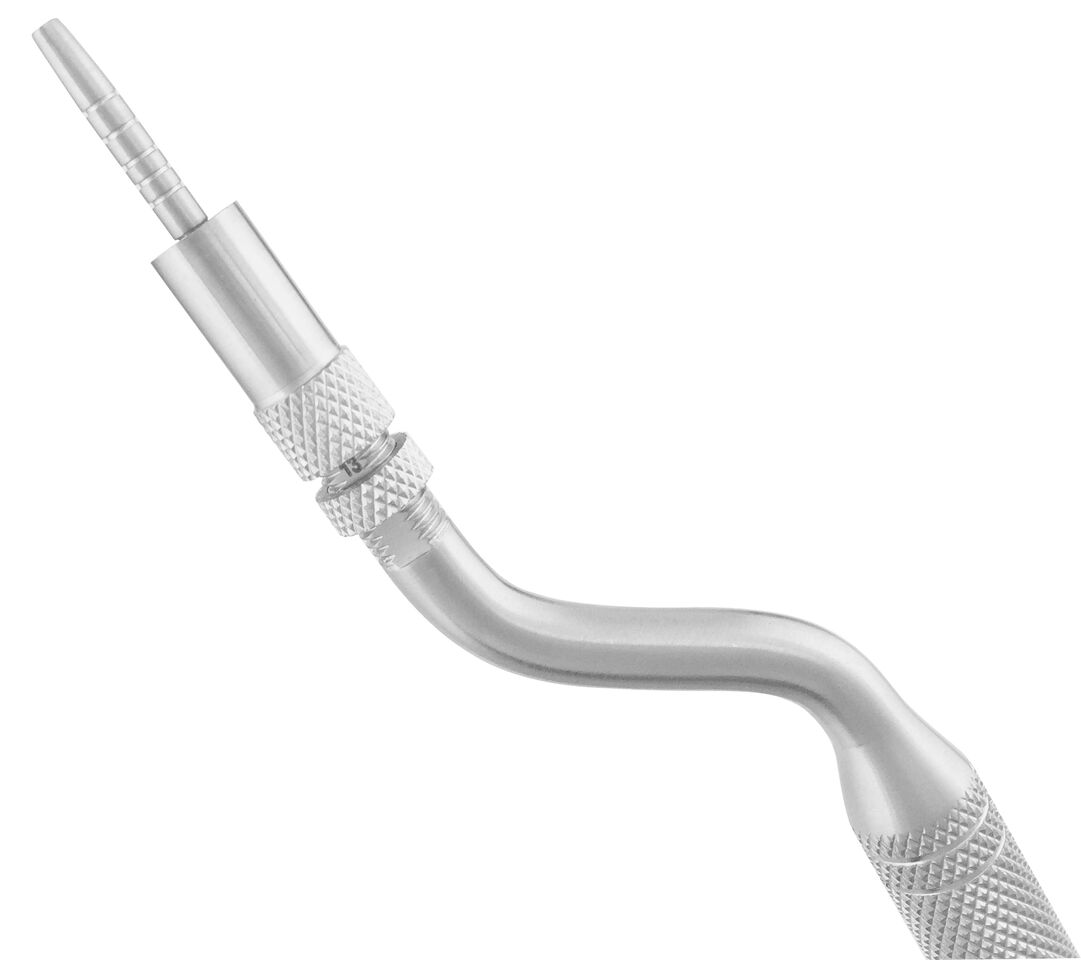 Implant Instruments
Implant Instruments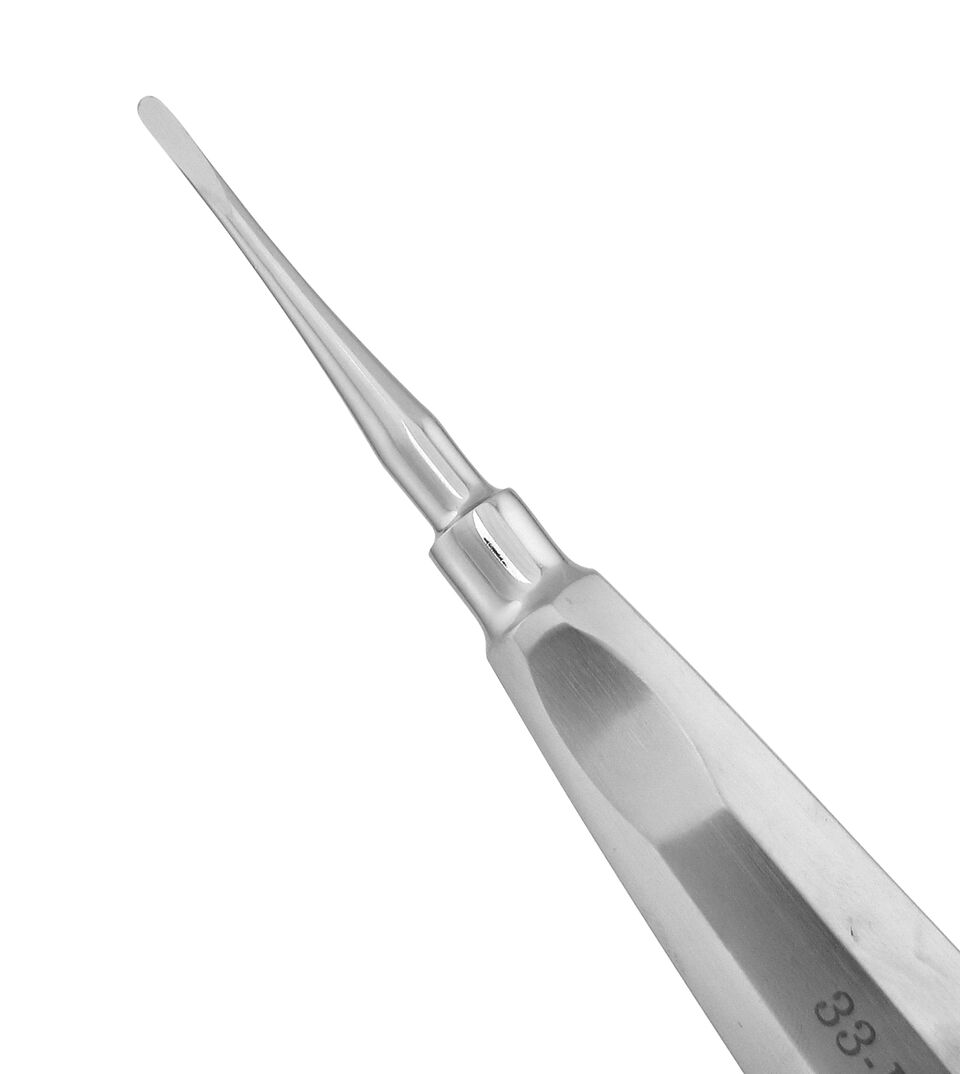 Luxating Elevators
Luxating Elevators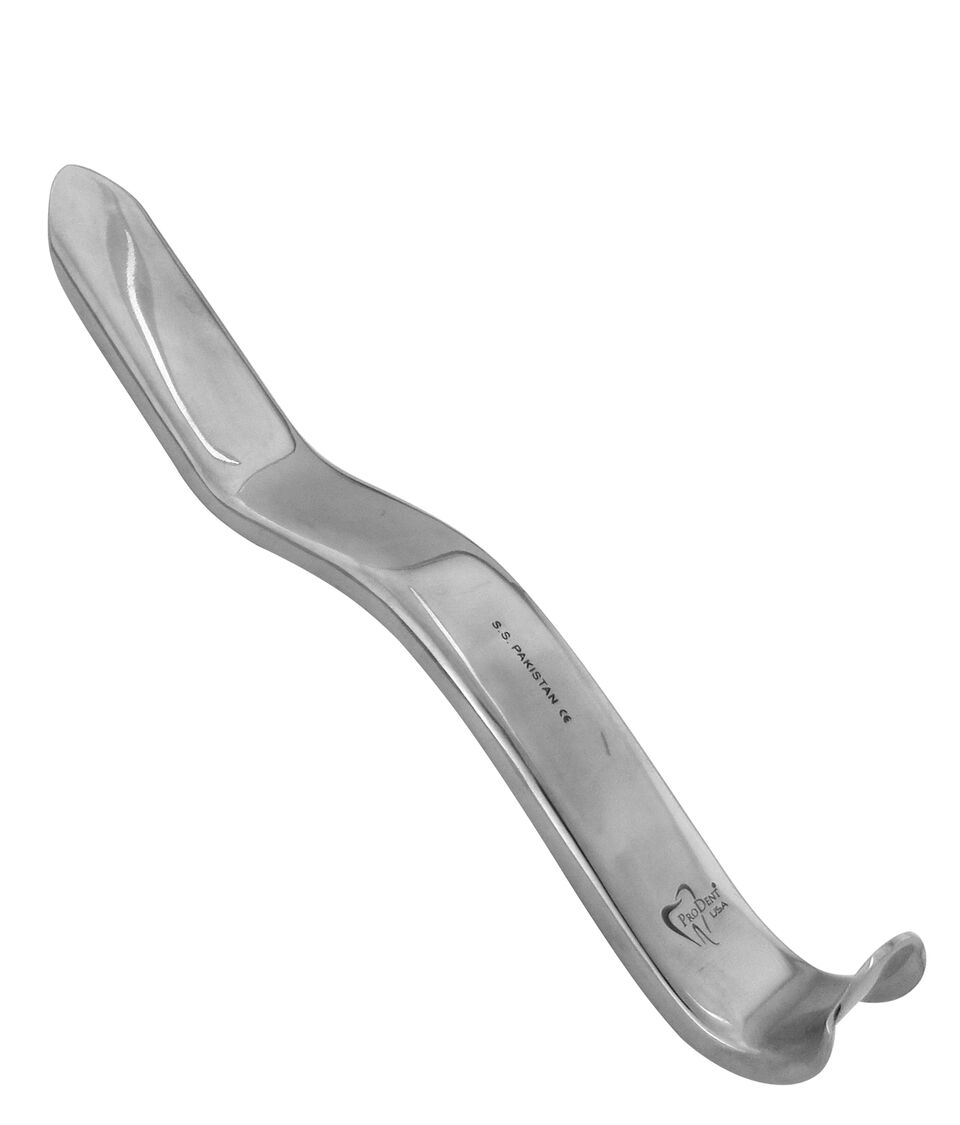 Mouth Gags & Retractors
Mouth Gags & Retractors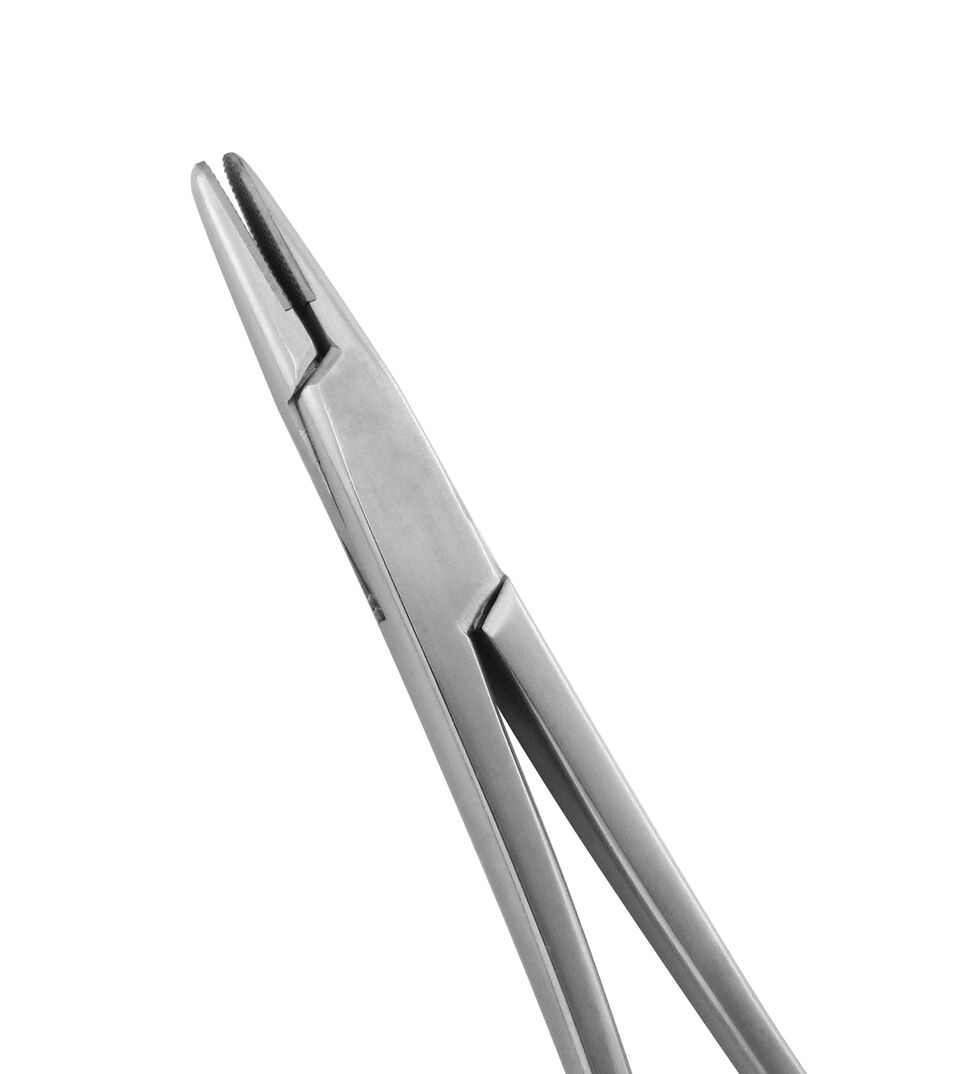 Needle Holders
Needle Holders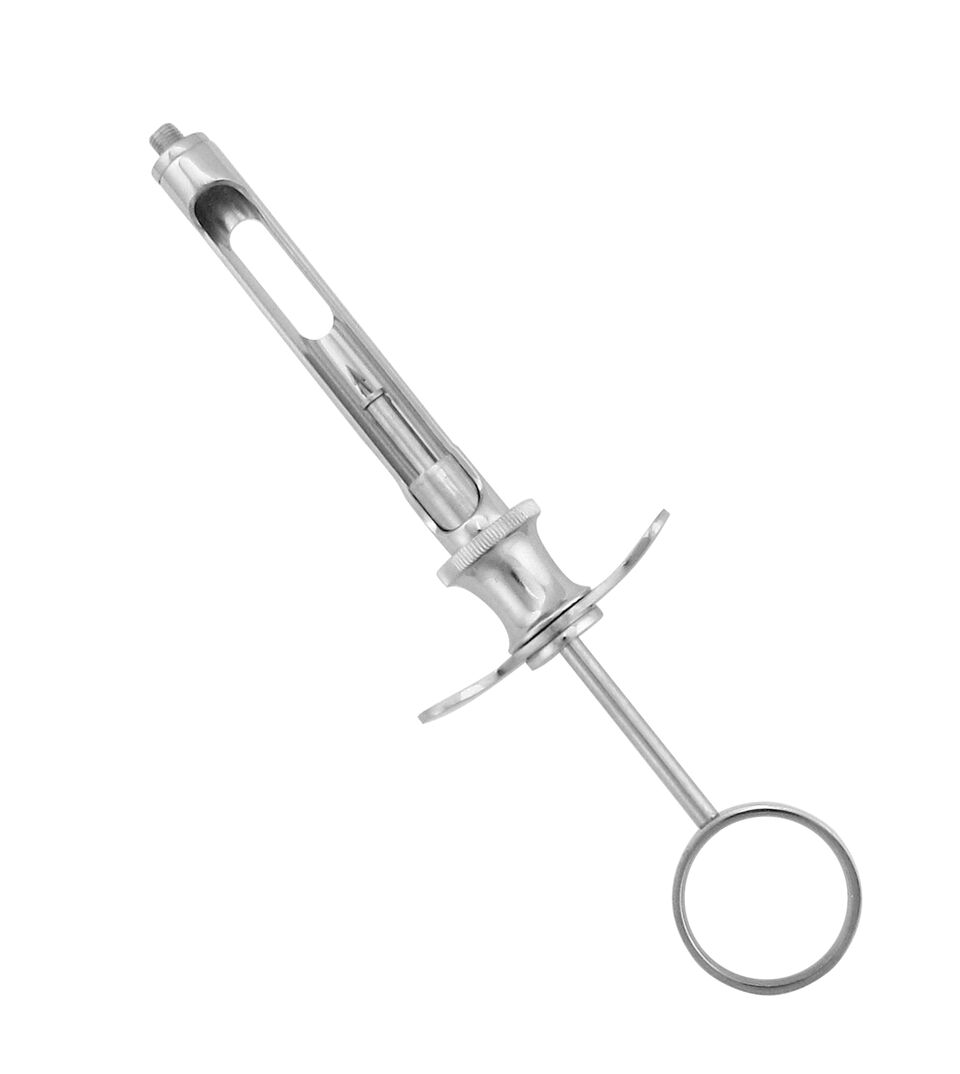 Oral Surgery Aspirating Syringes
Oral Surgery Aspirating Syringes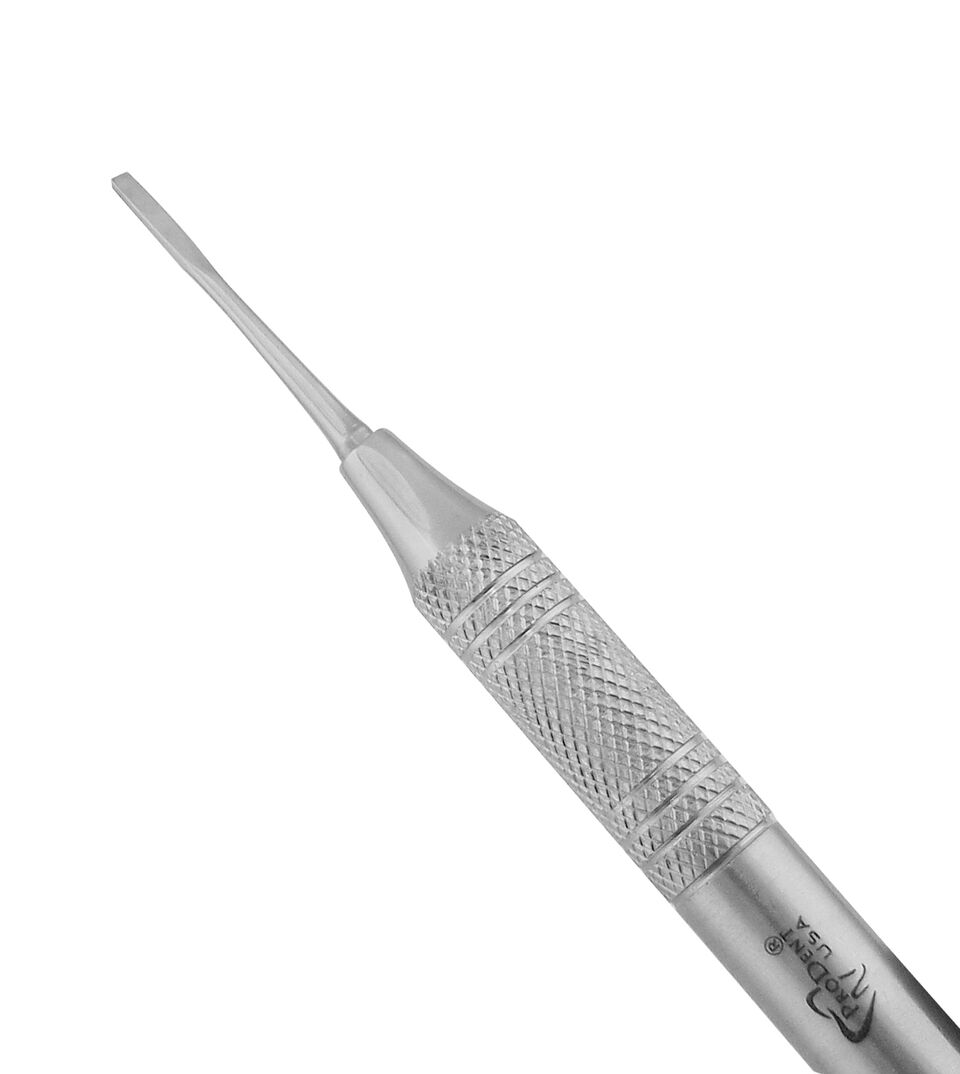 Periodontal Surgical Instruments
Periodontal Surgical Instruments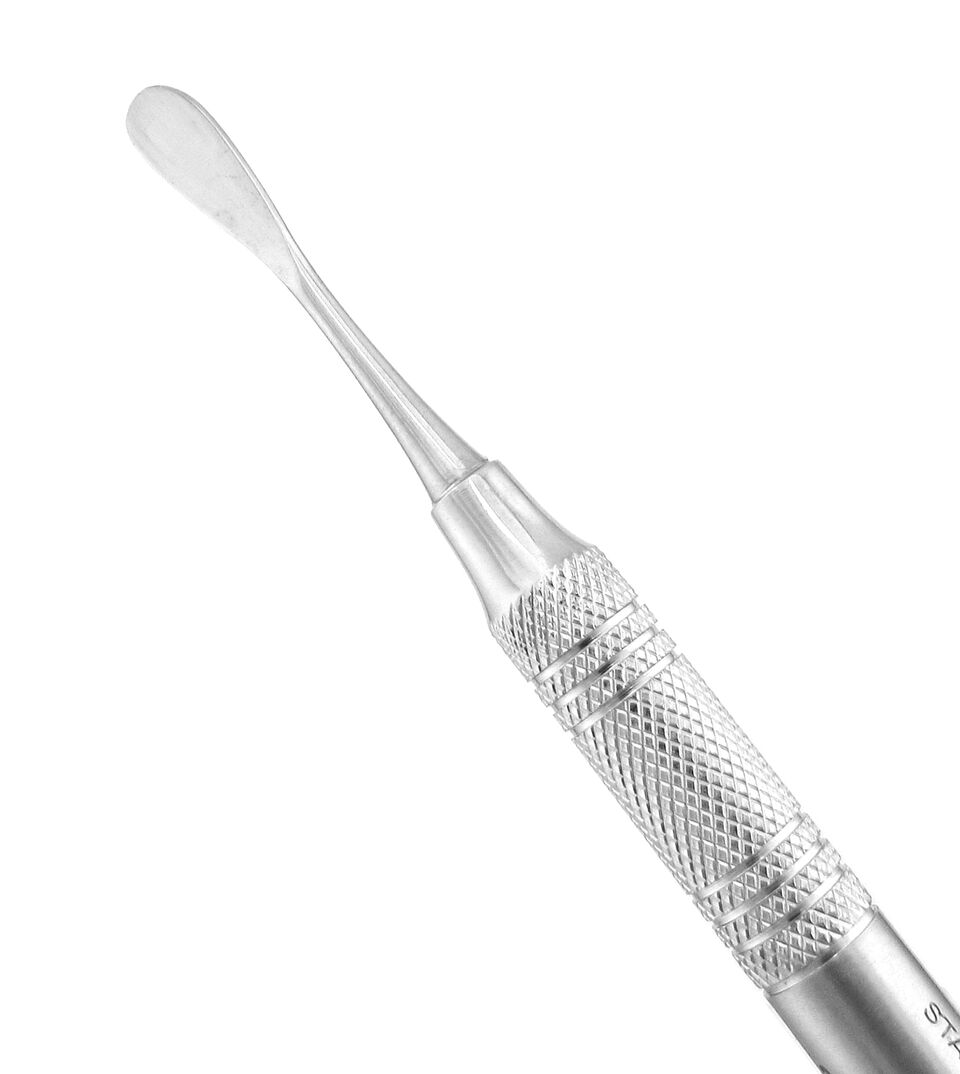 Periosteal Elevators
Periosteal Elevators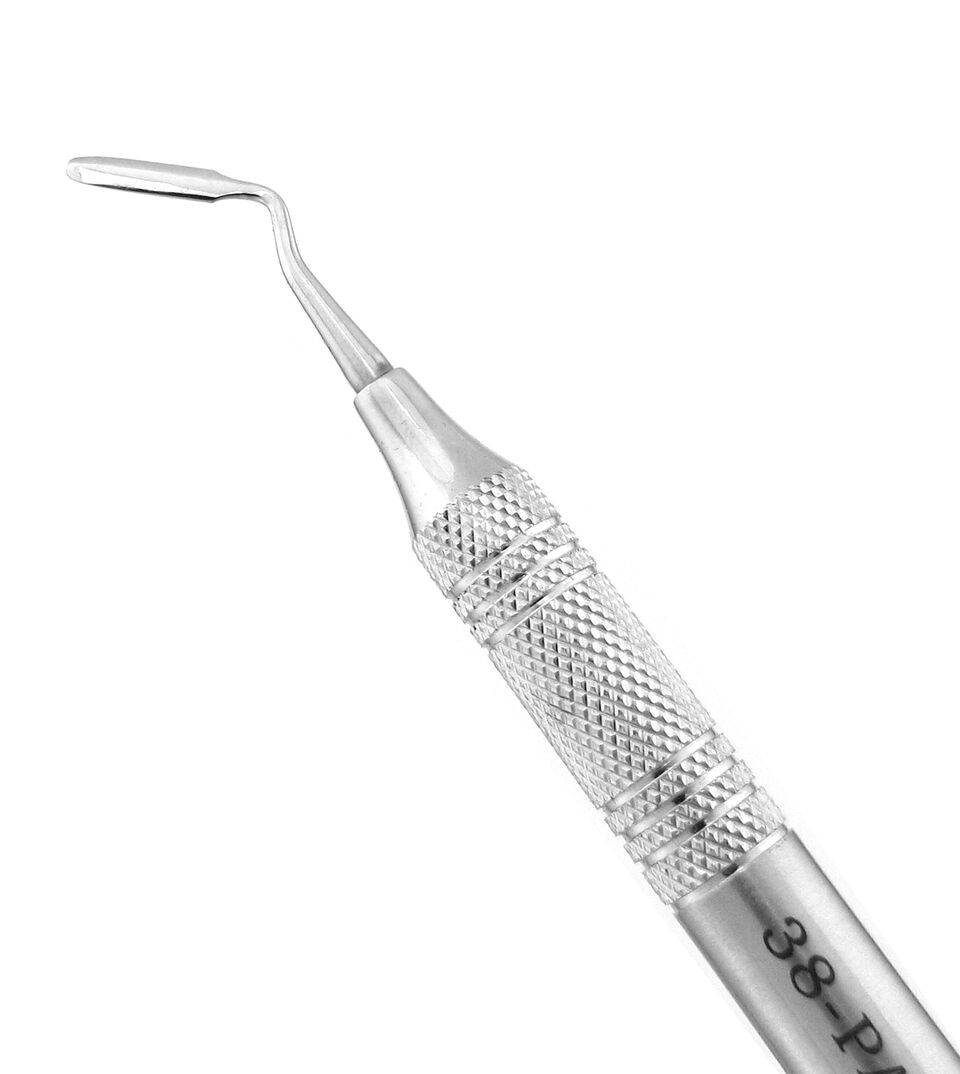 Periotomes
Periotomes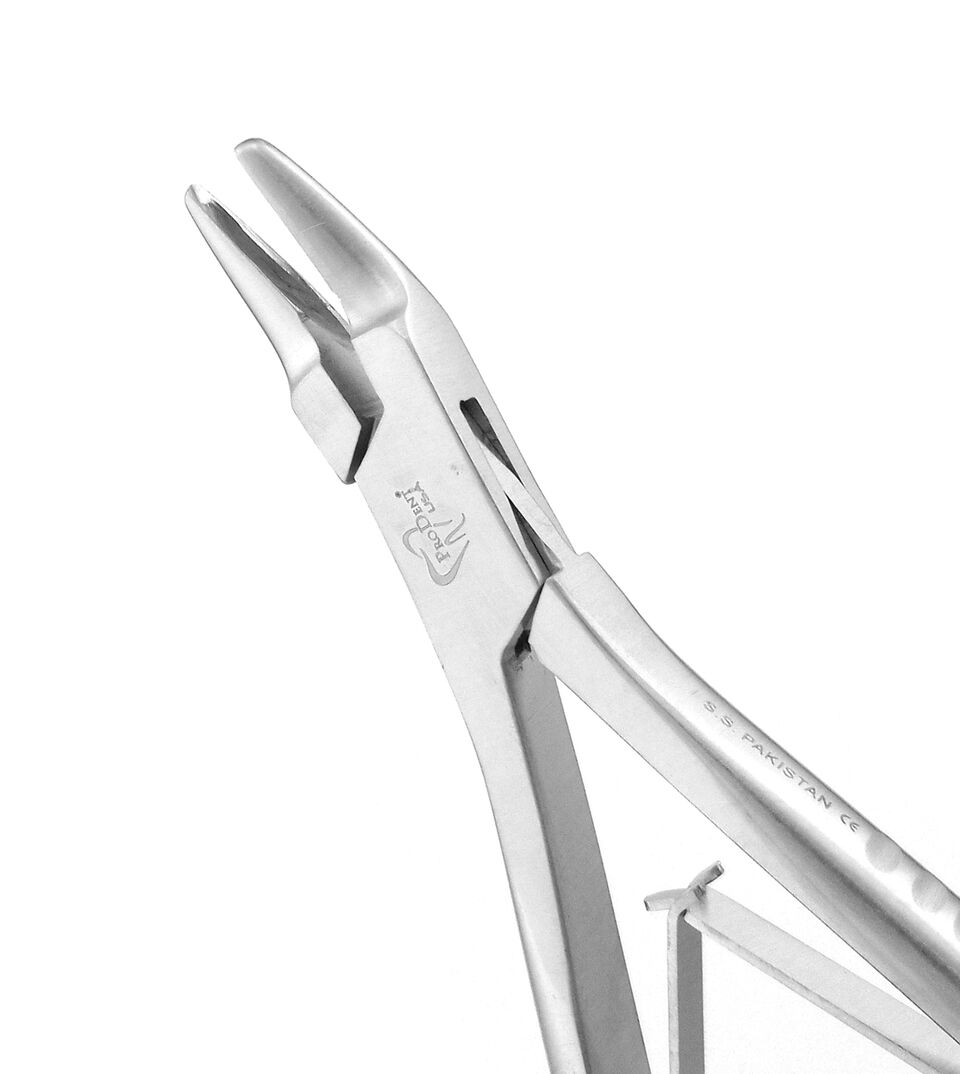 Rongeurs
Rongeurs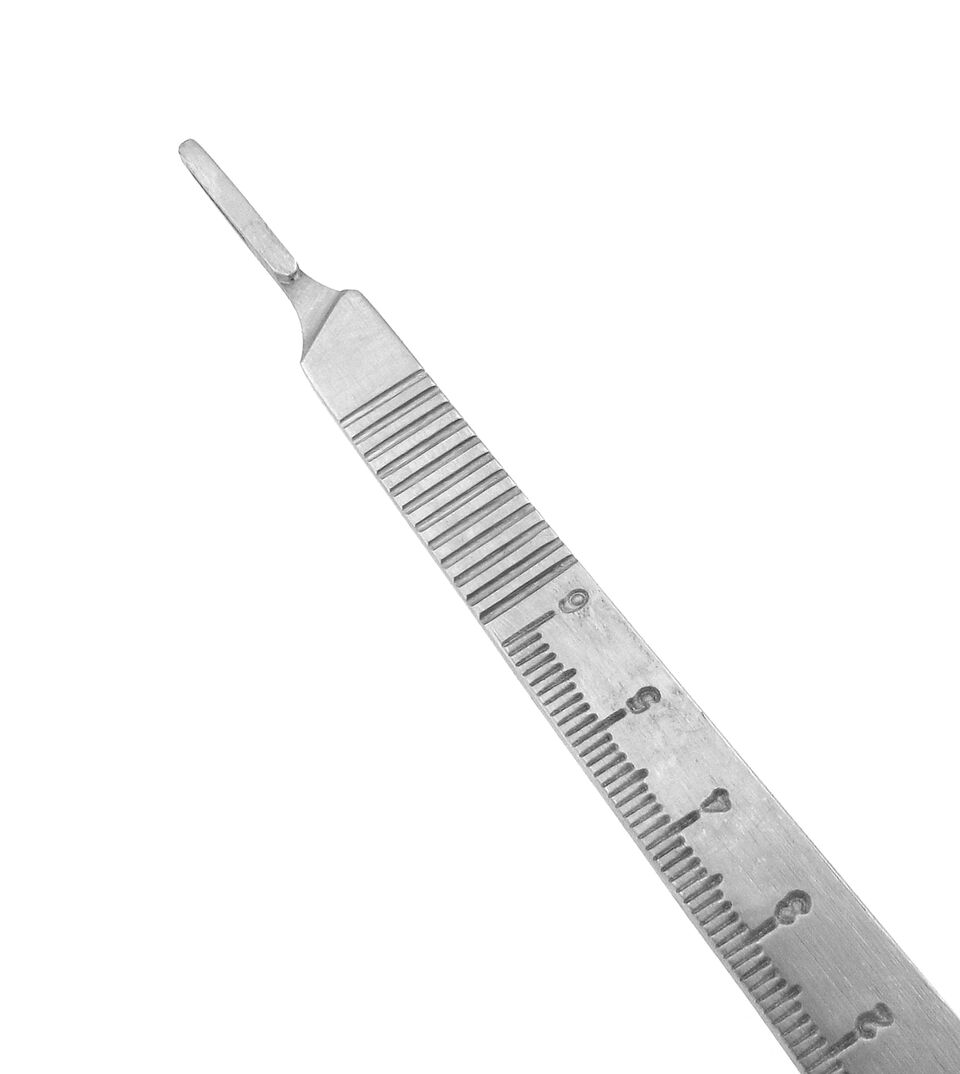 Scalpel Handles
Scalpel Handles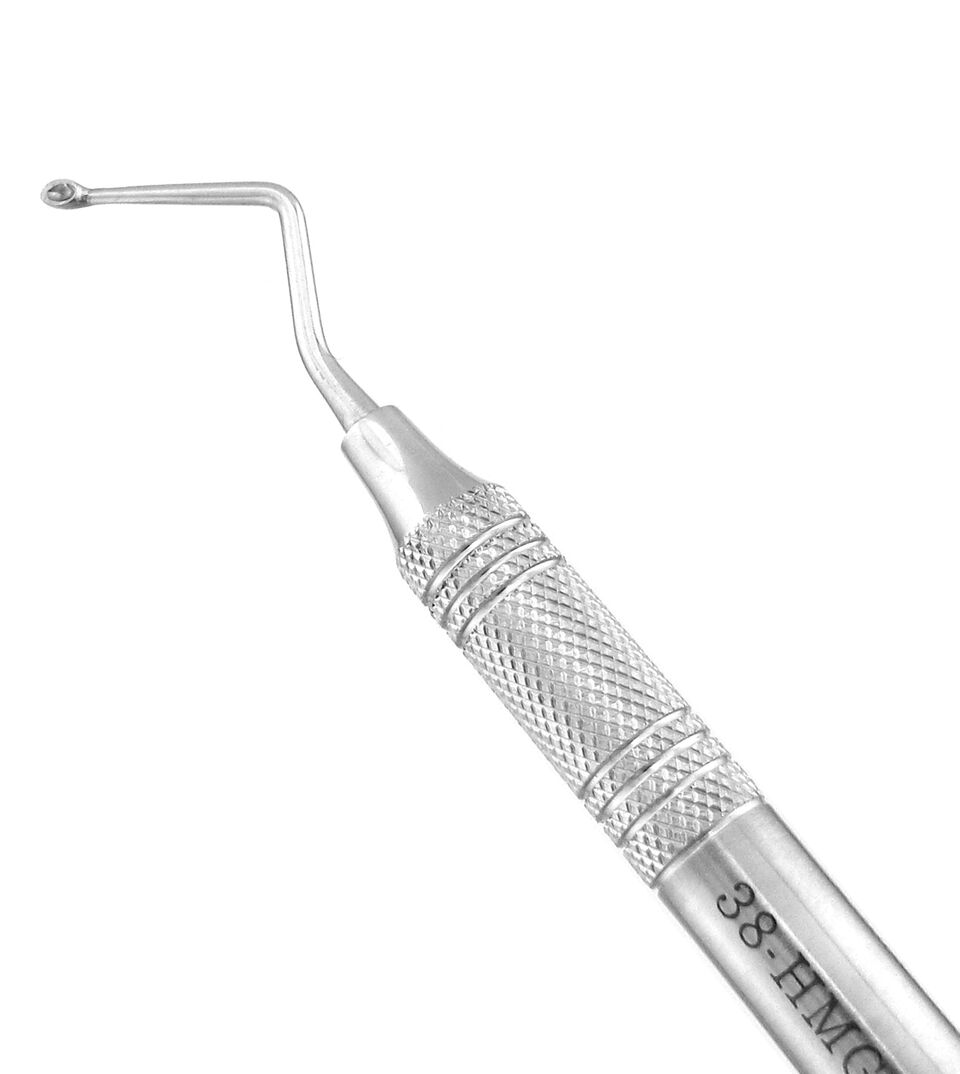 Surgical Curettes
Surgical Curettes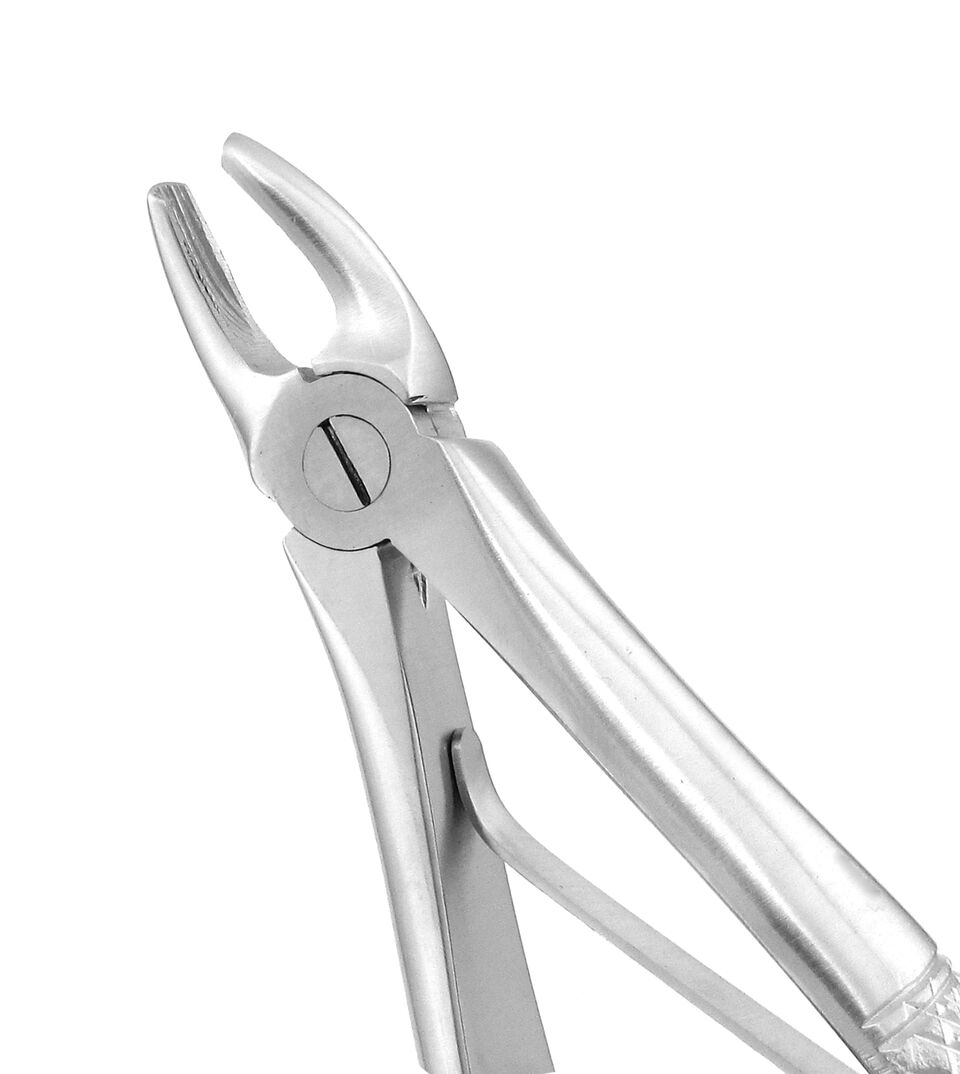 Surgical Pediatric Forceps
Surgical Pediatric Forceps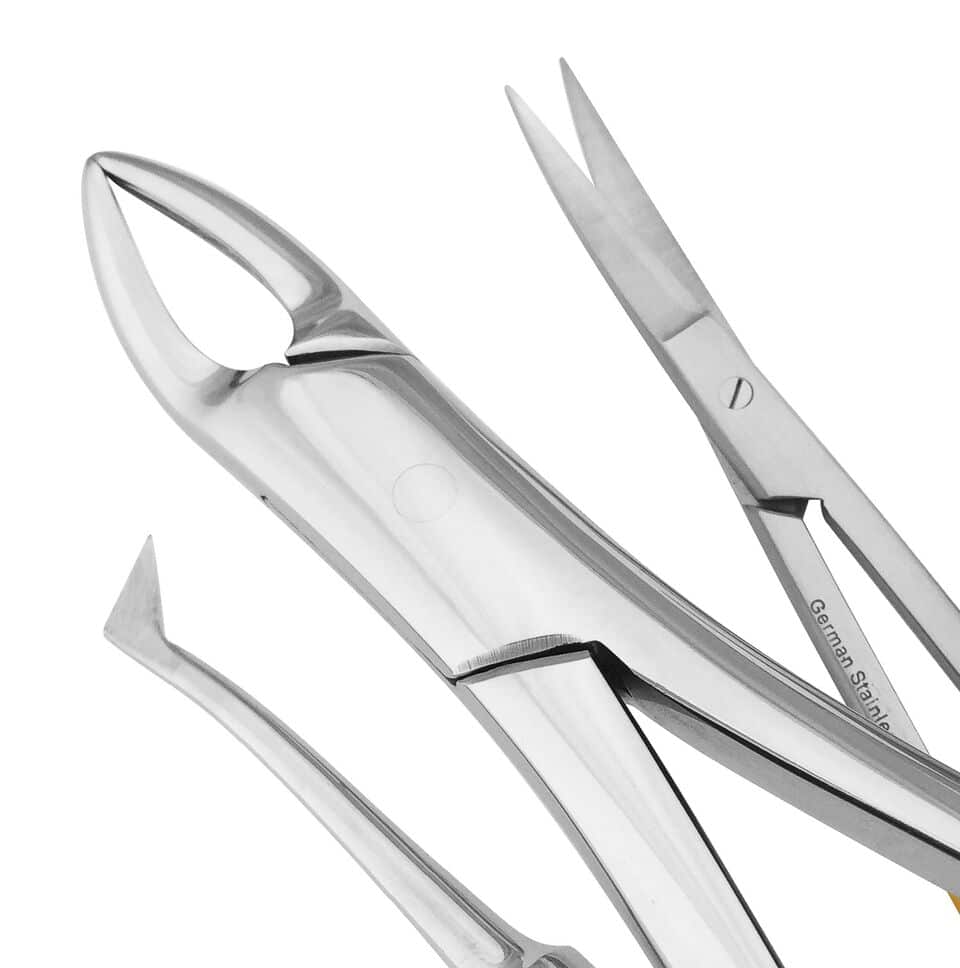 Surgical Sets
Surgical Sets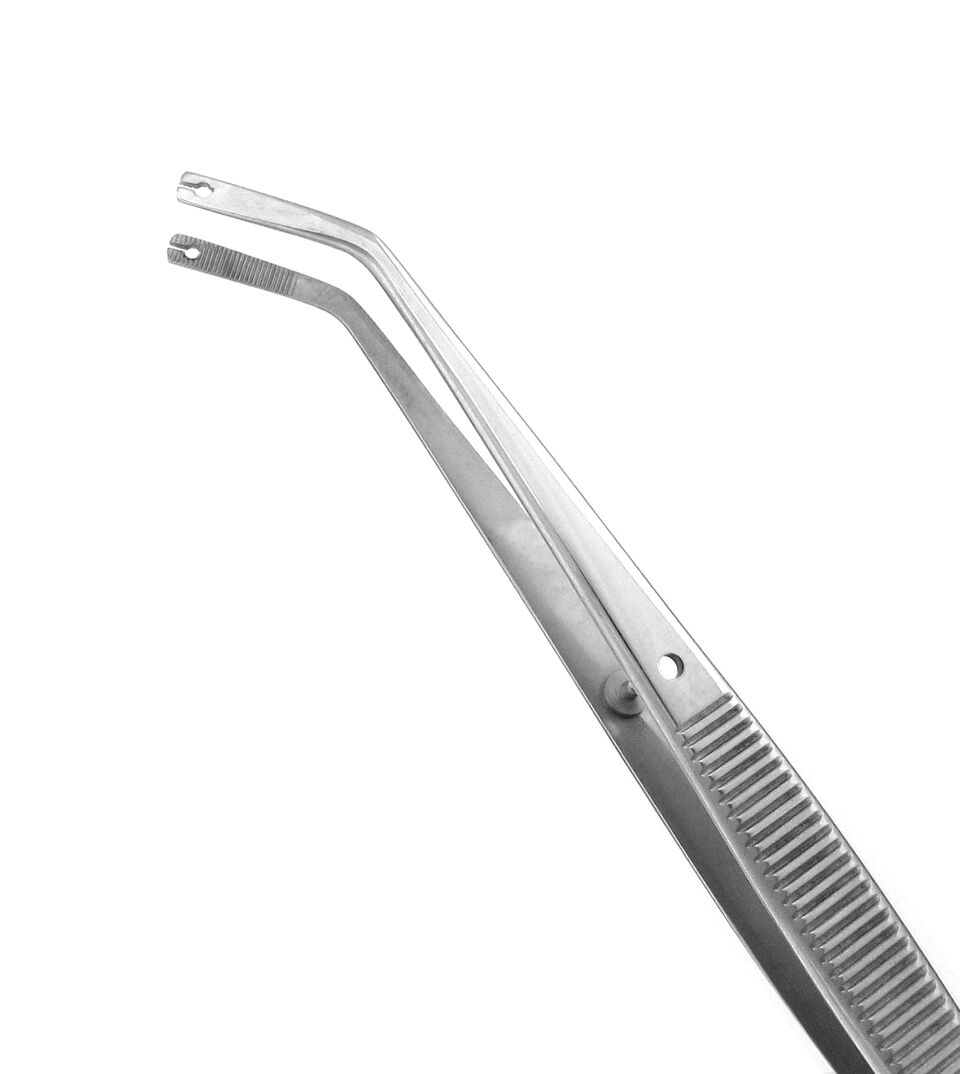 Suture Forceps
Suture Forceps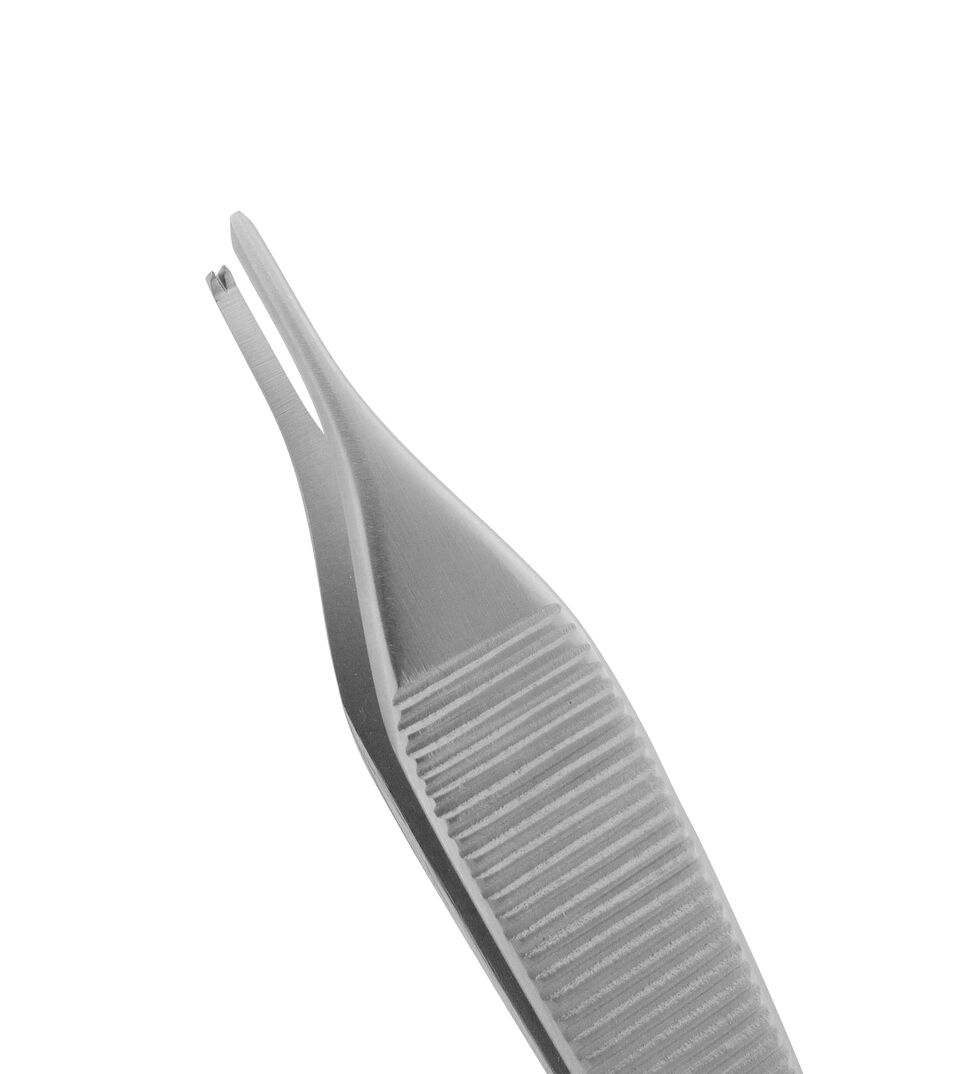 Tissue & Dressing Forceps
Tissue & Dressing Forceps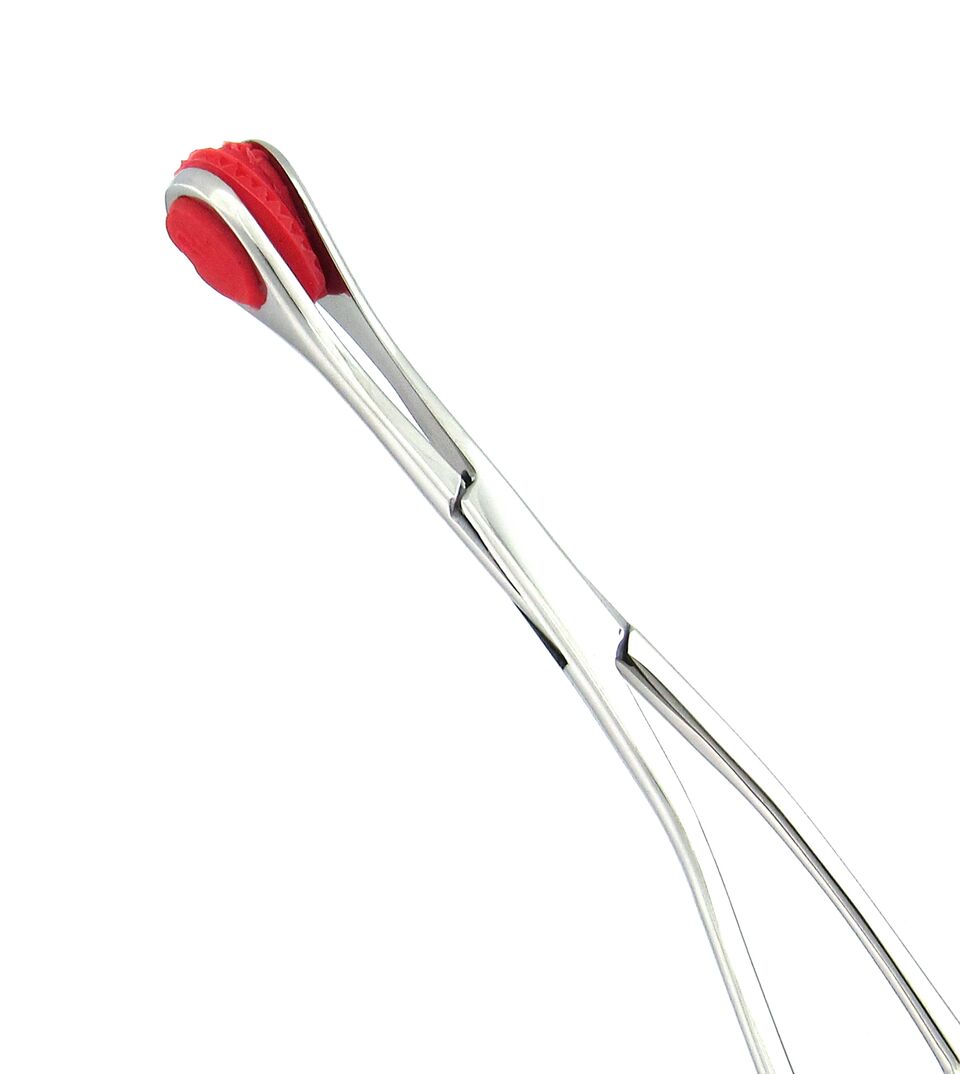 Utility Forceps
Utility Forceps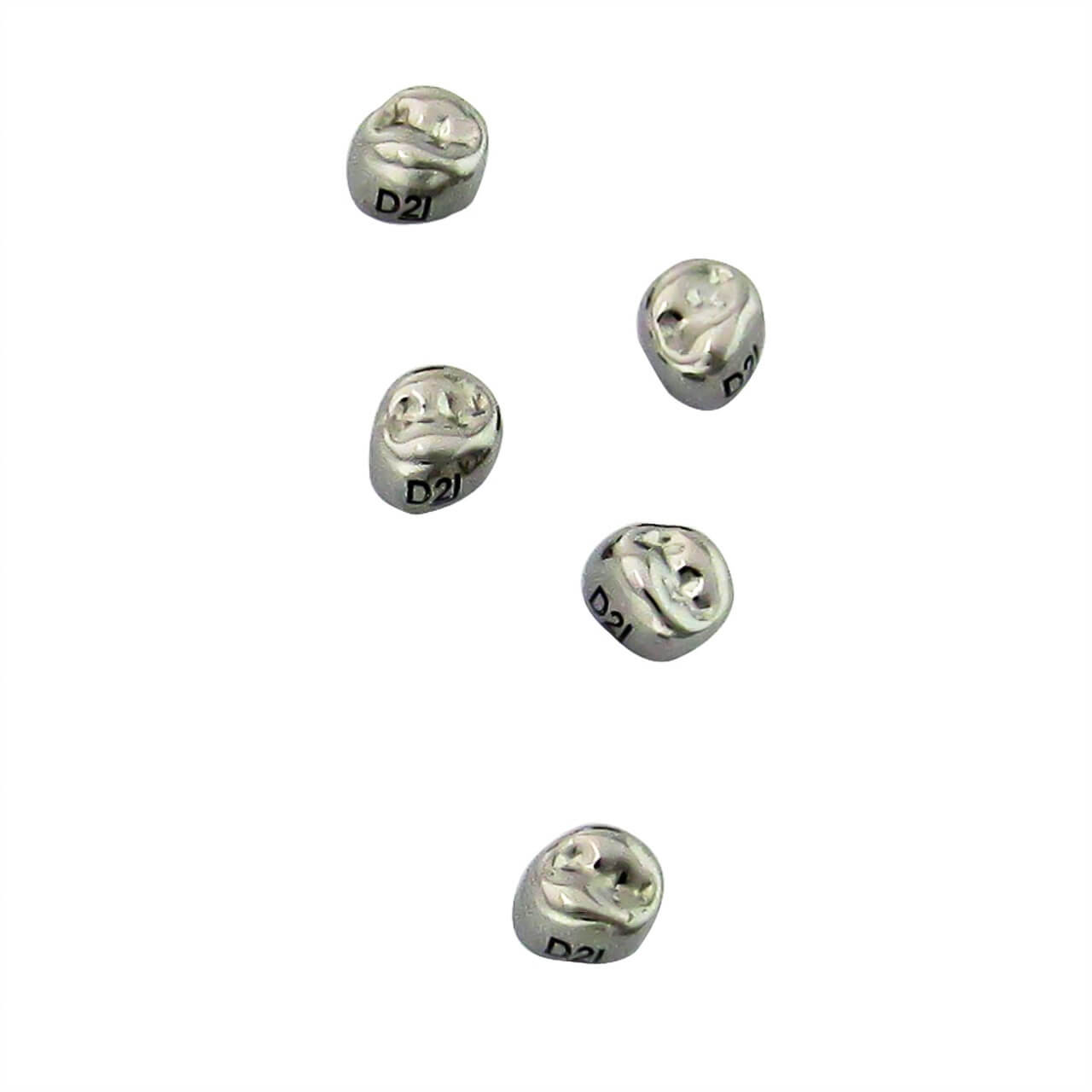 Stainless Steel Crowns
Stainless Steel Crowns Personal Protective Equipment
Personal Protective Equipment